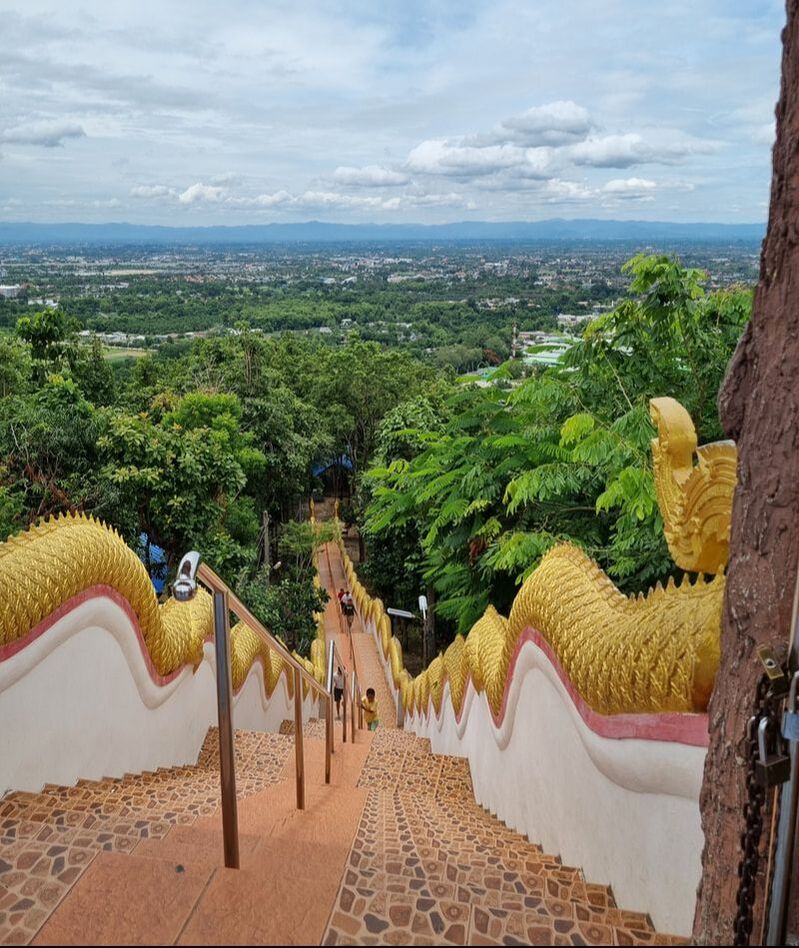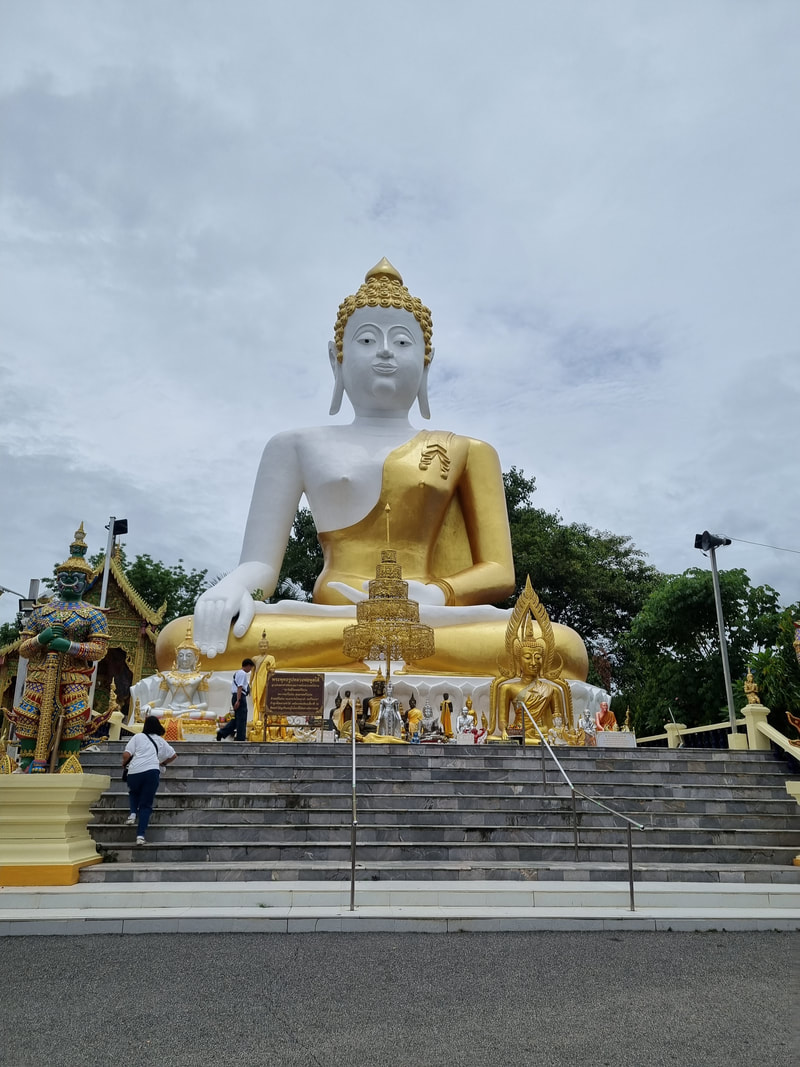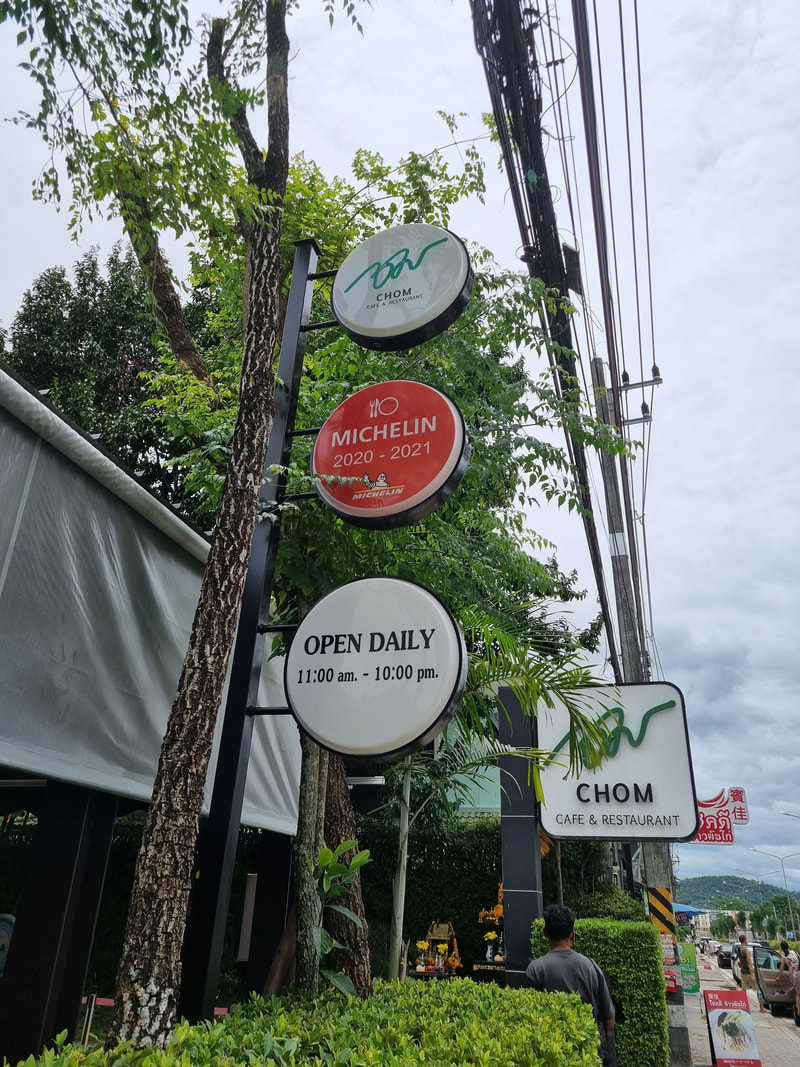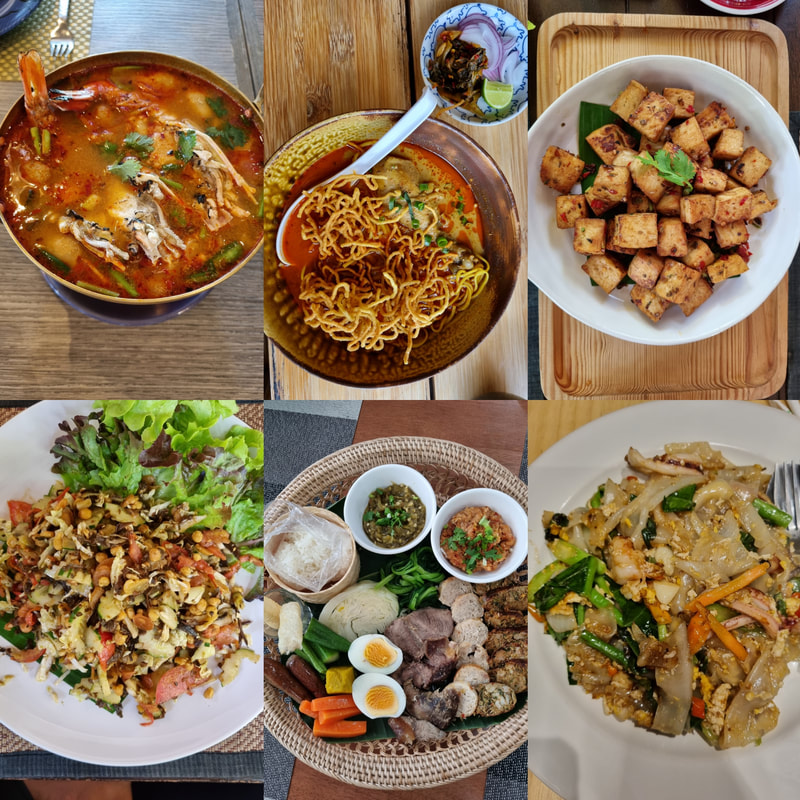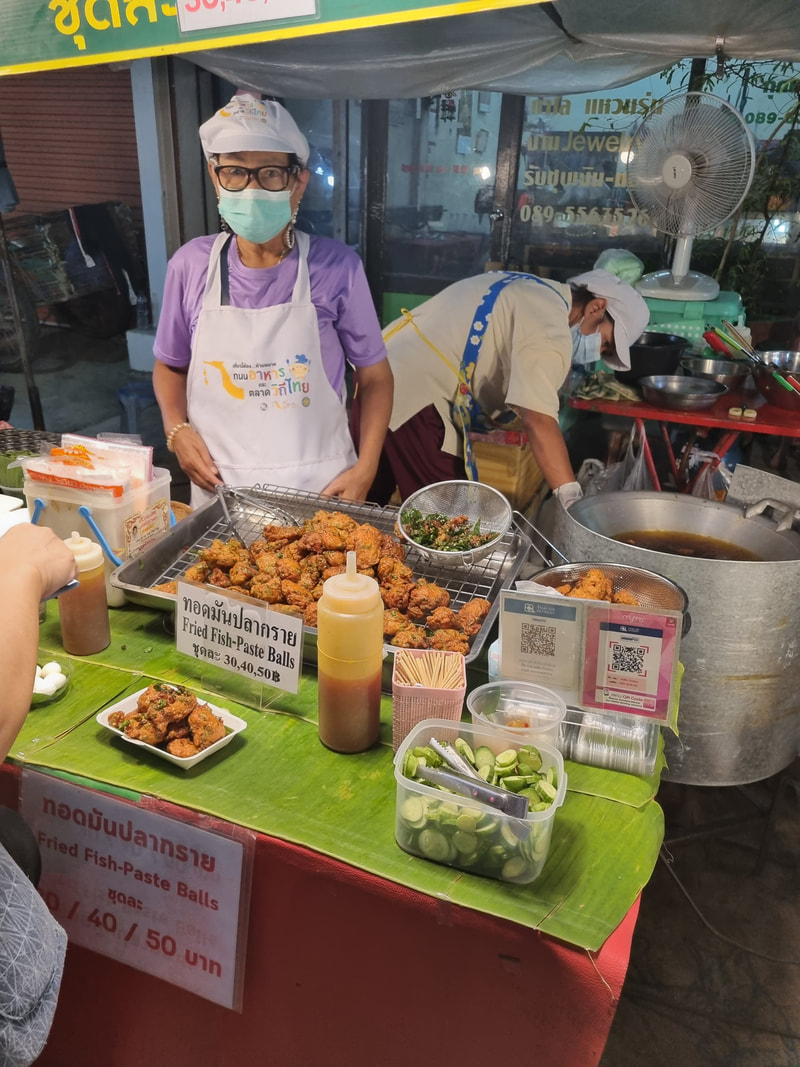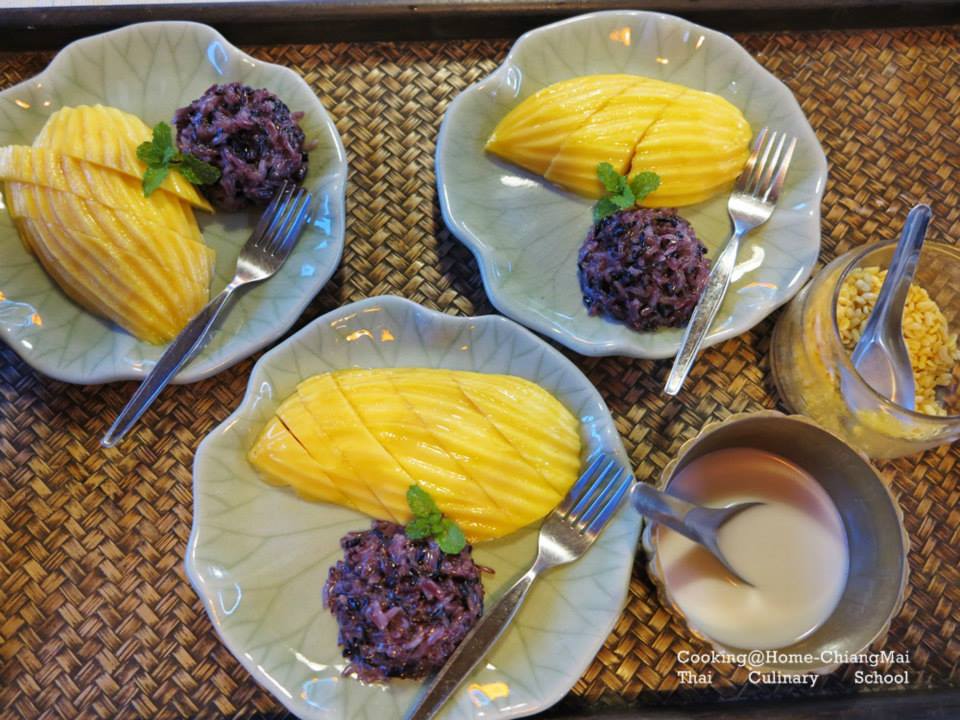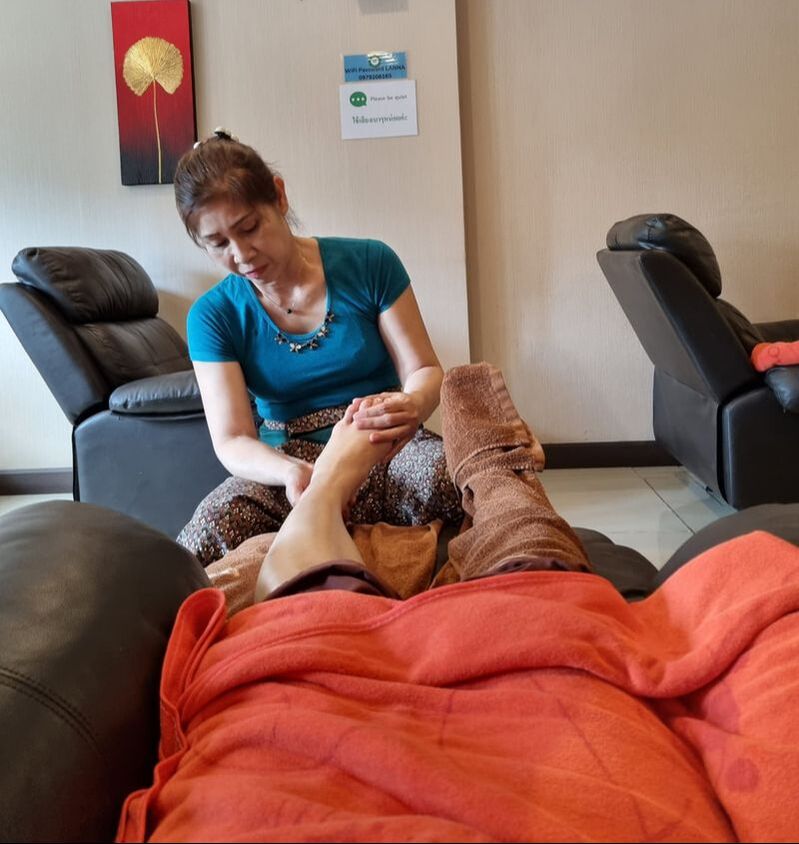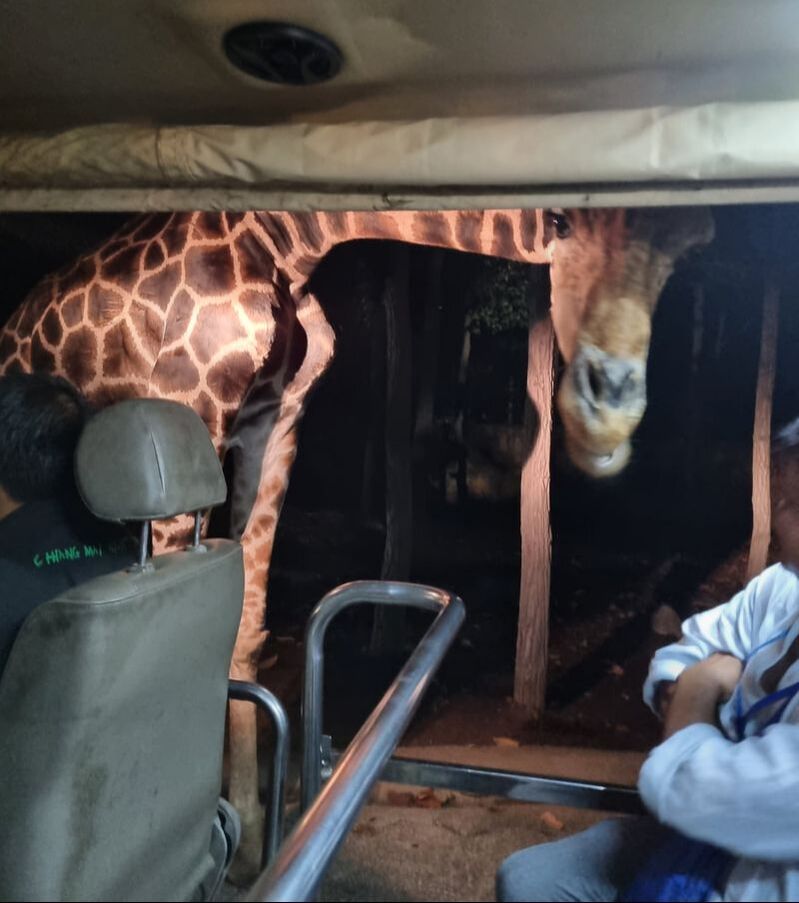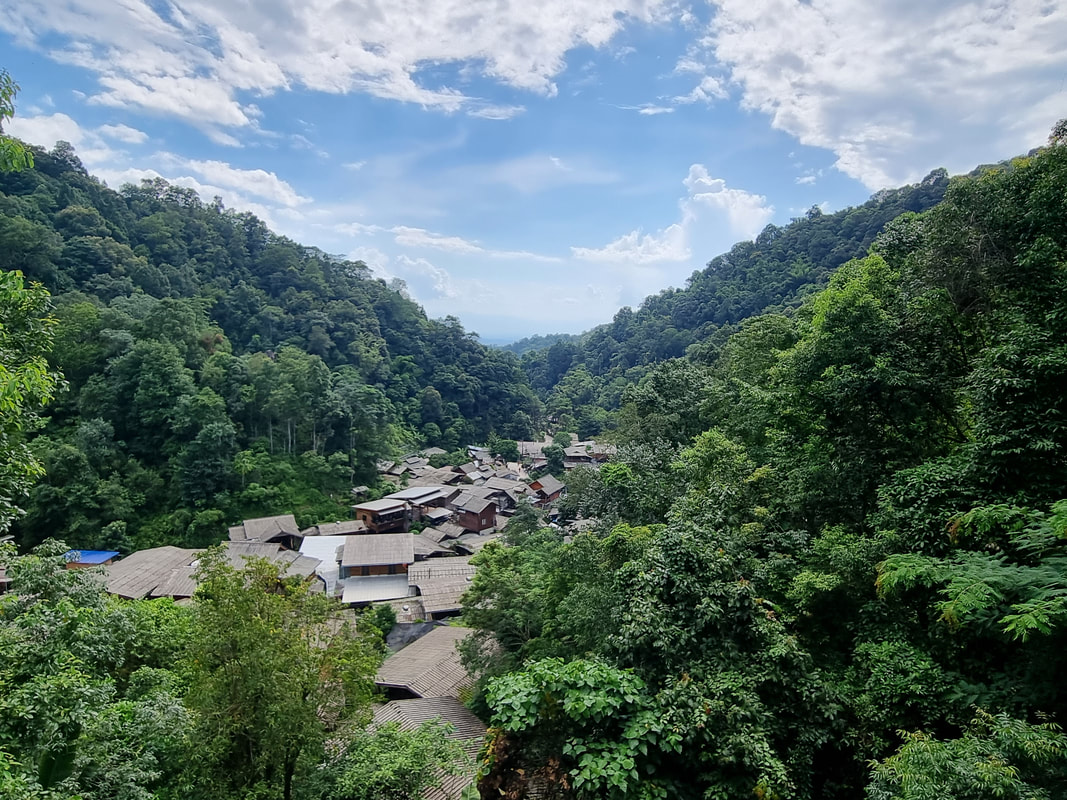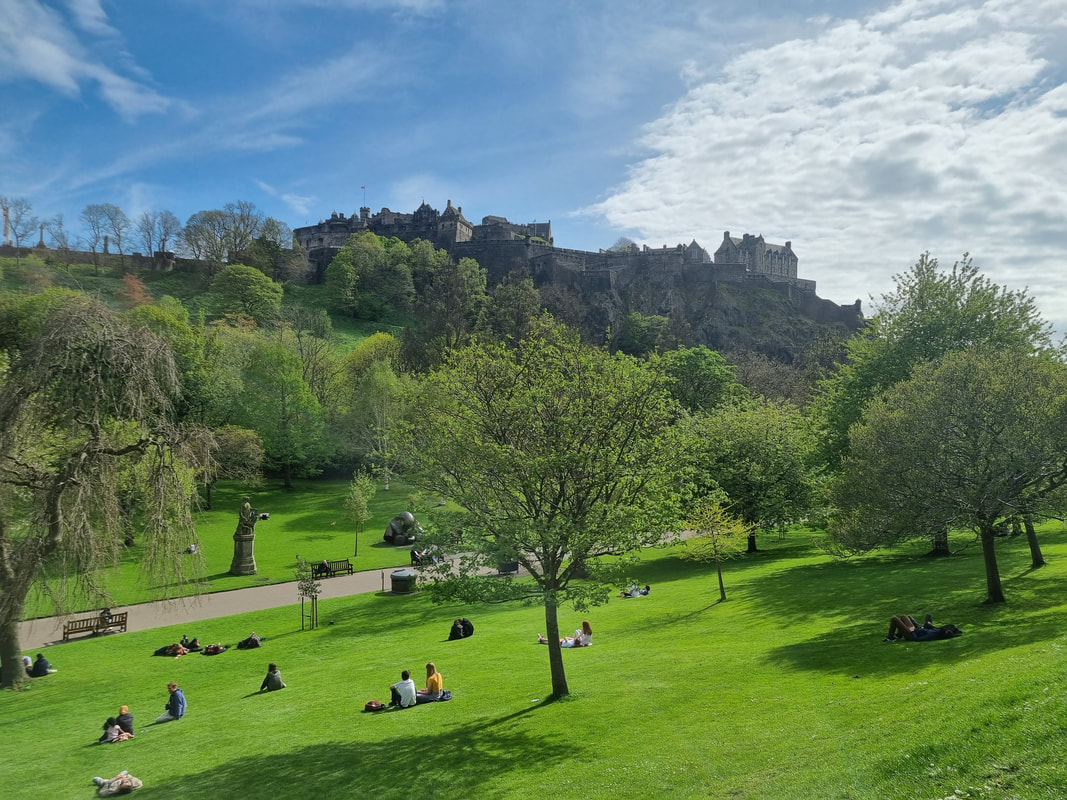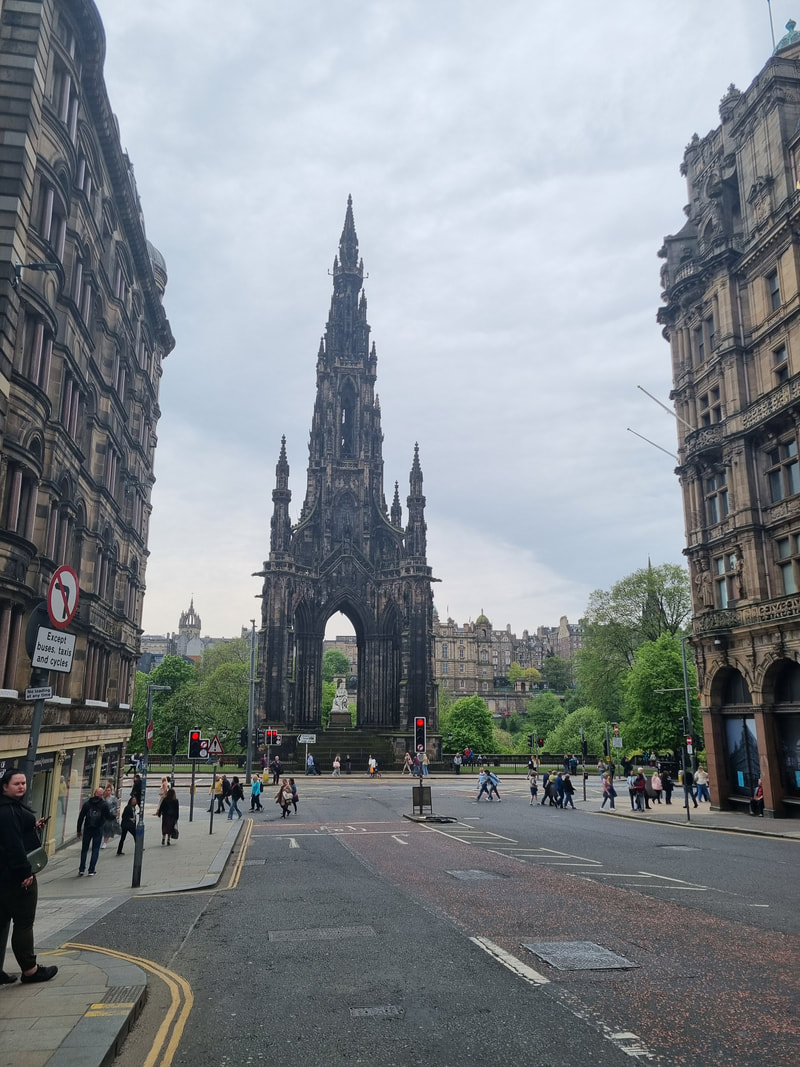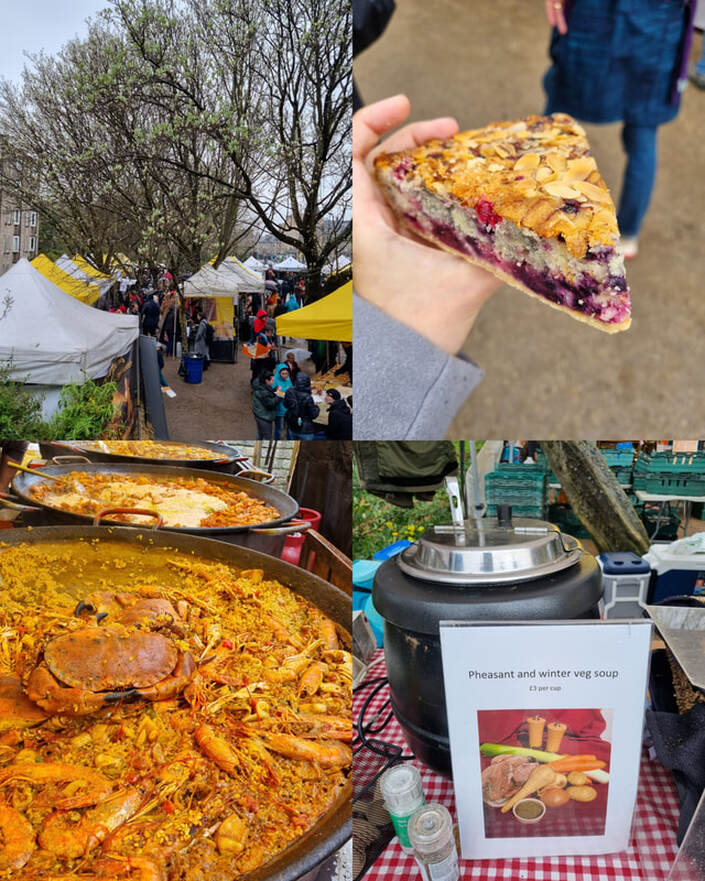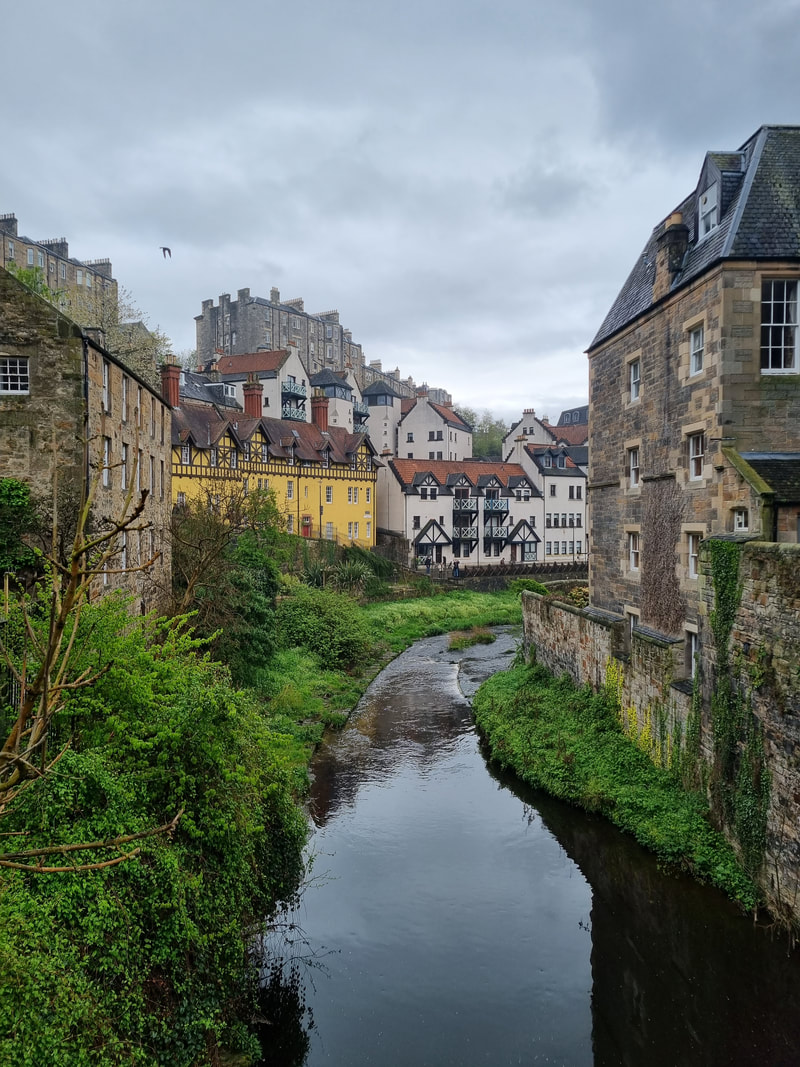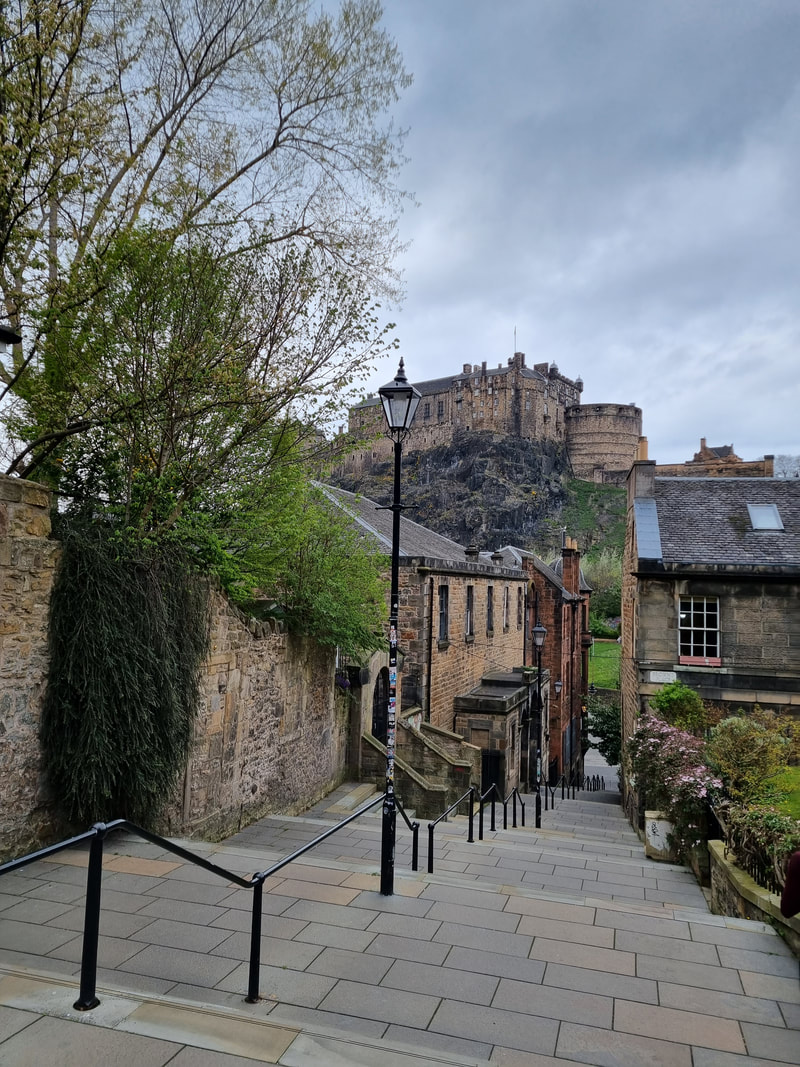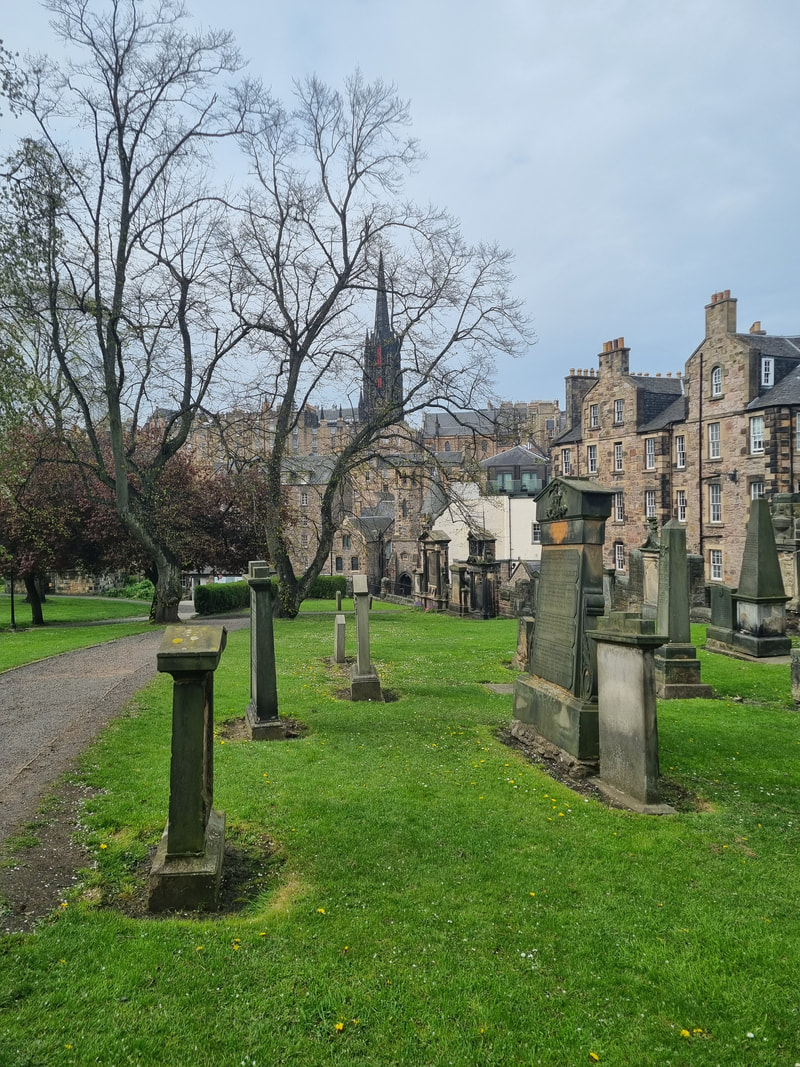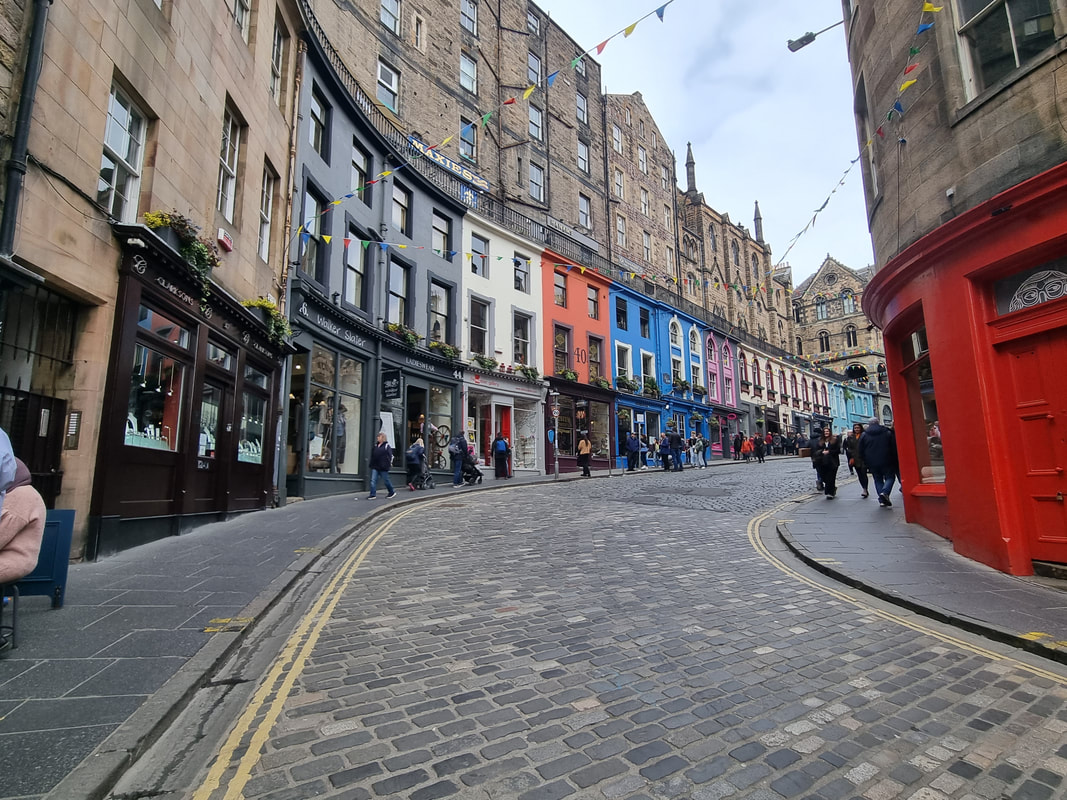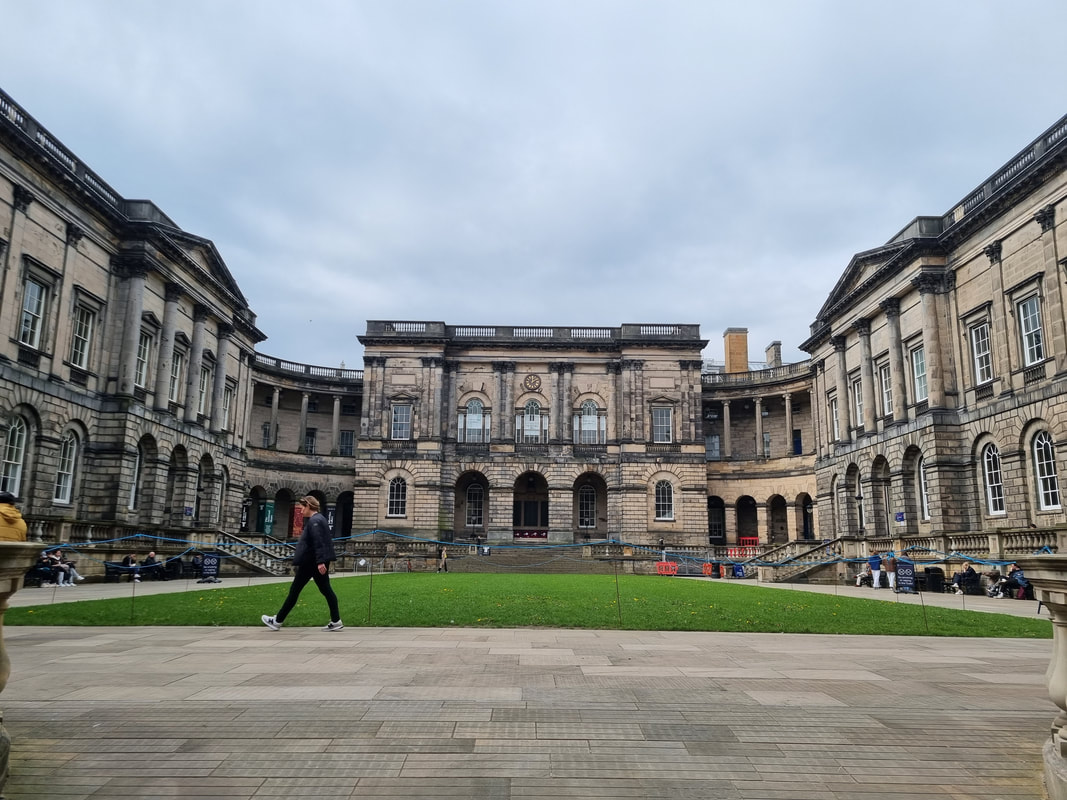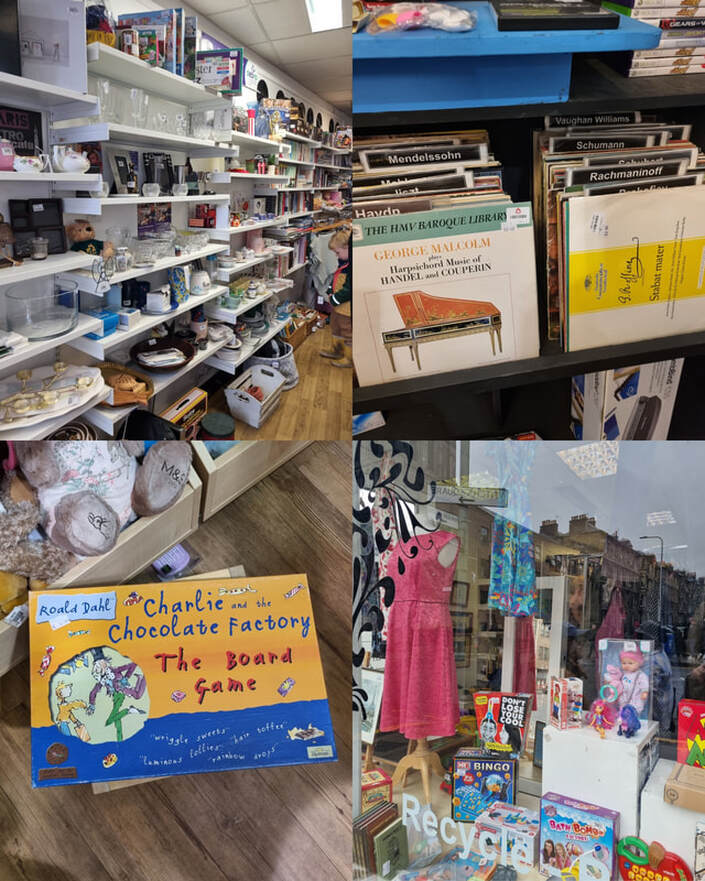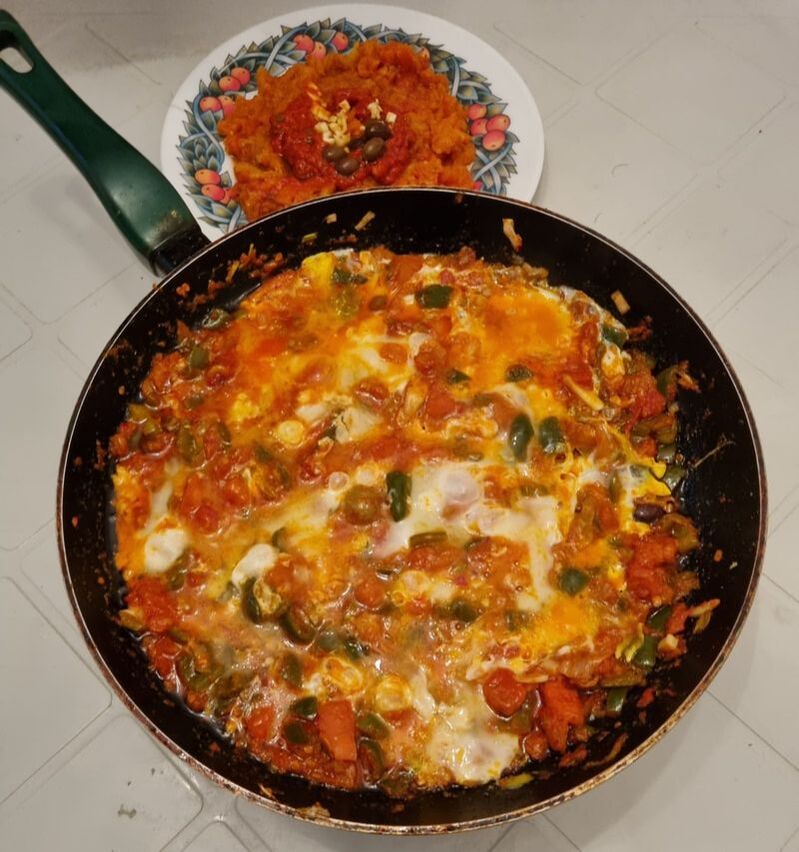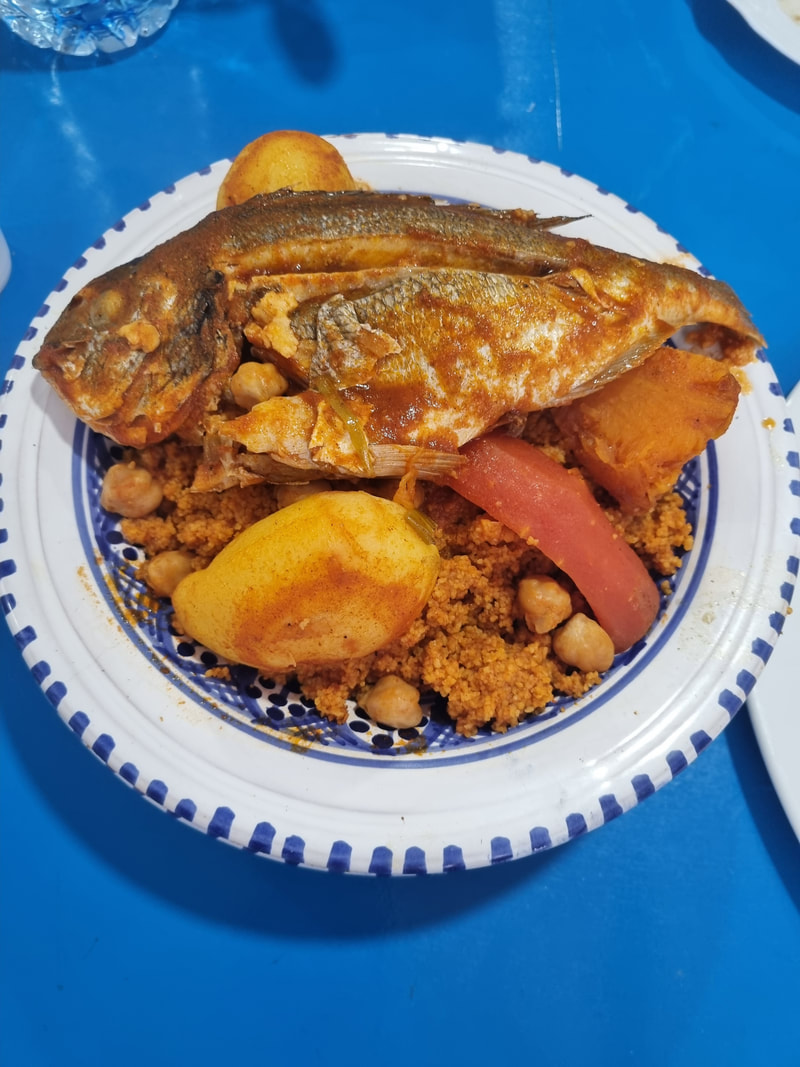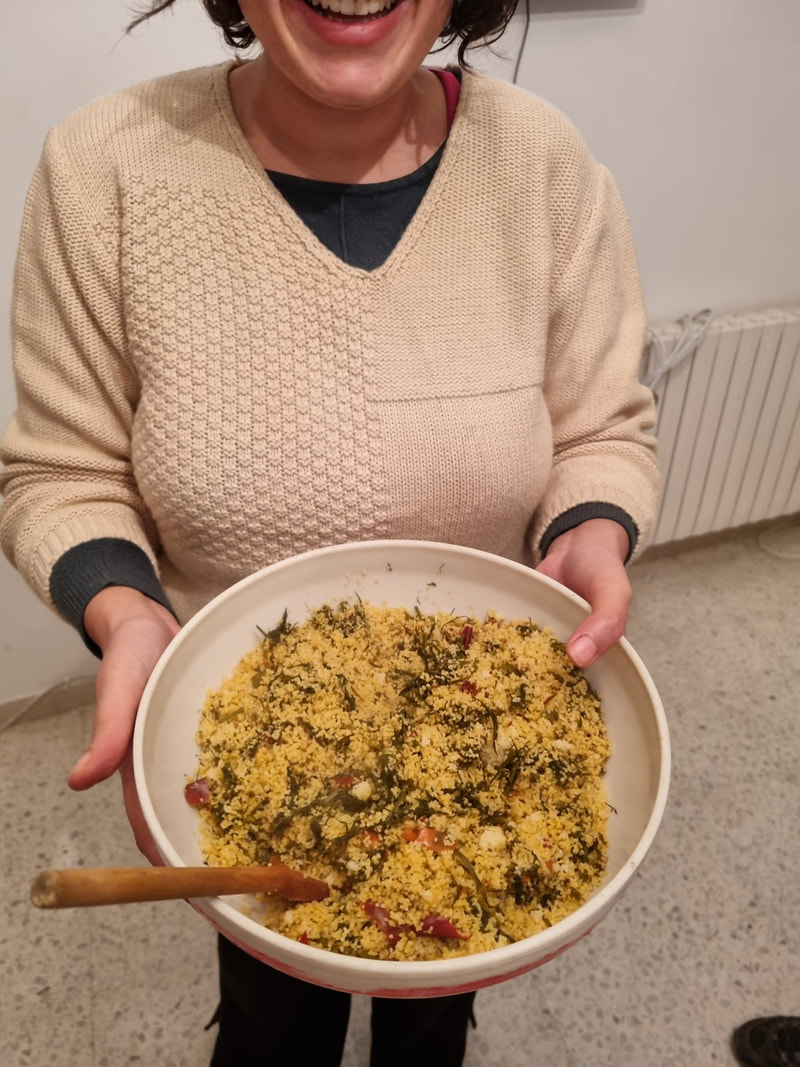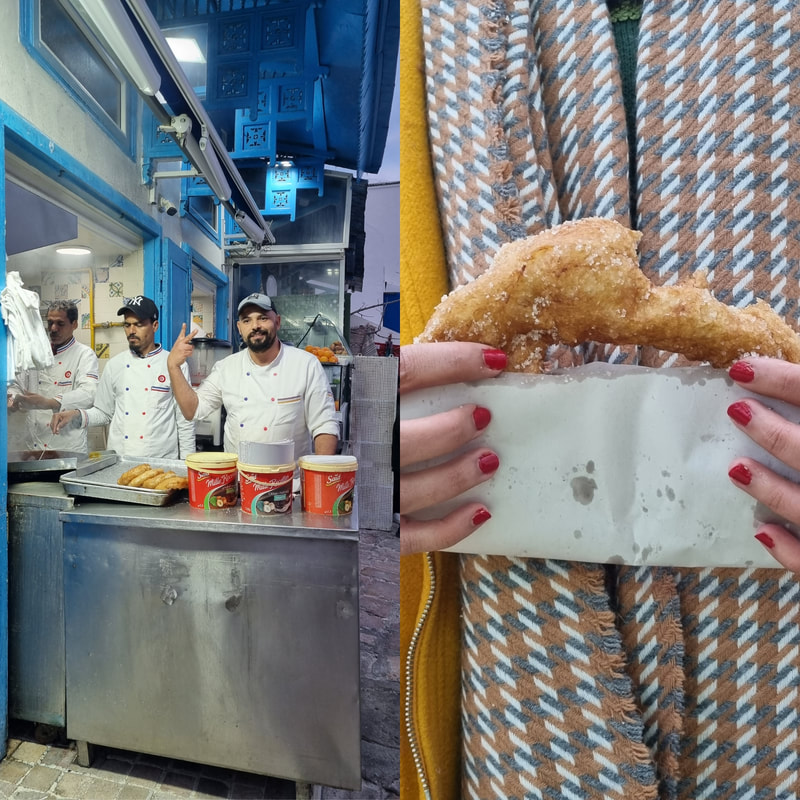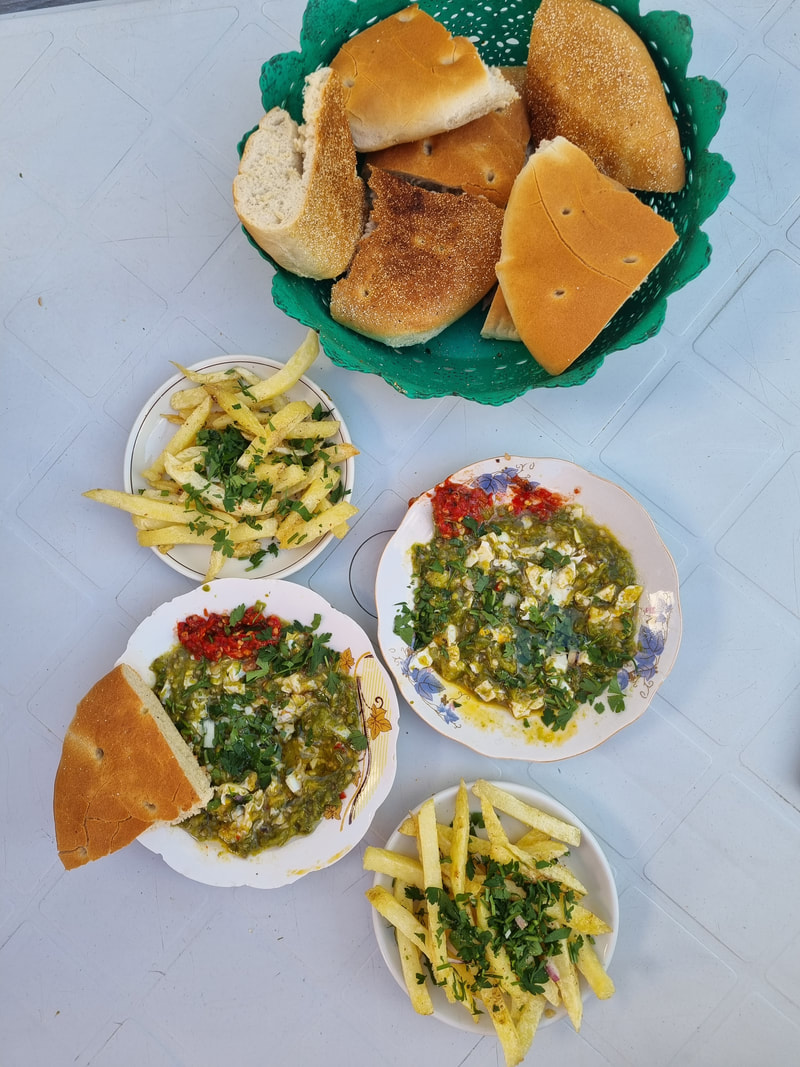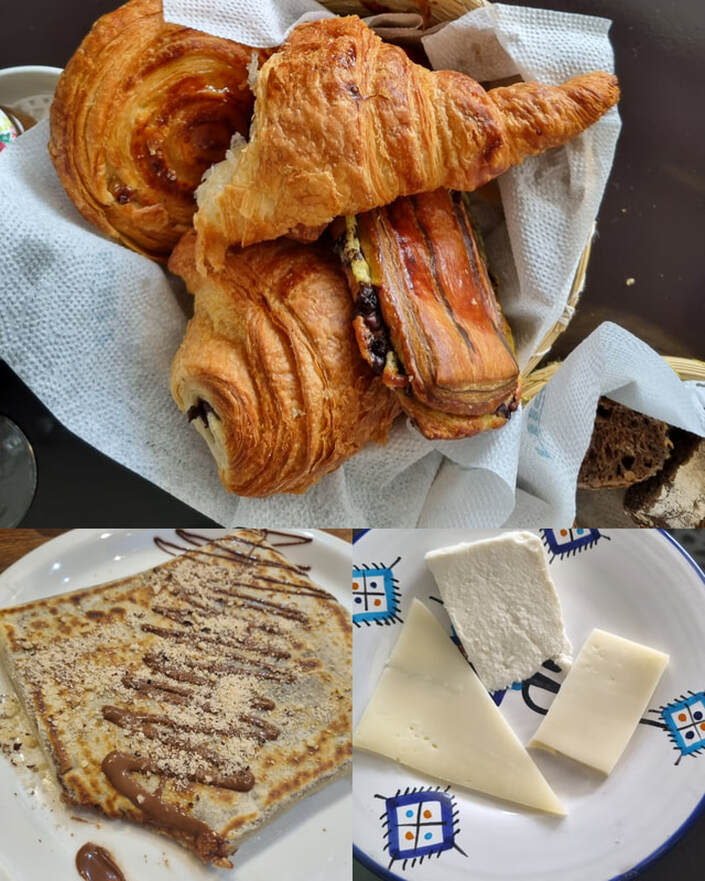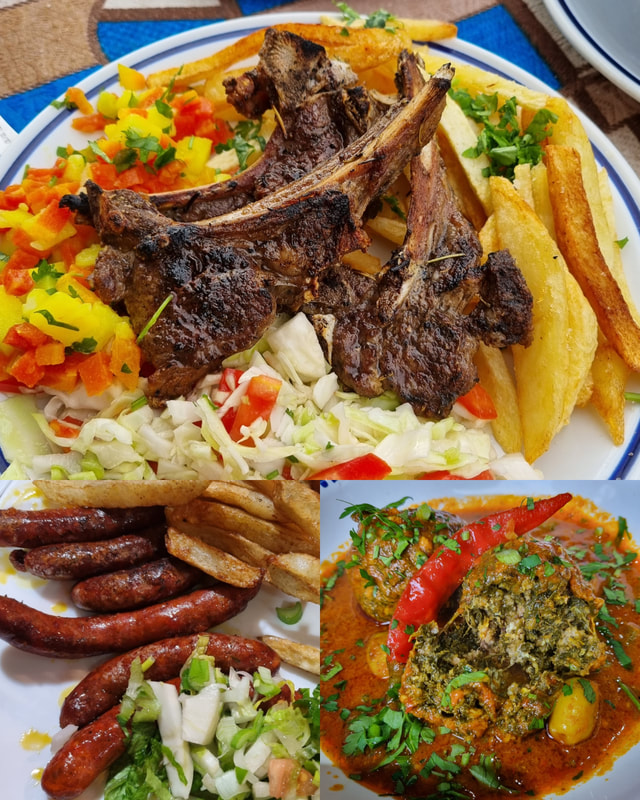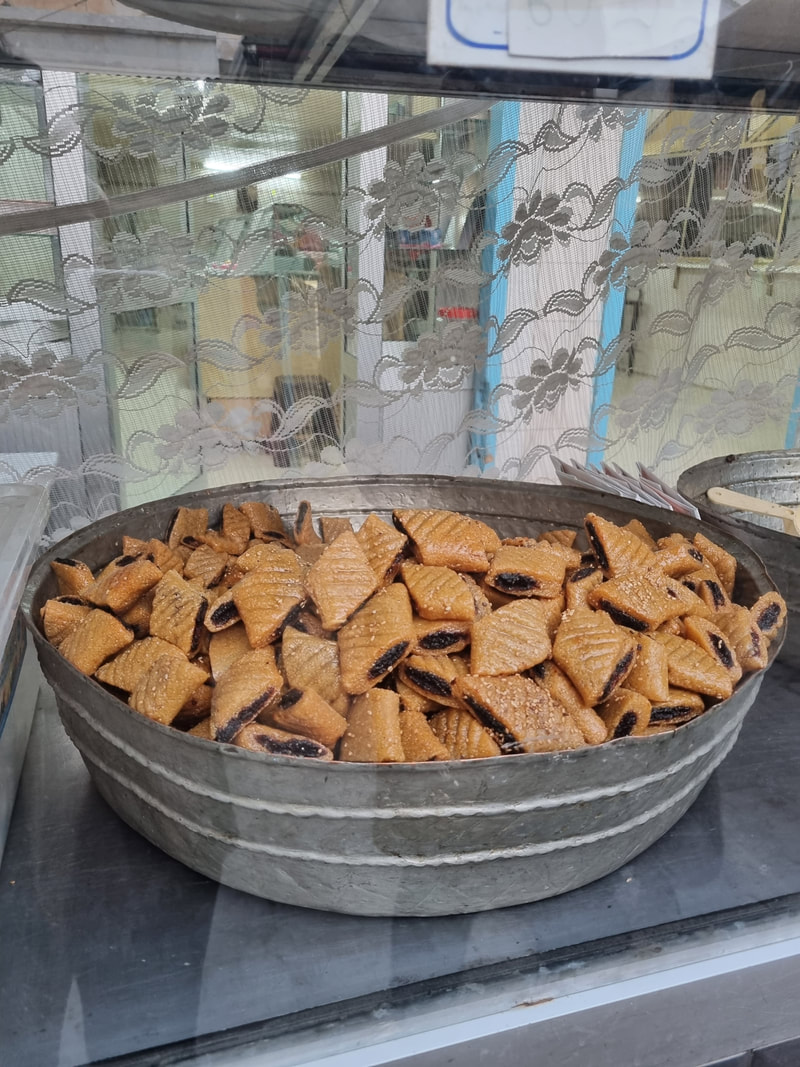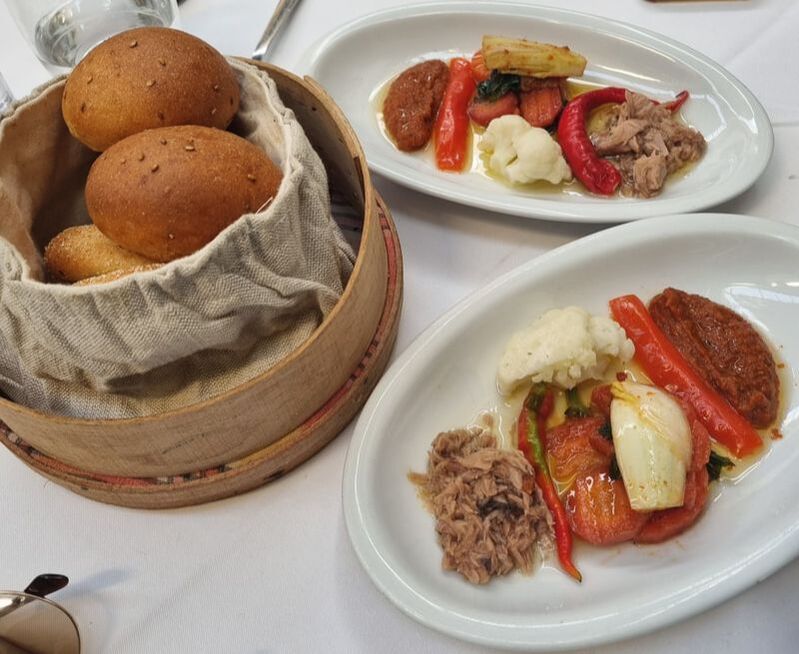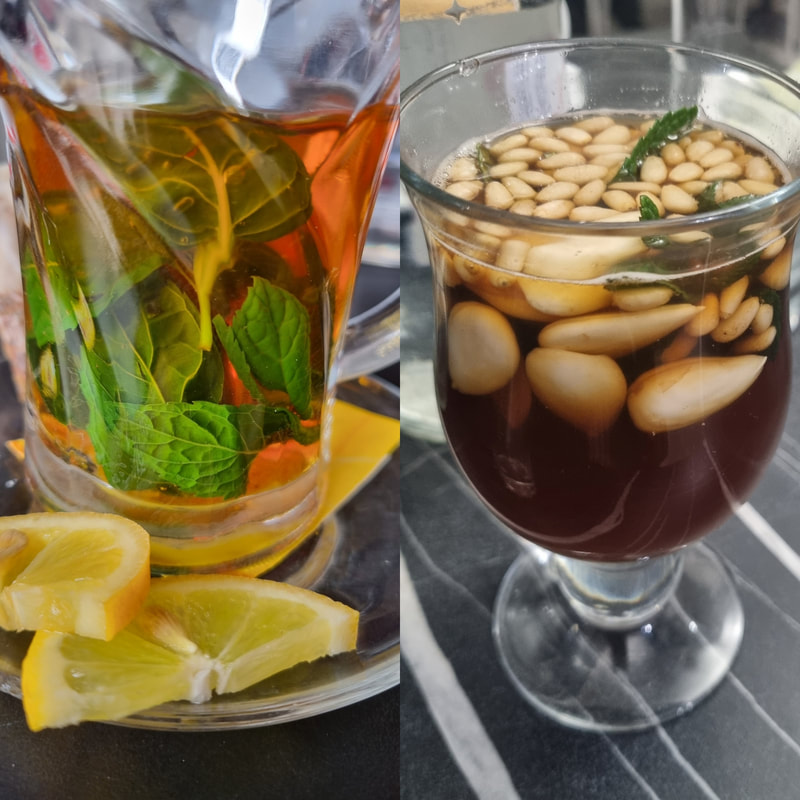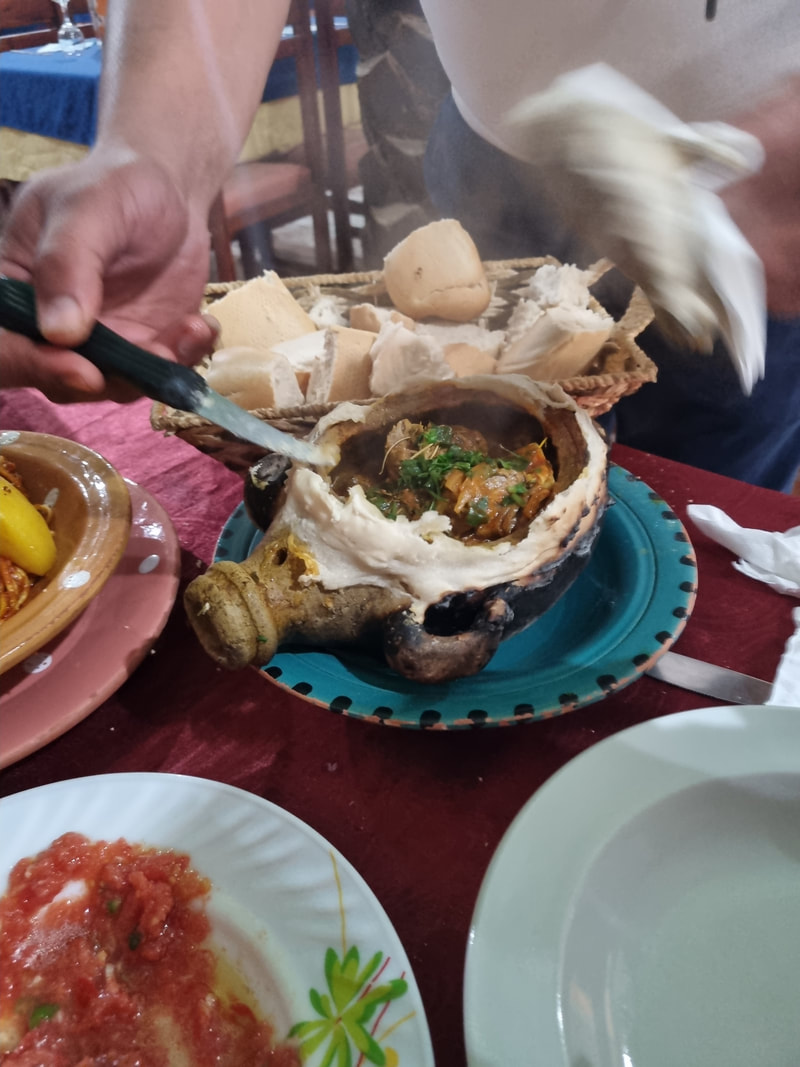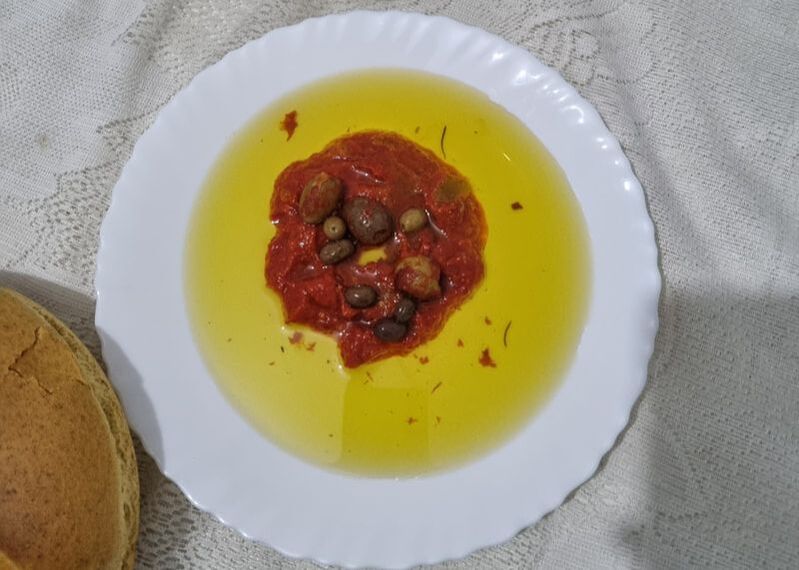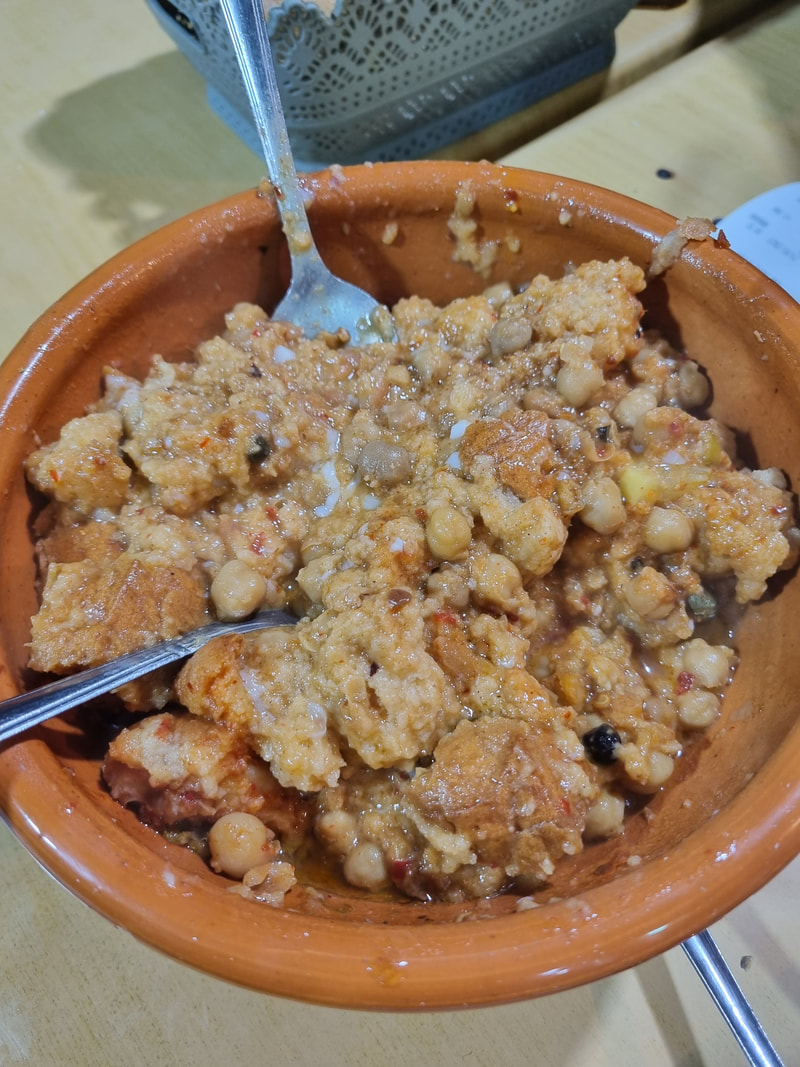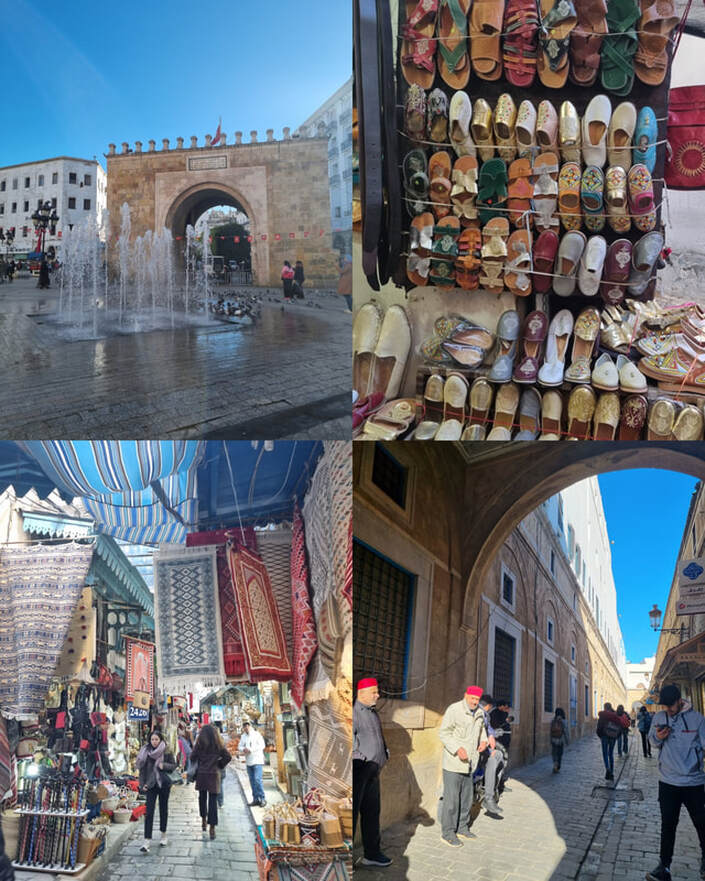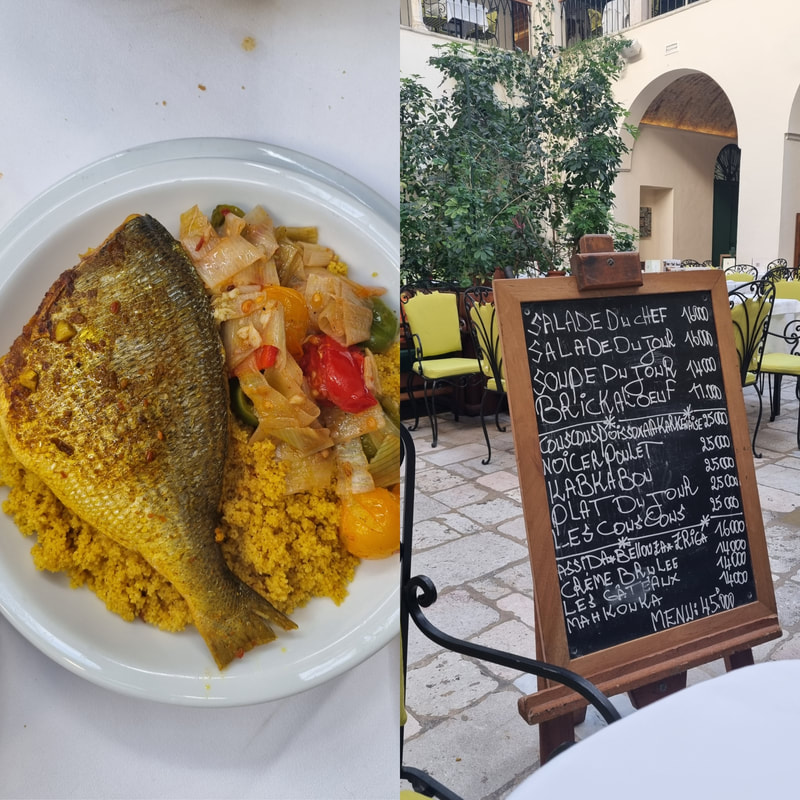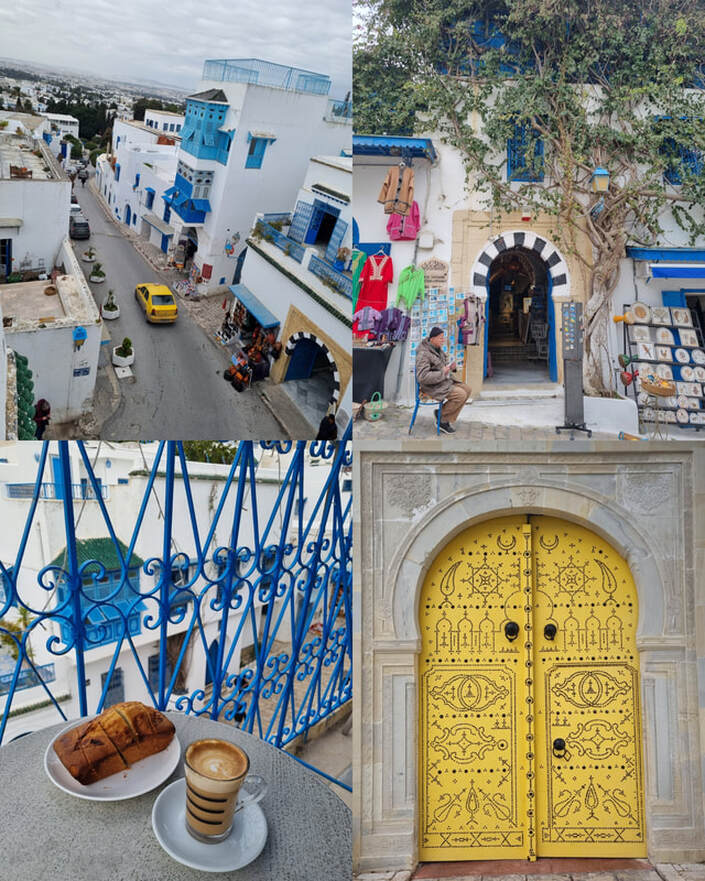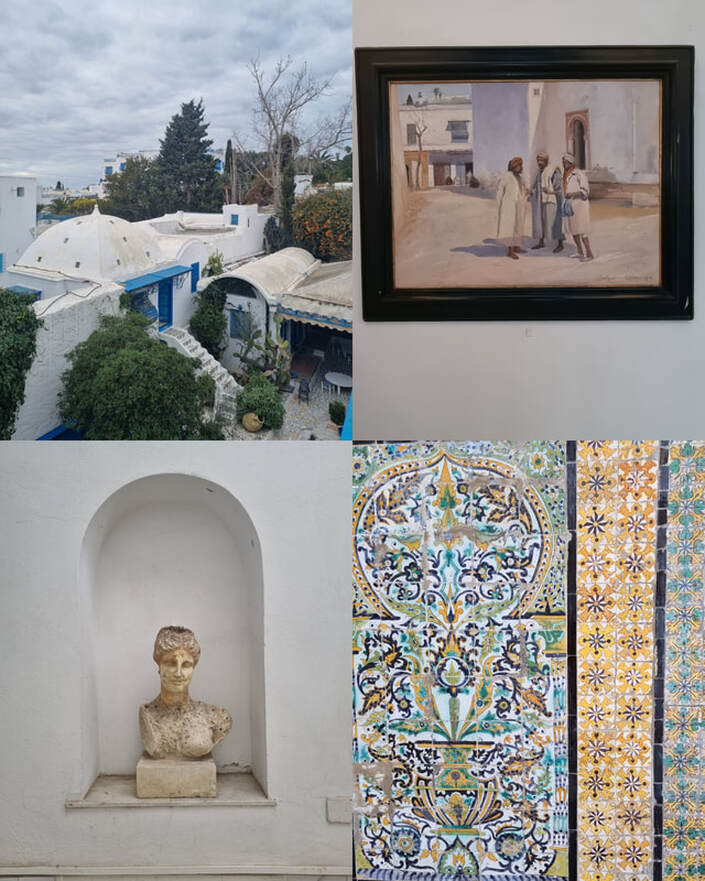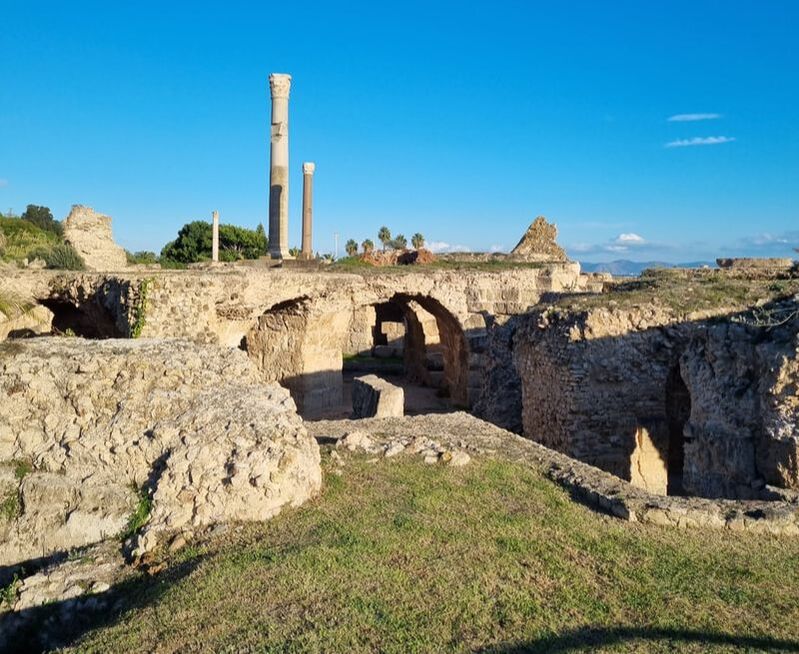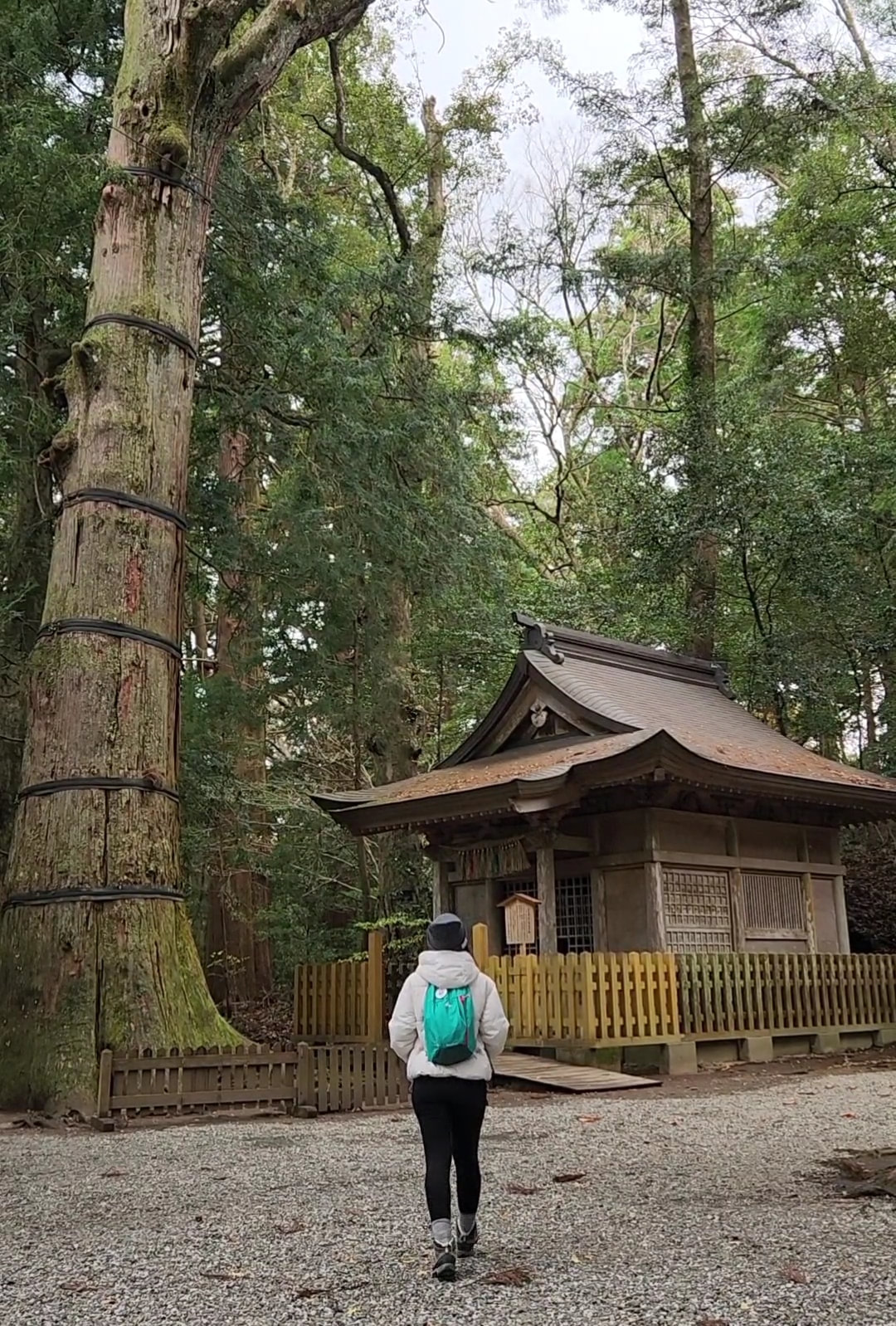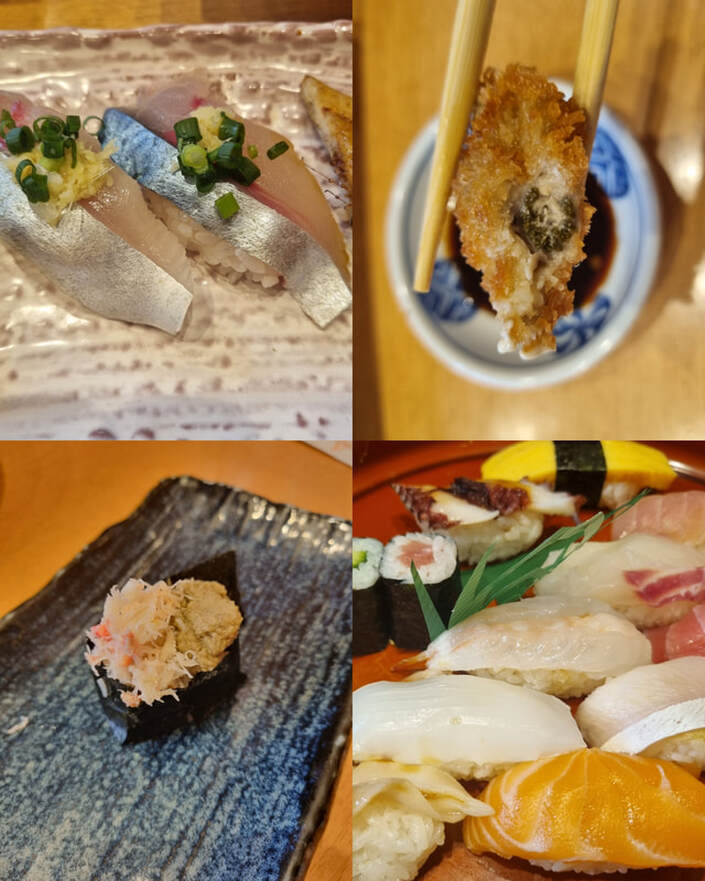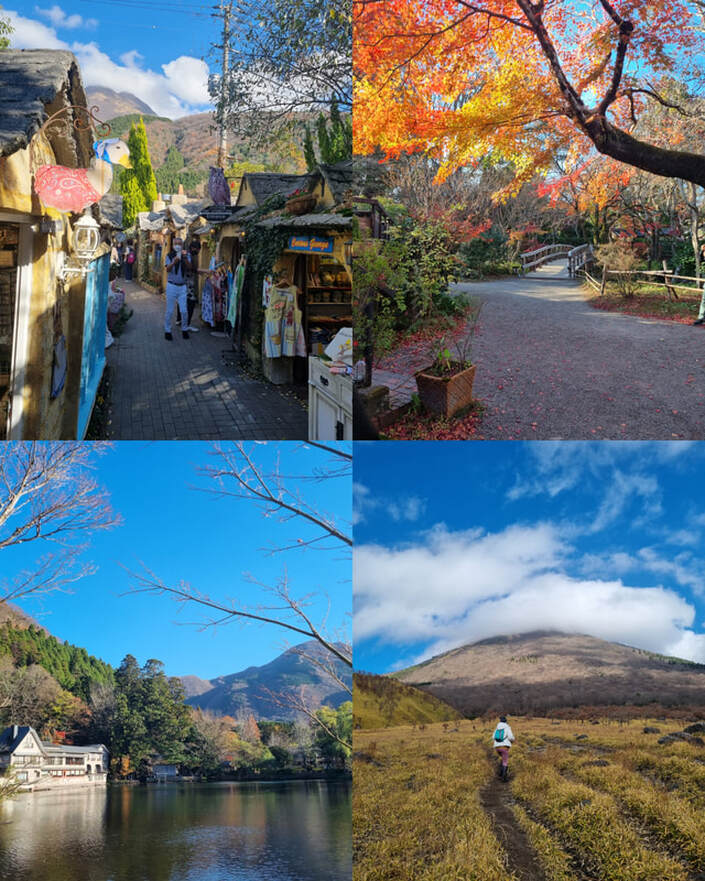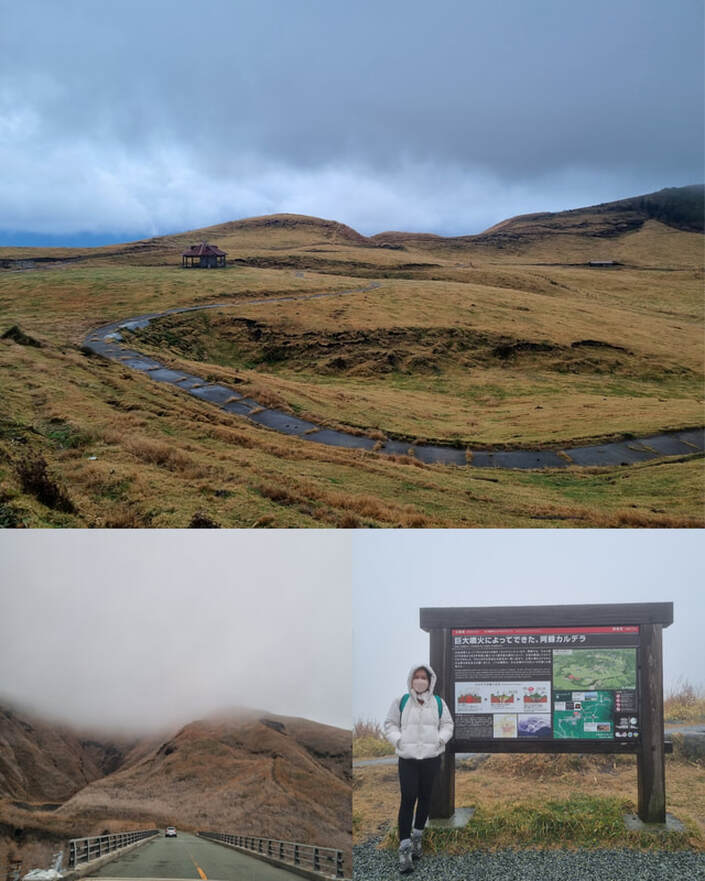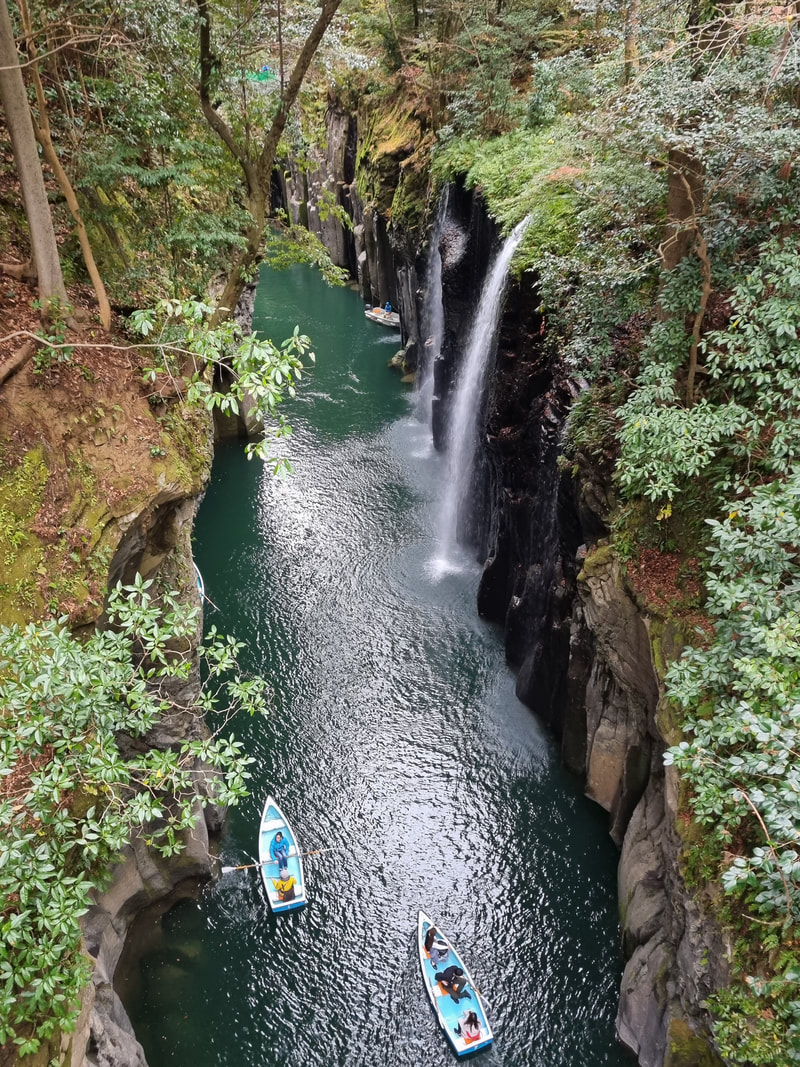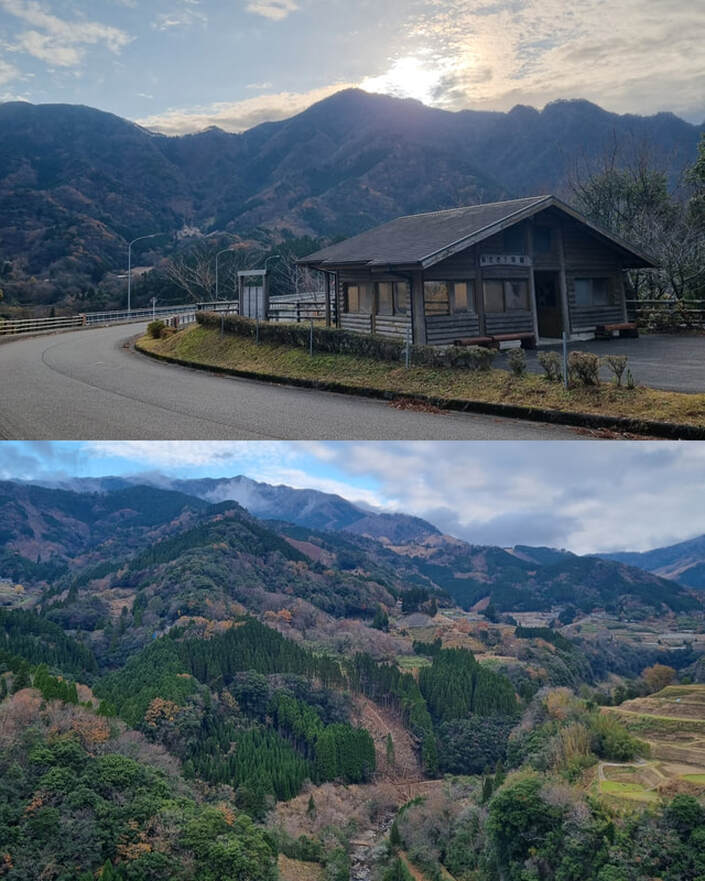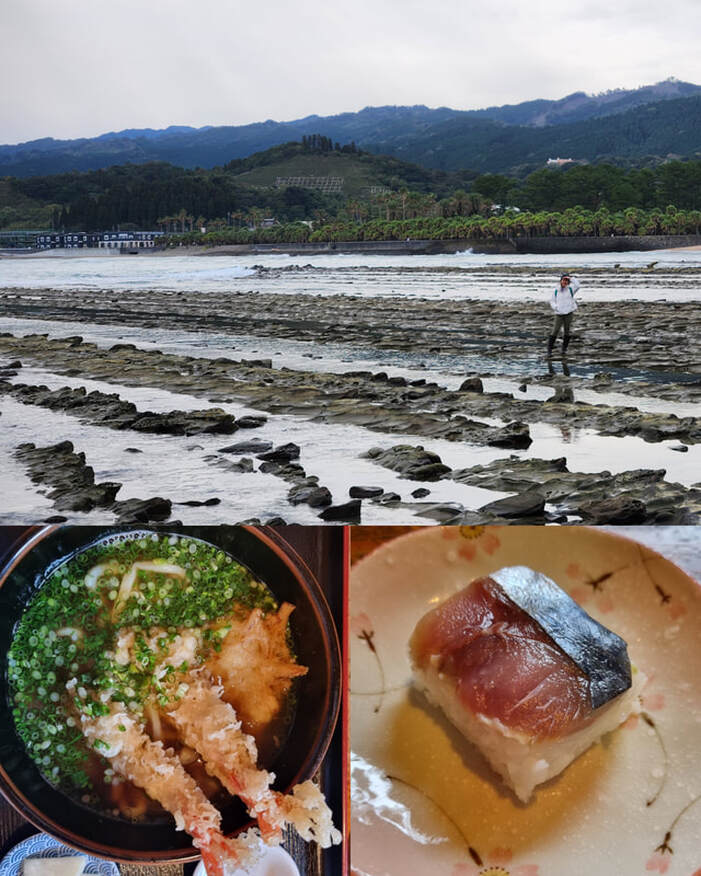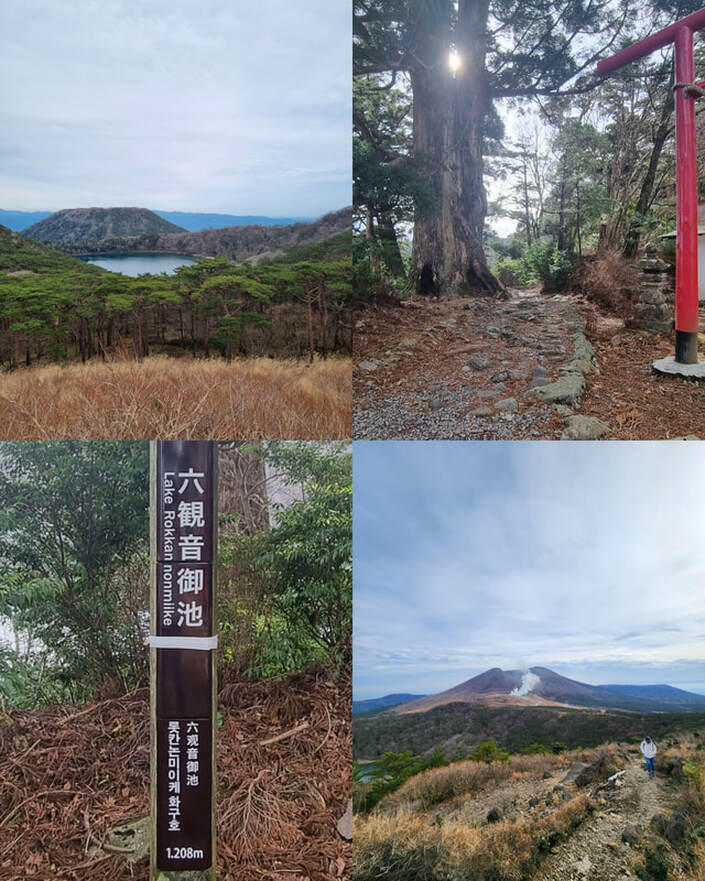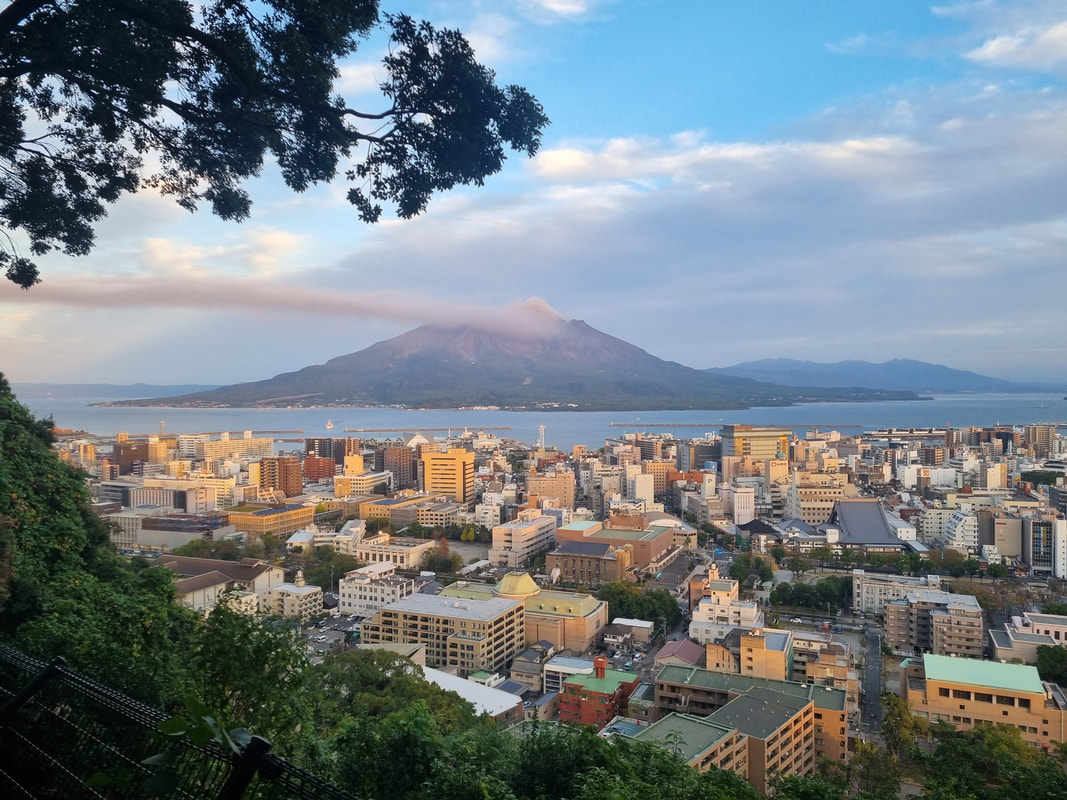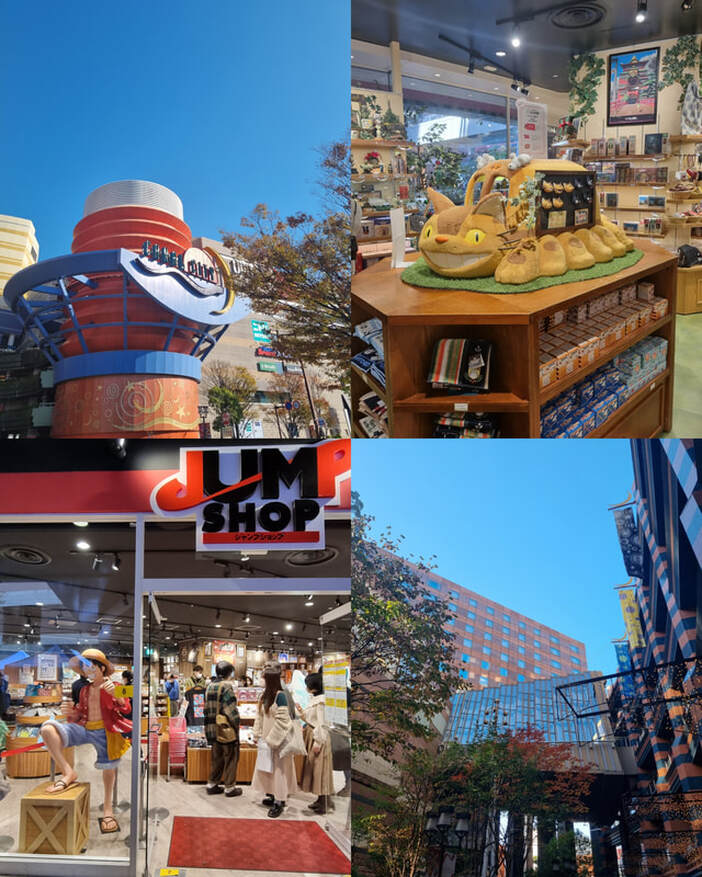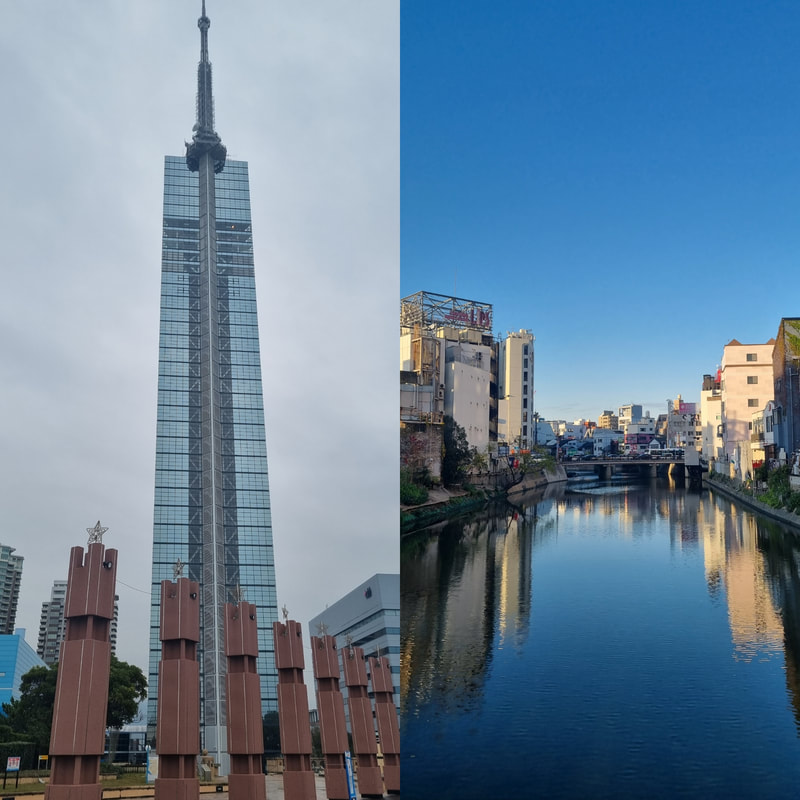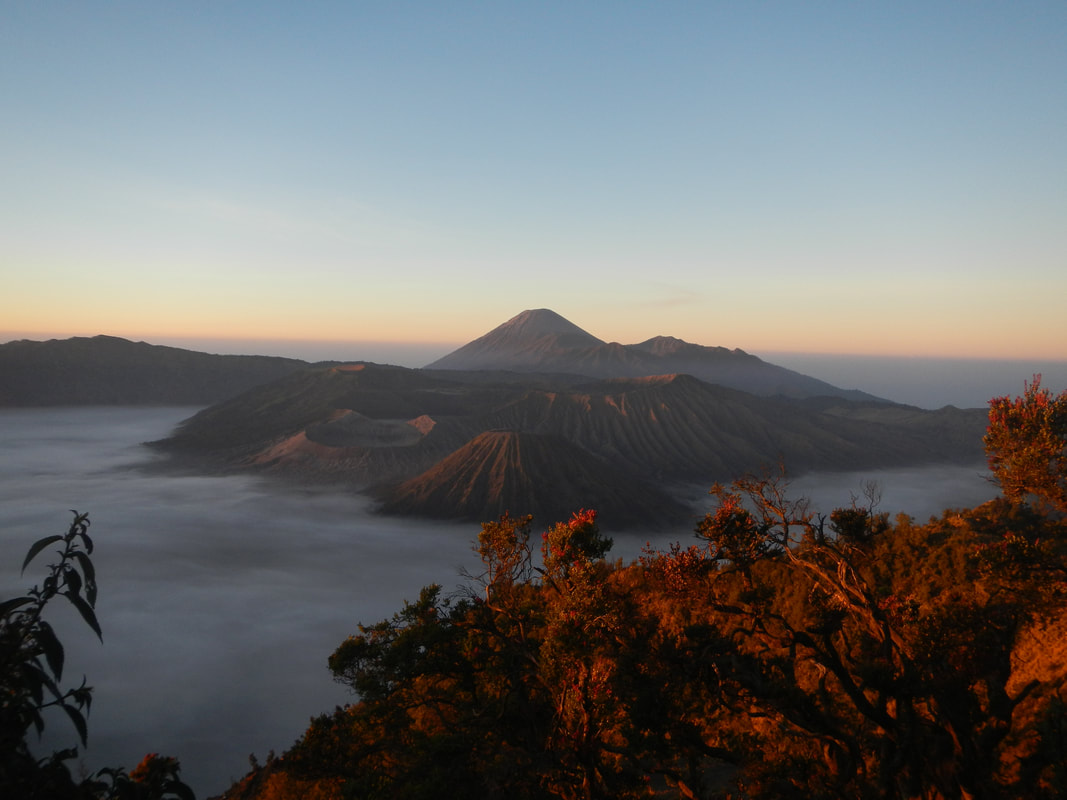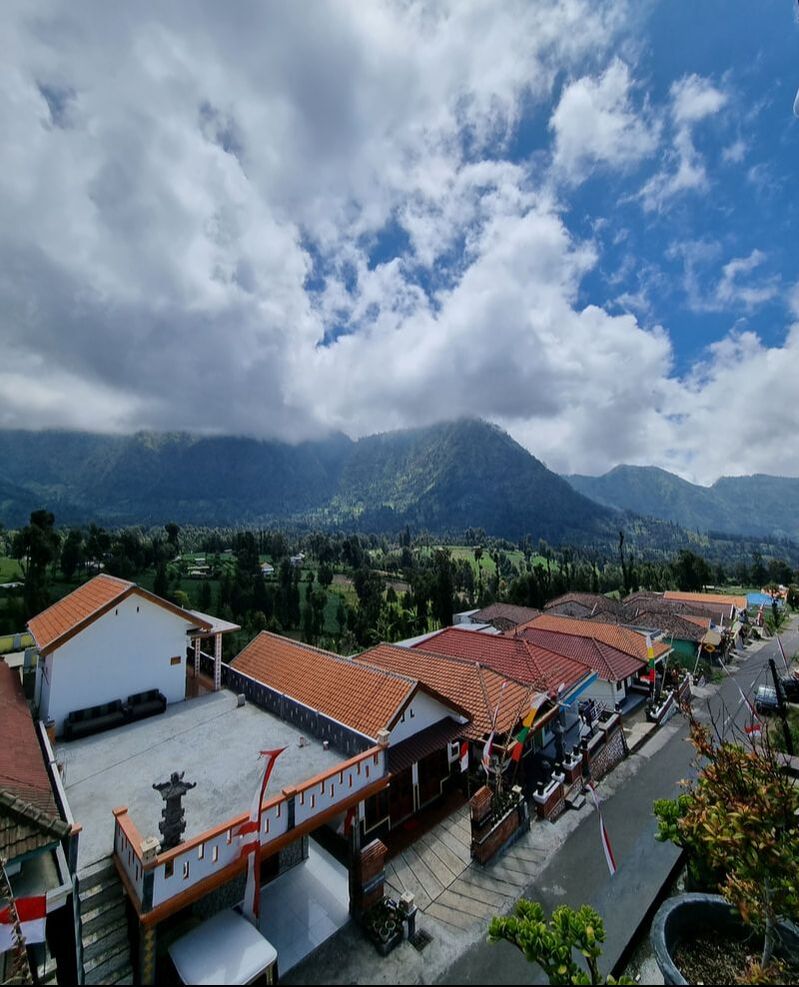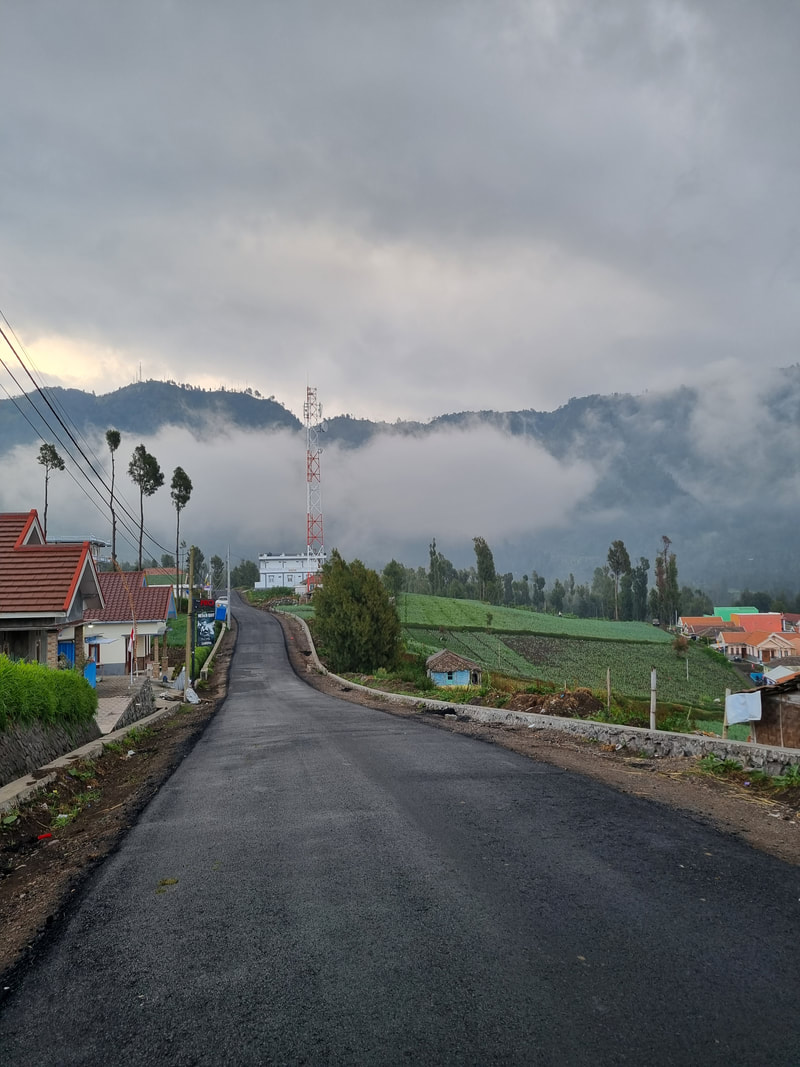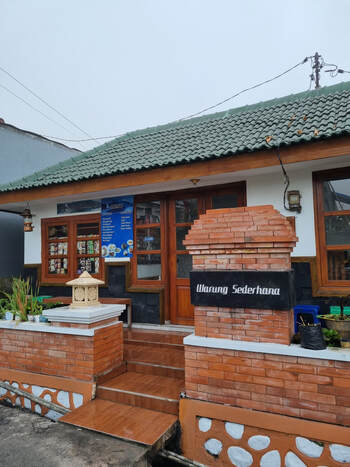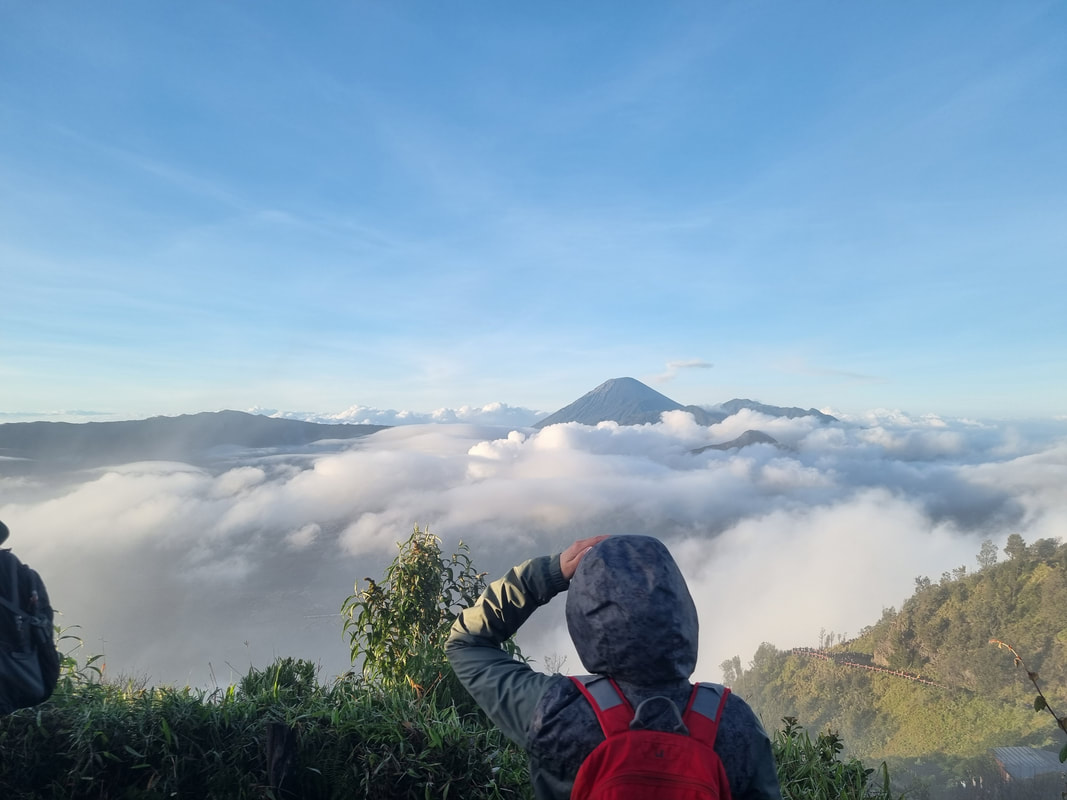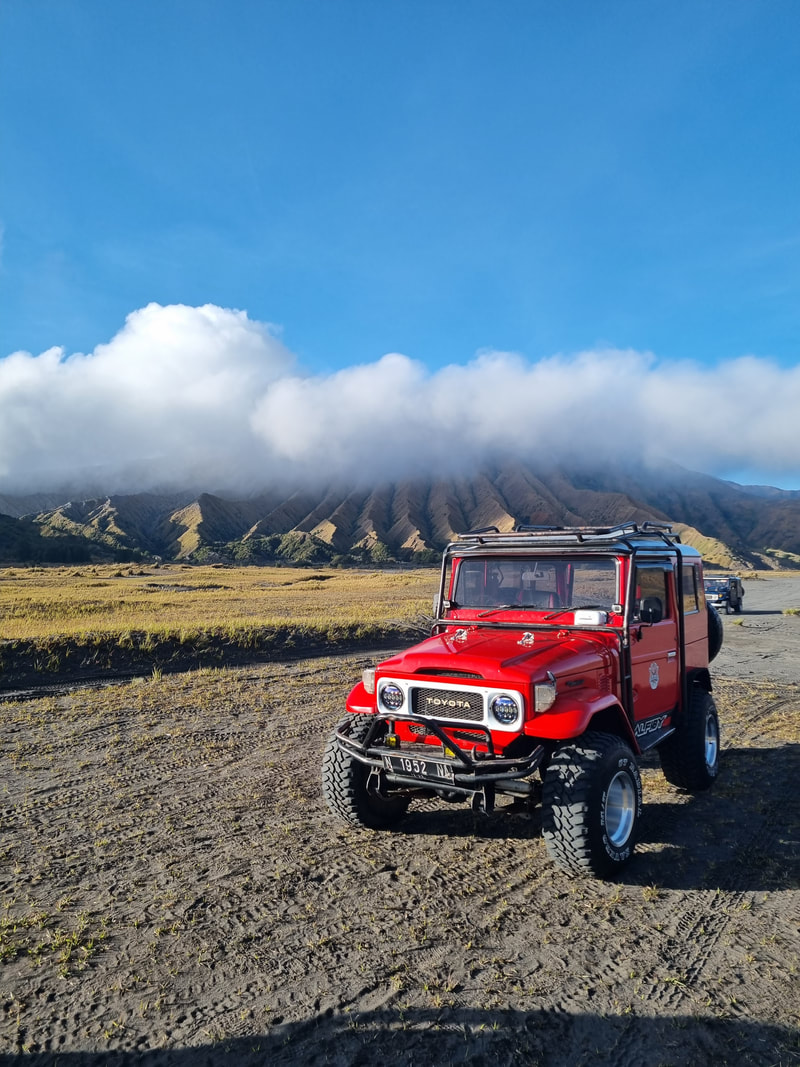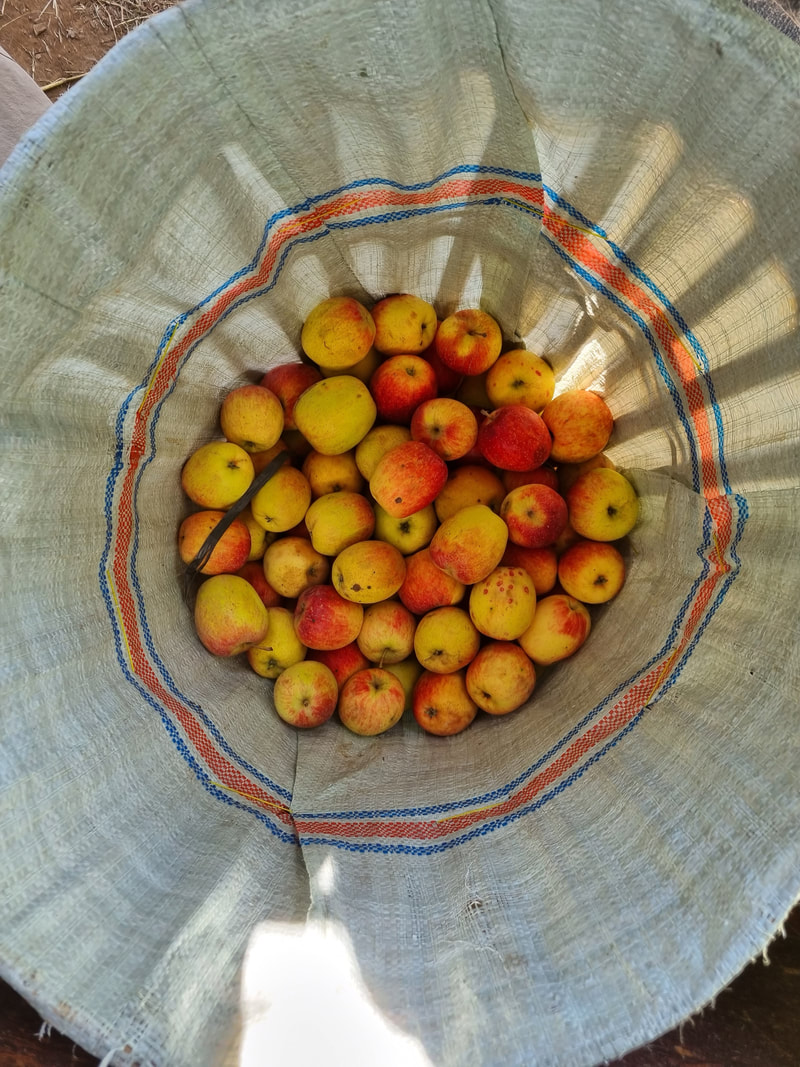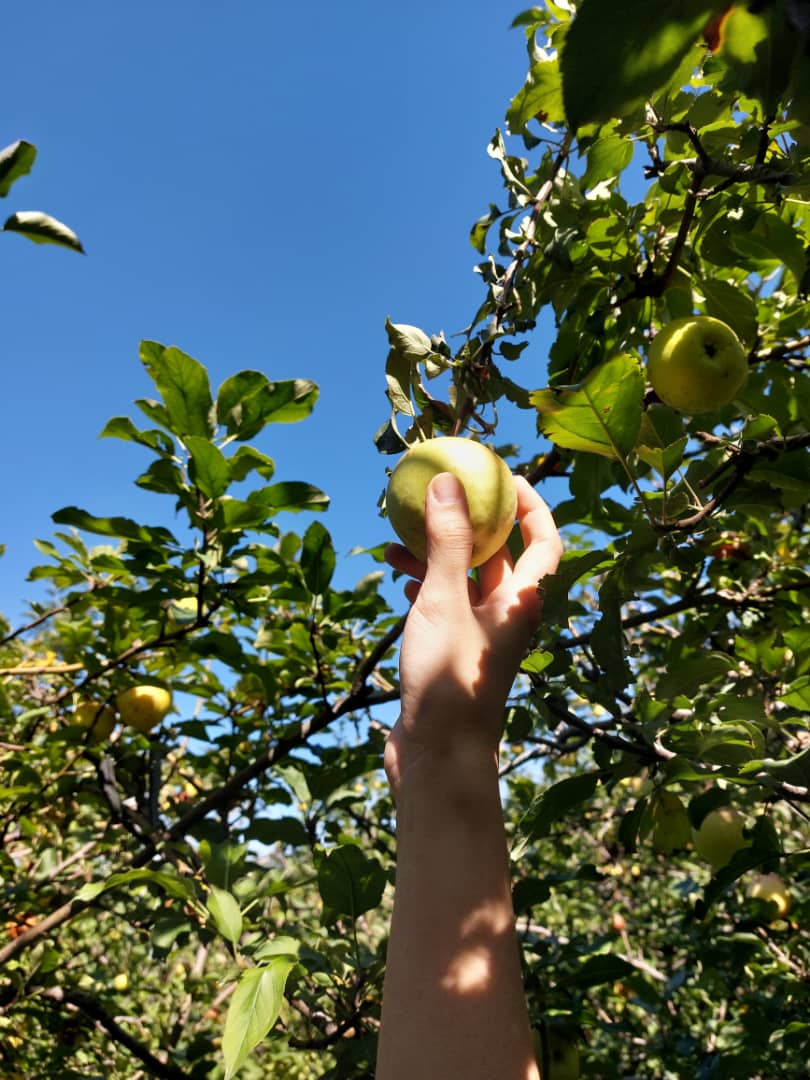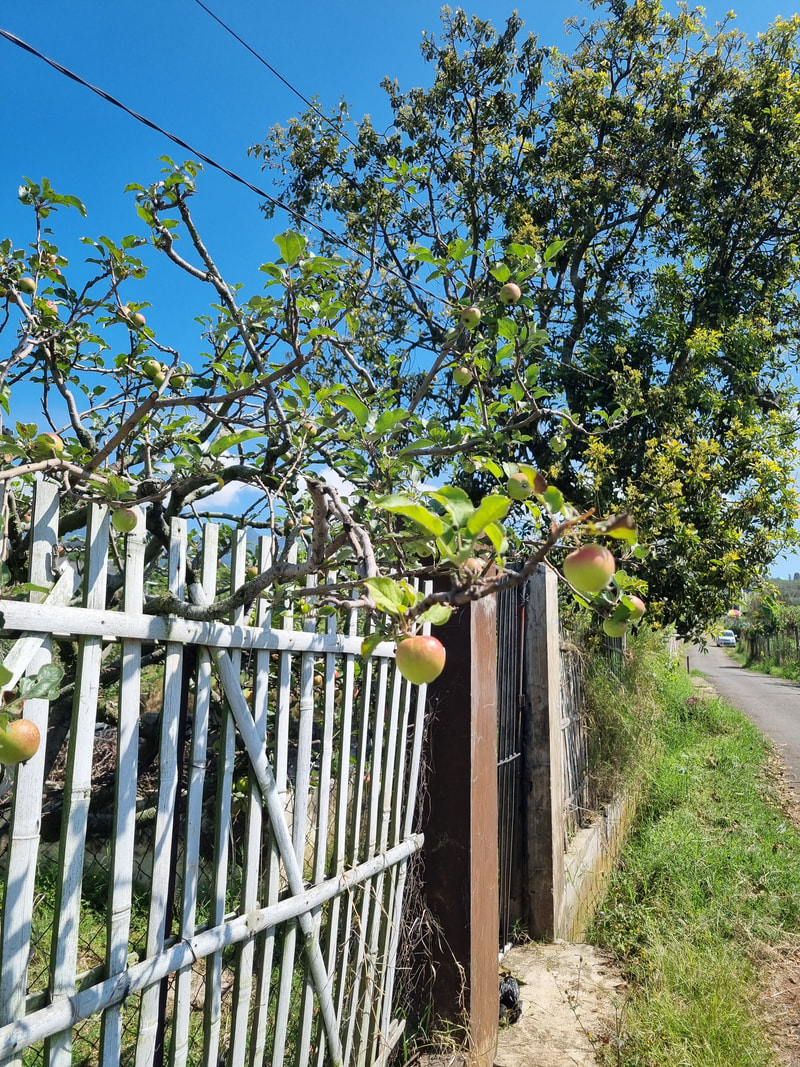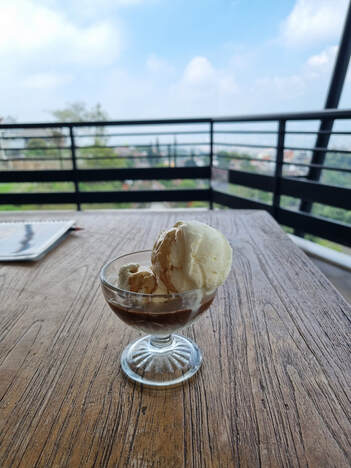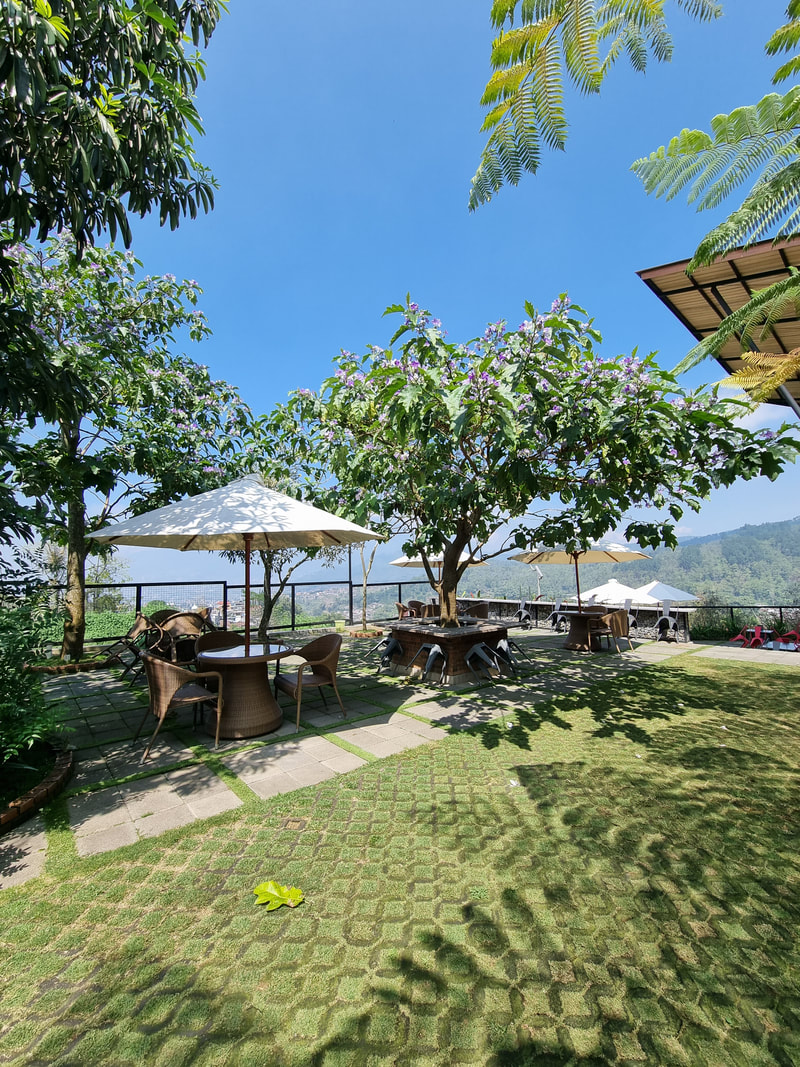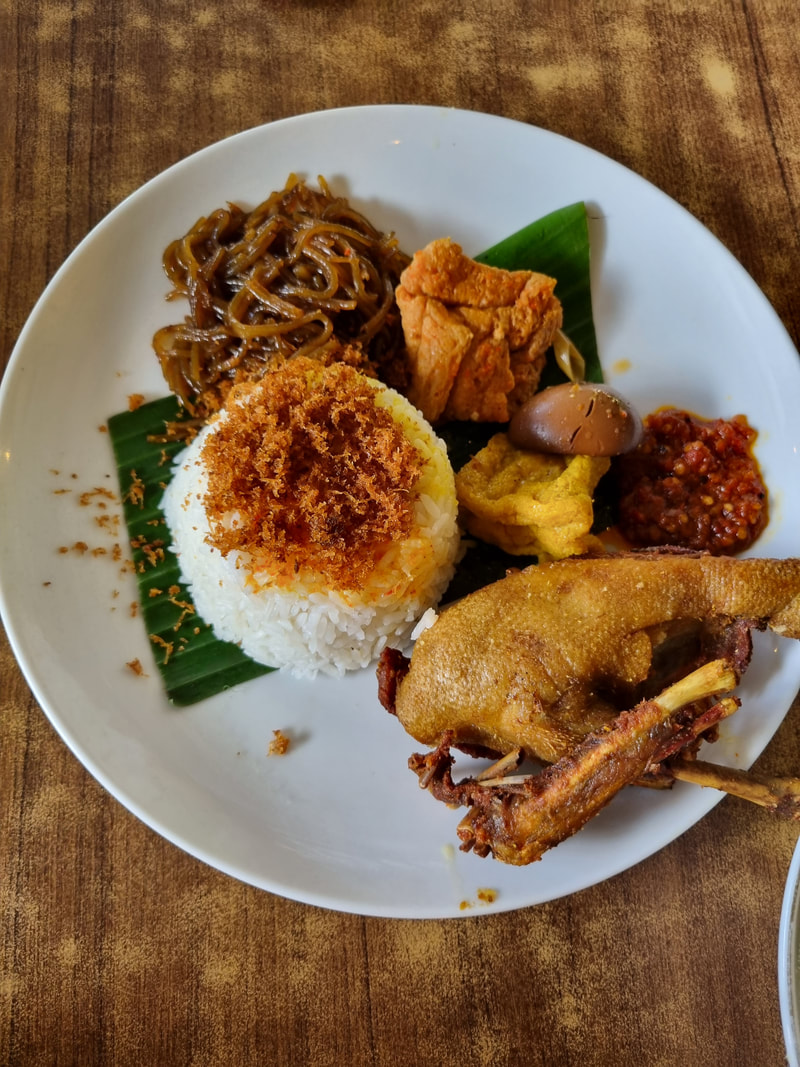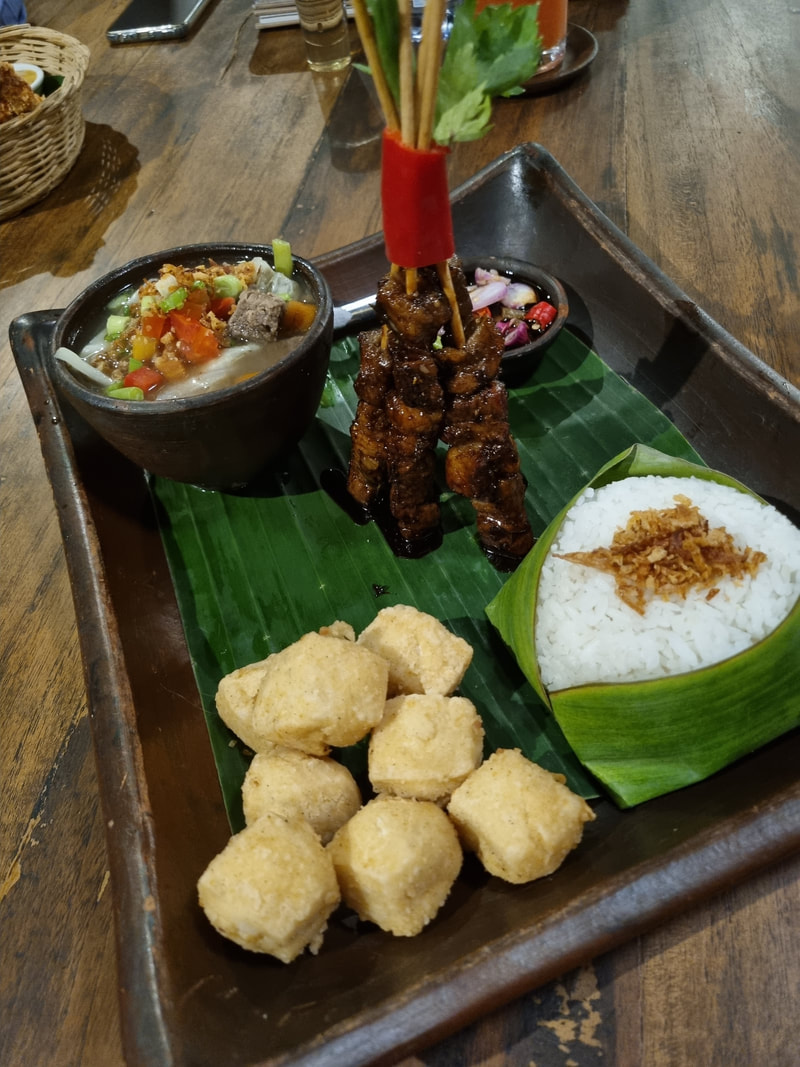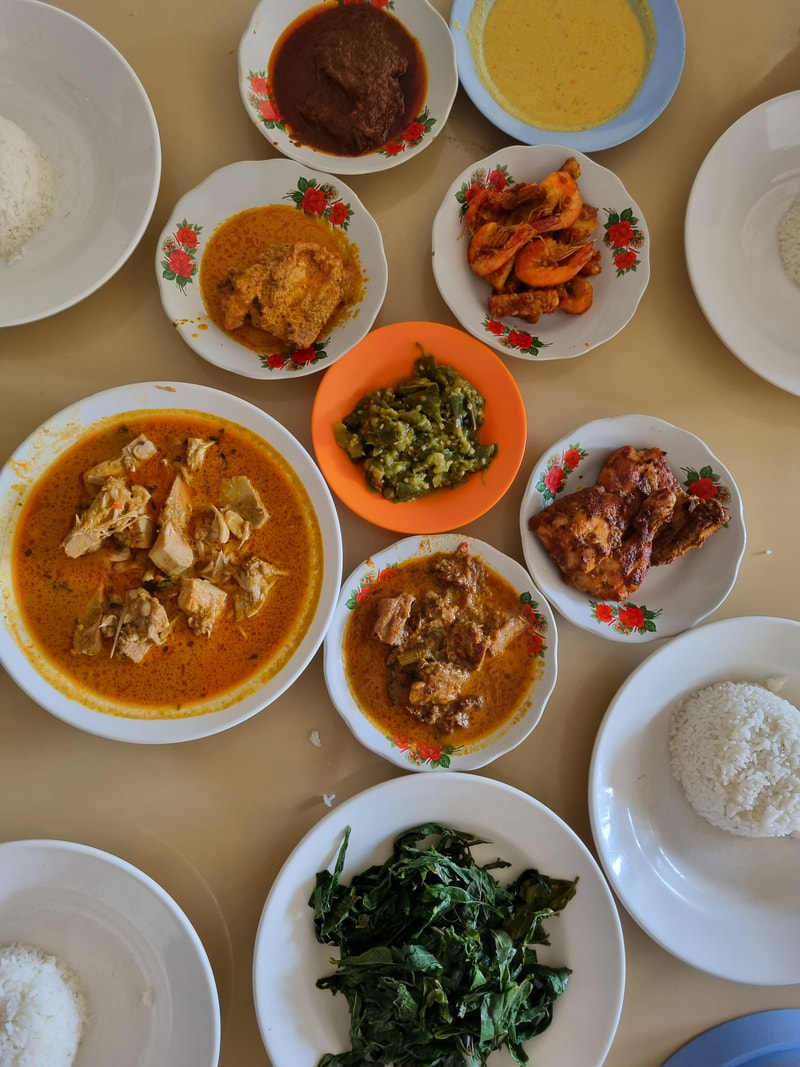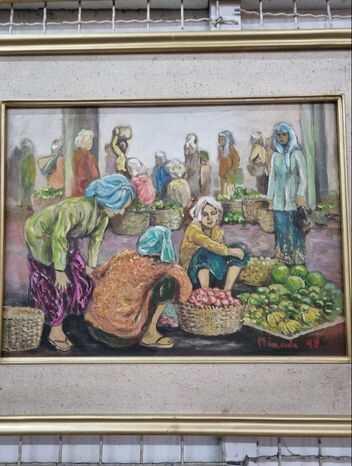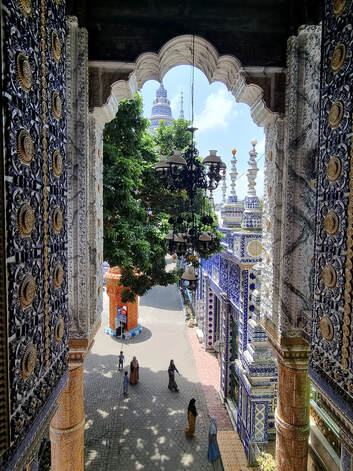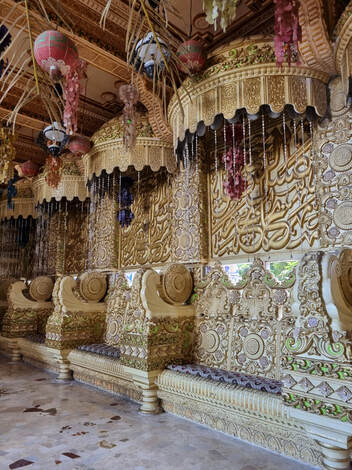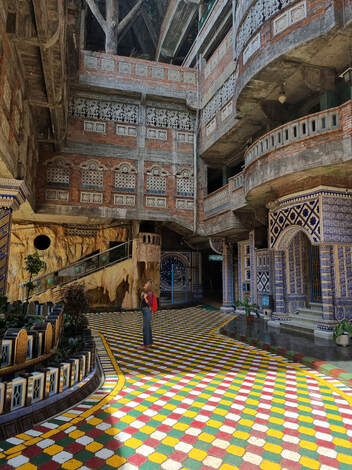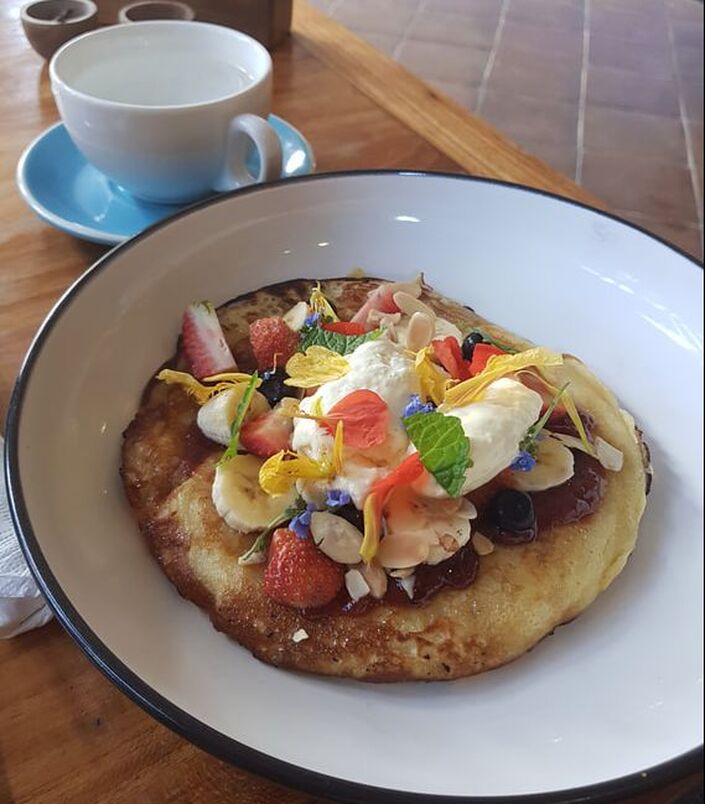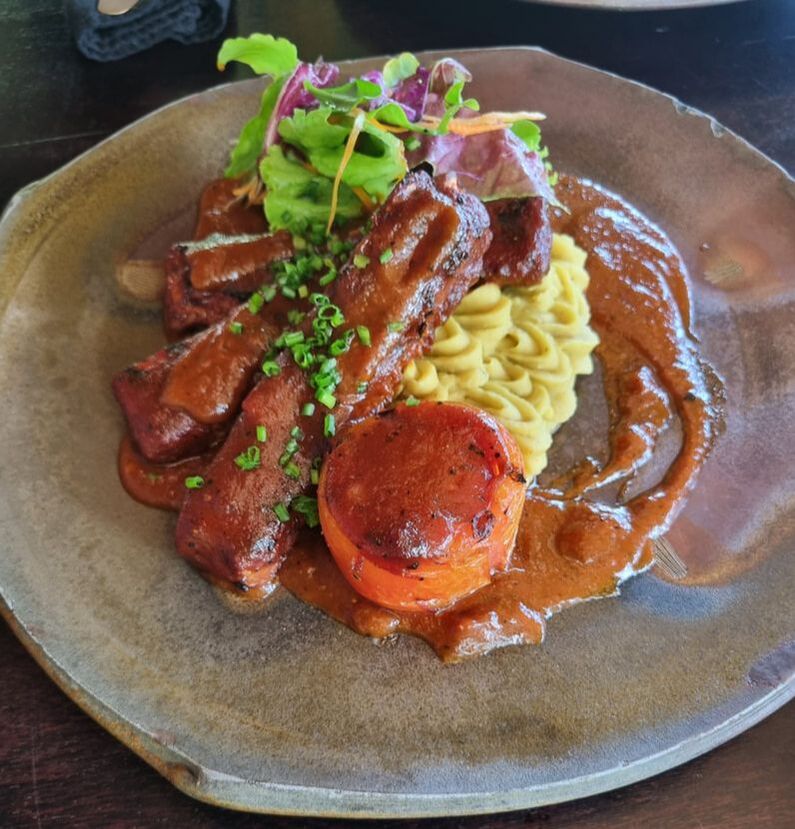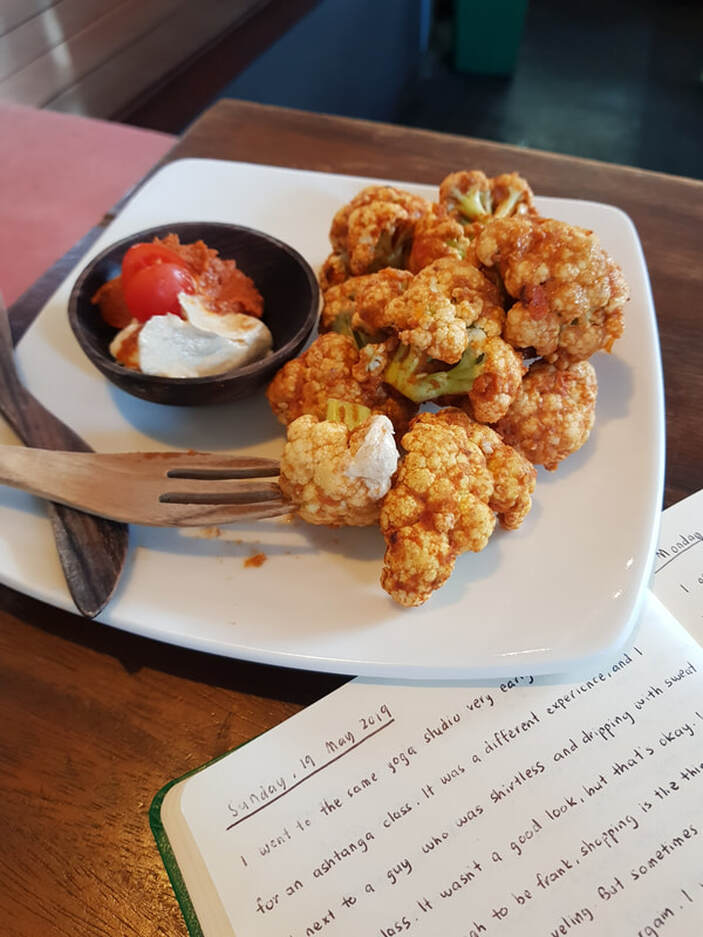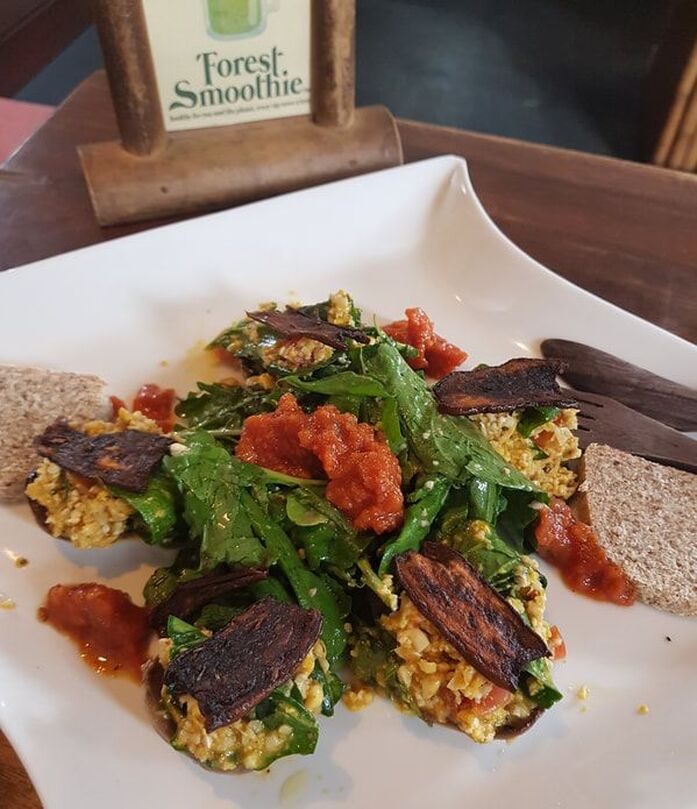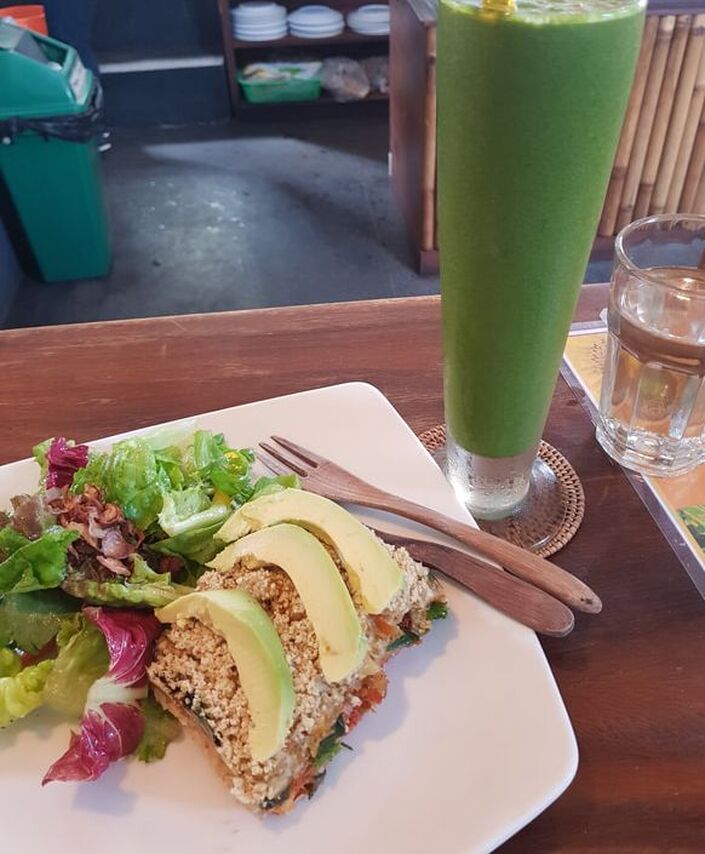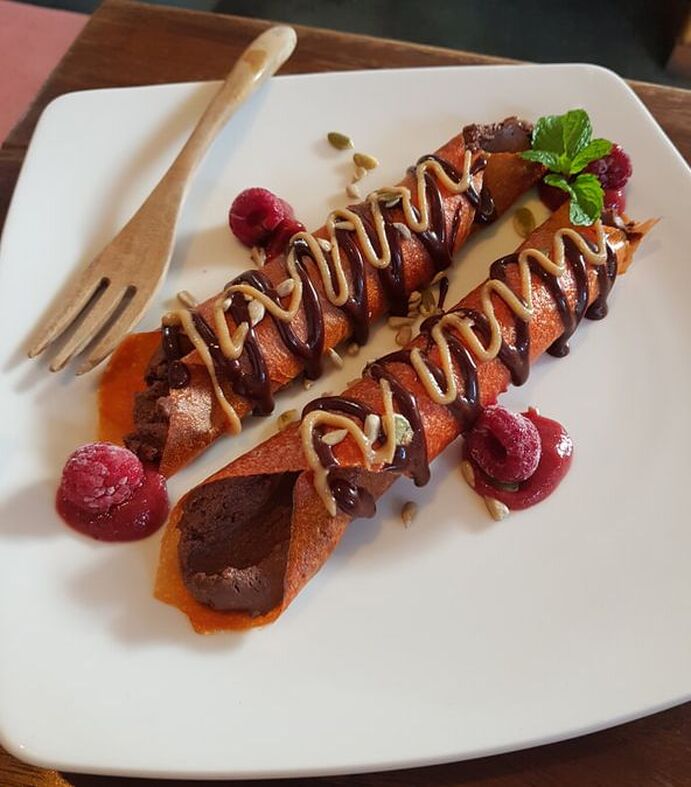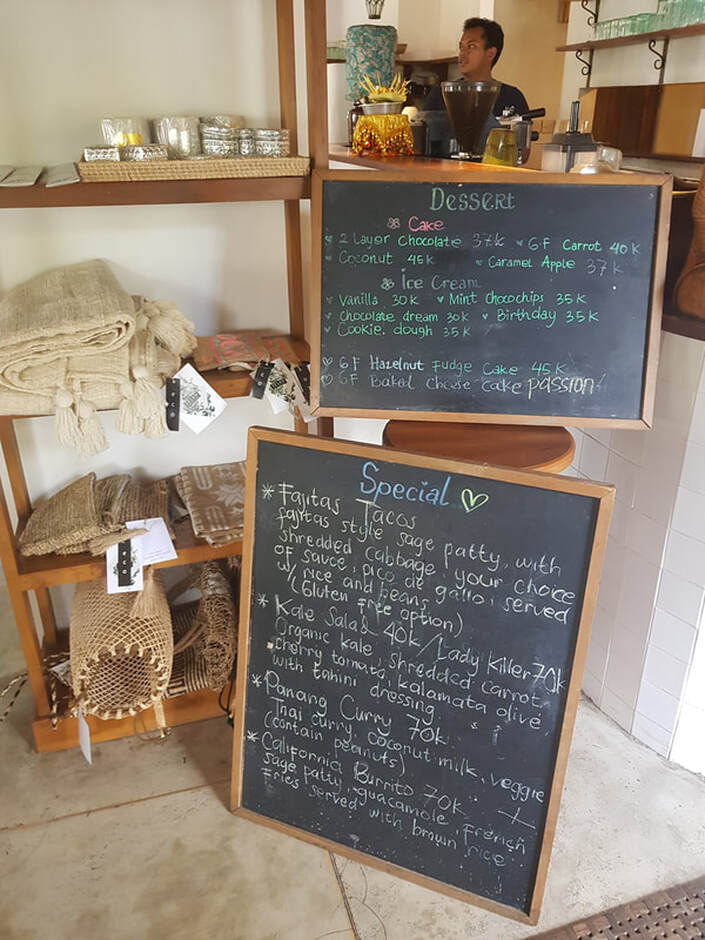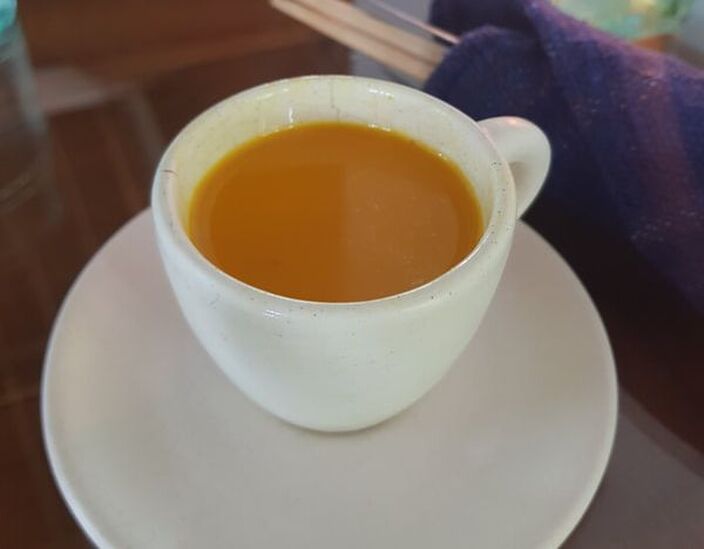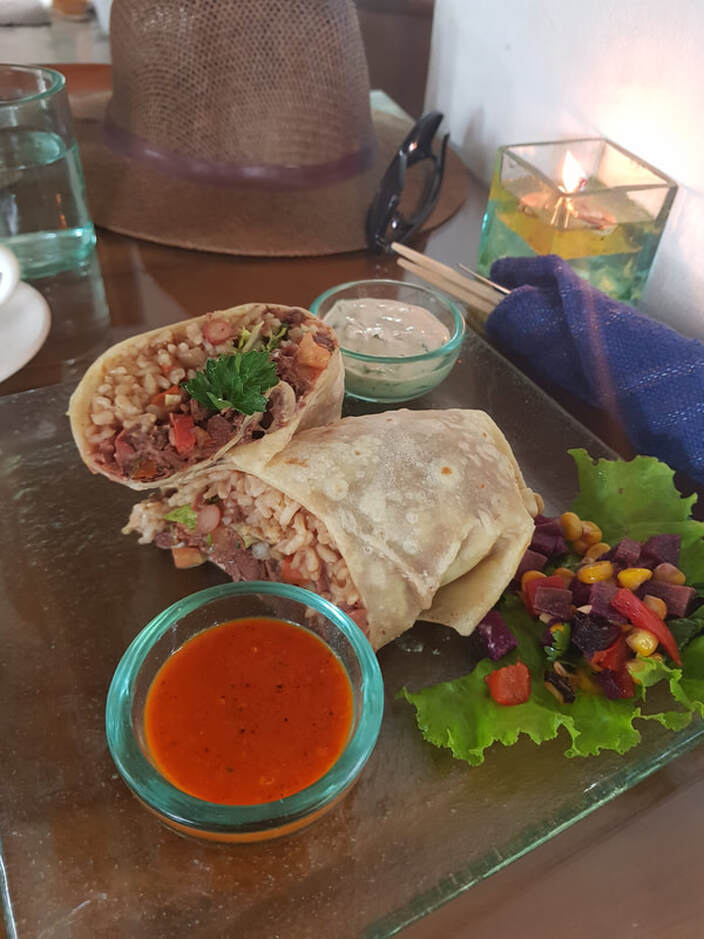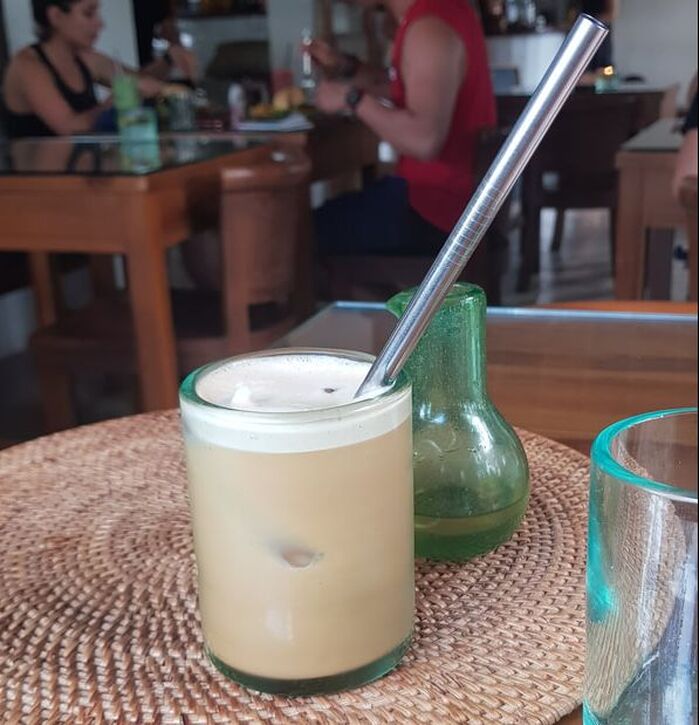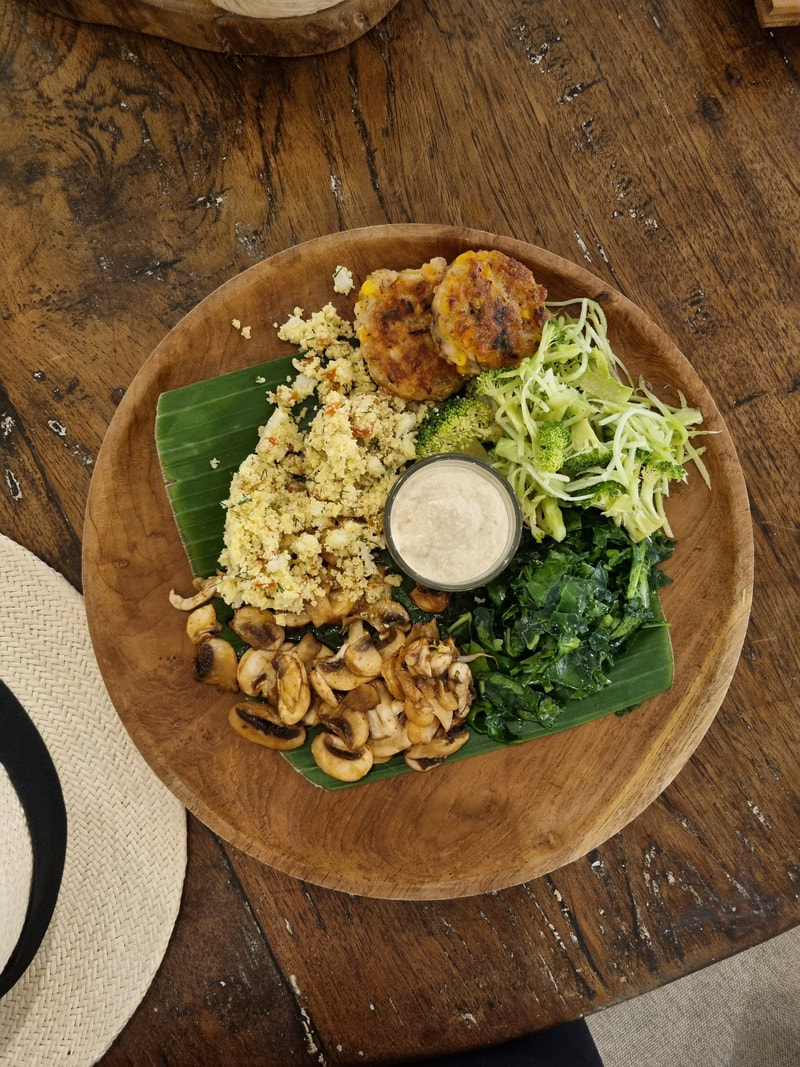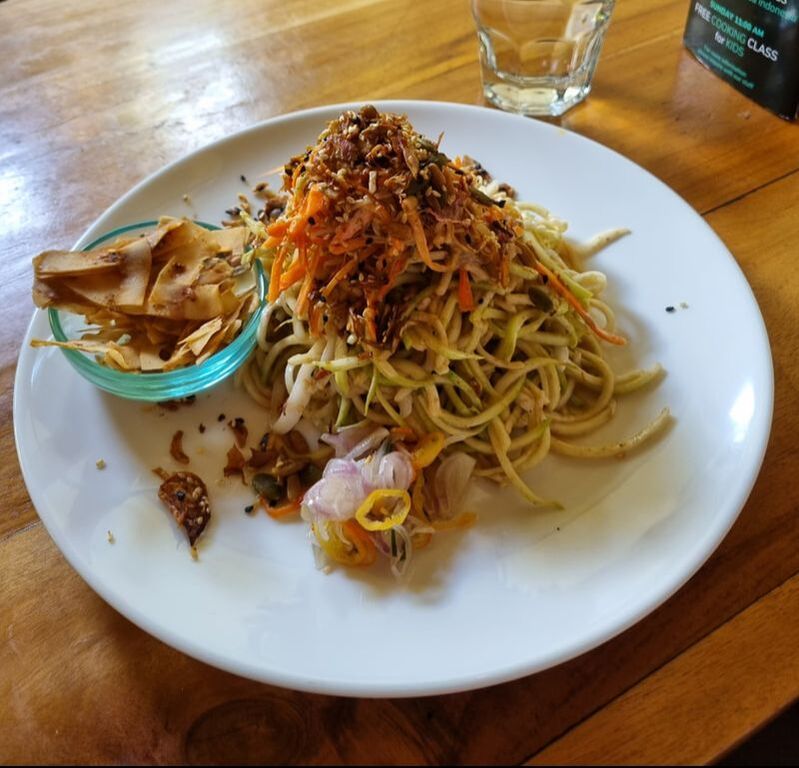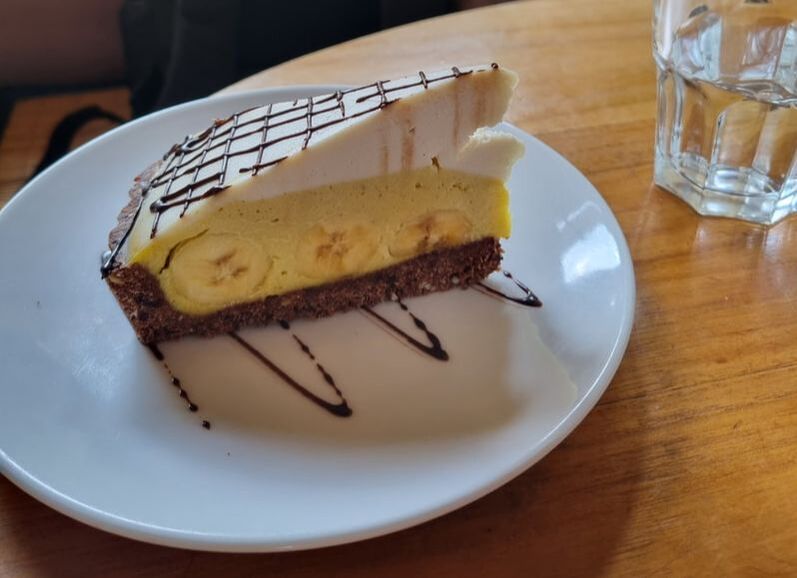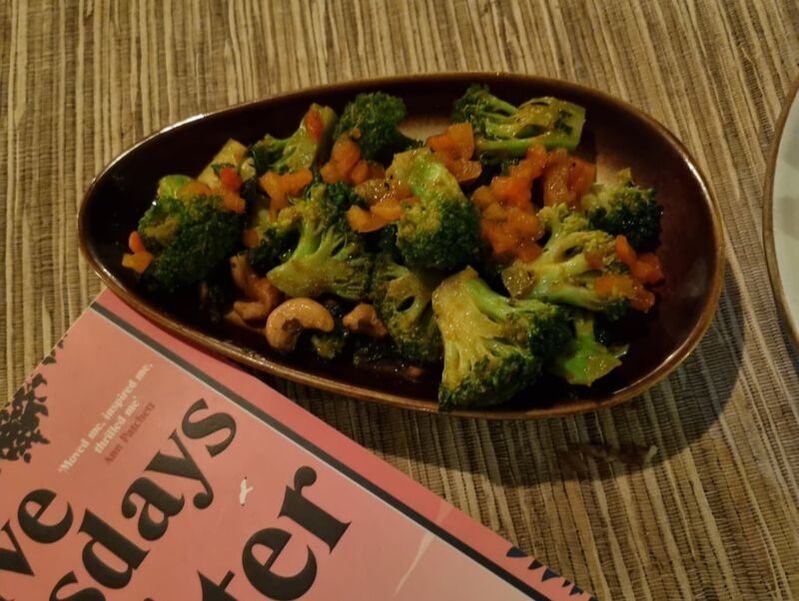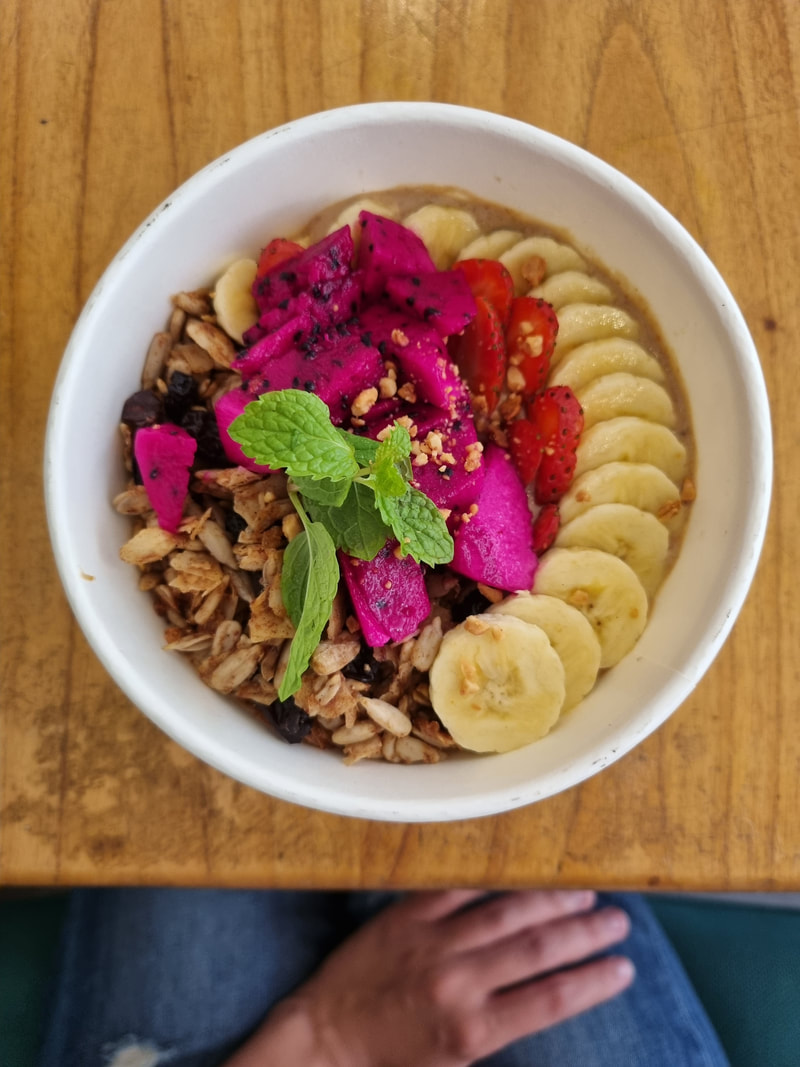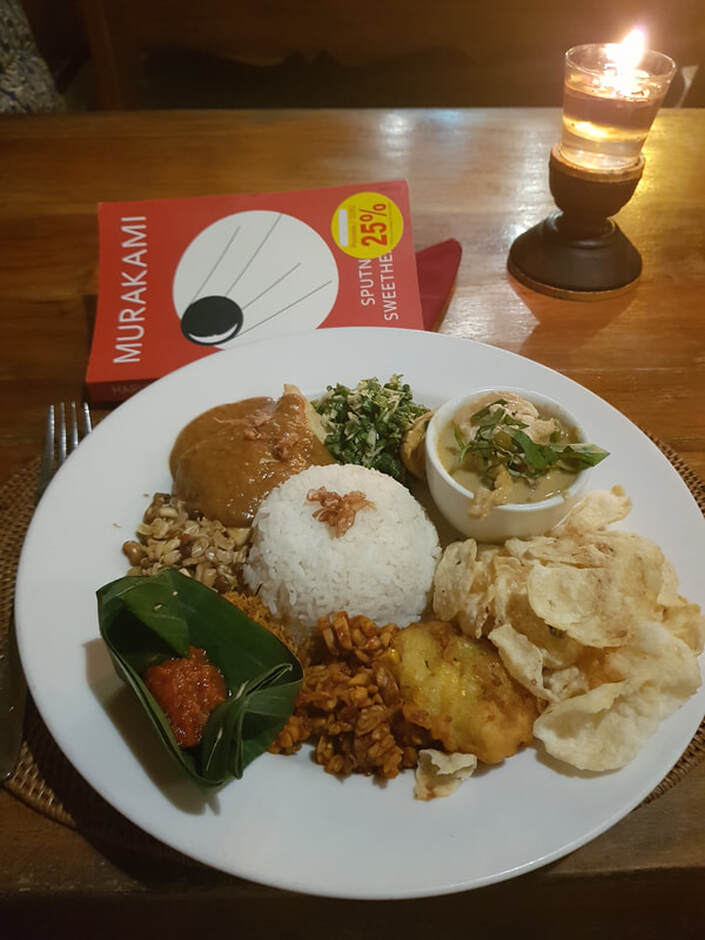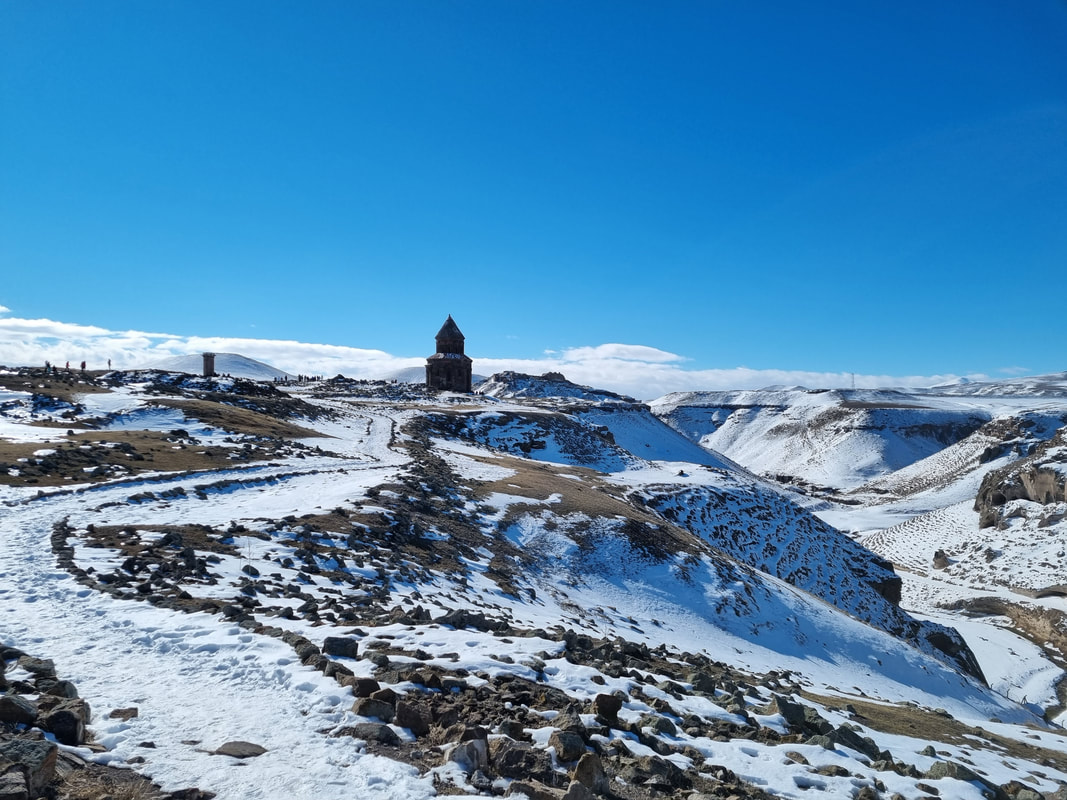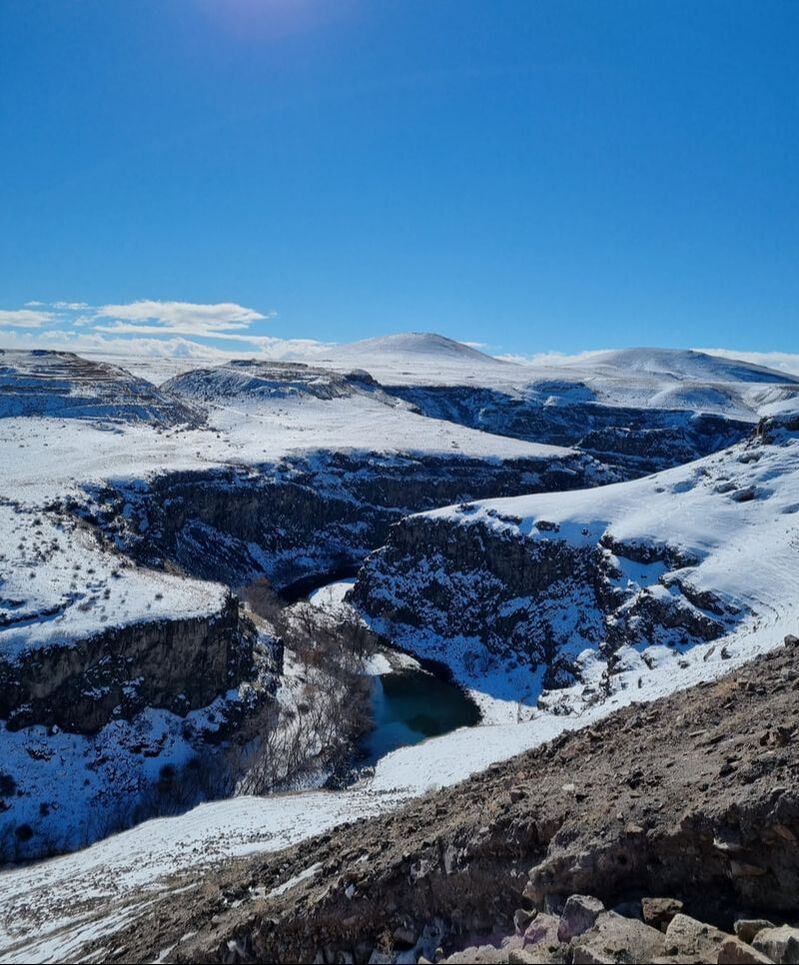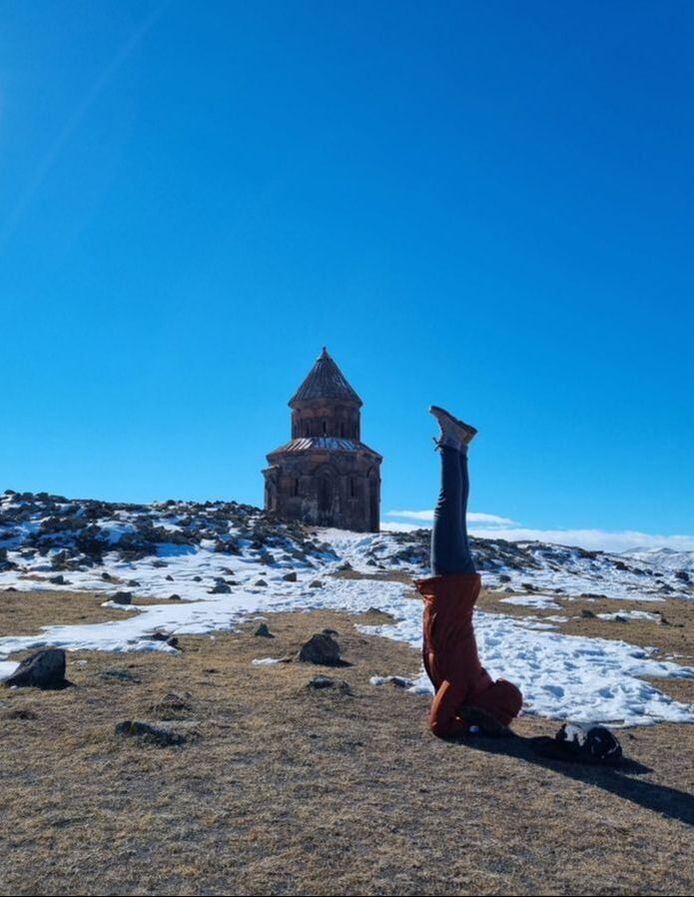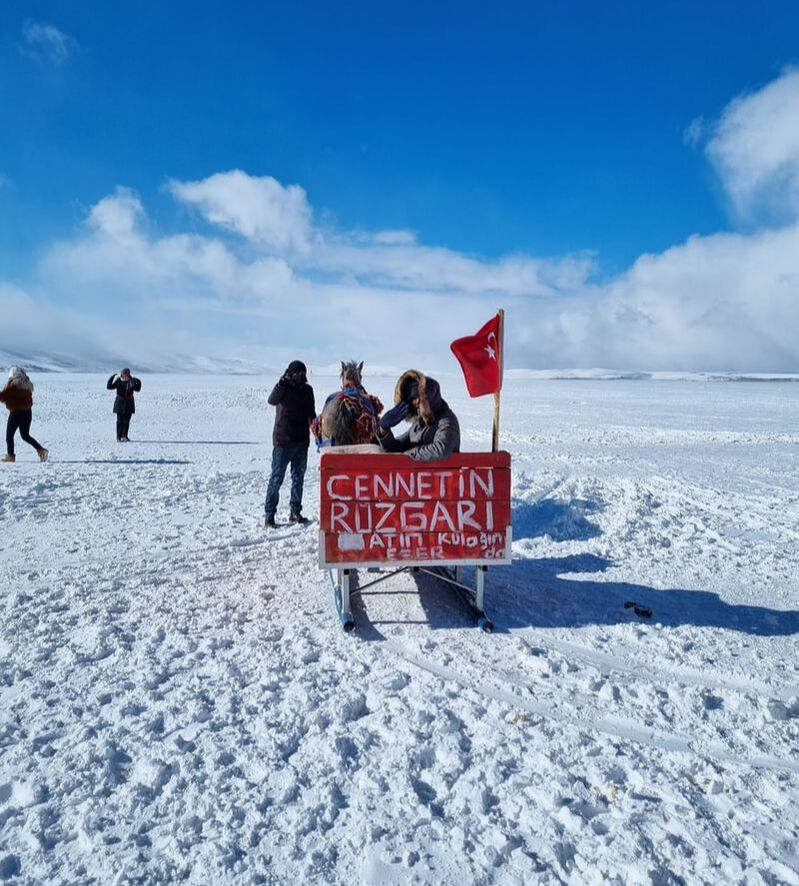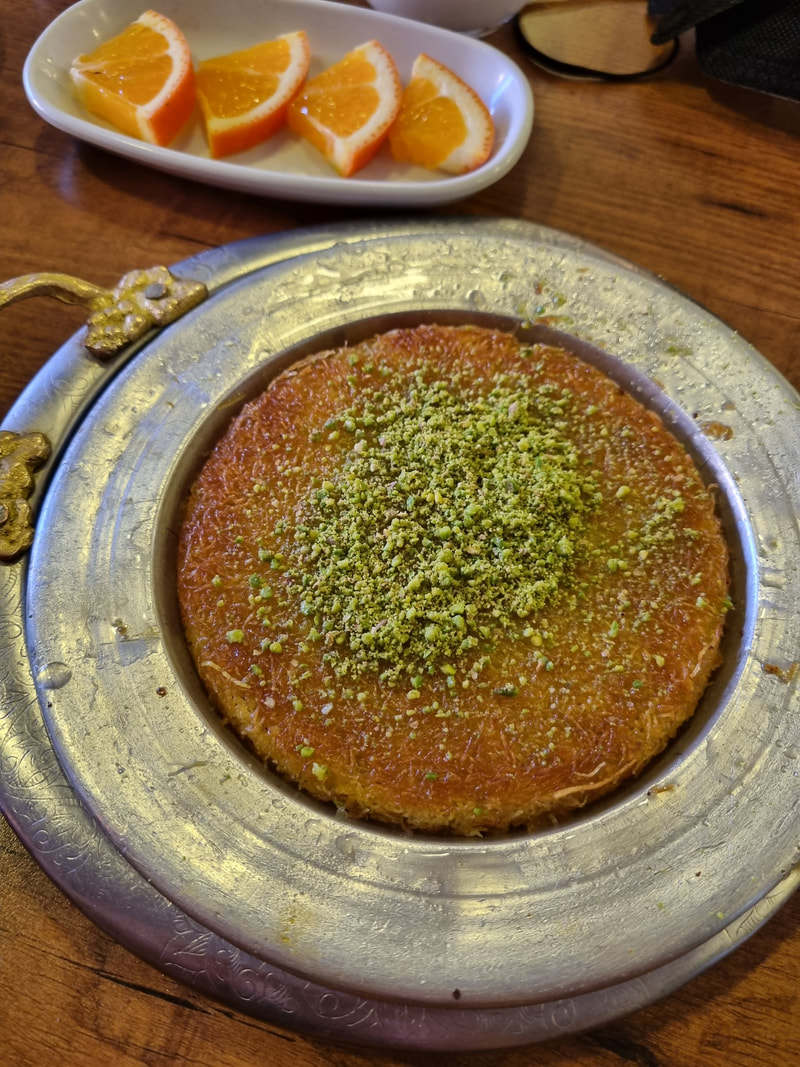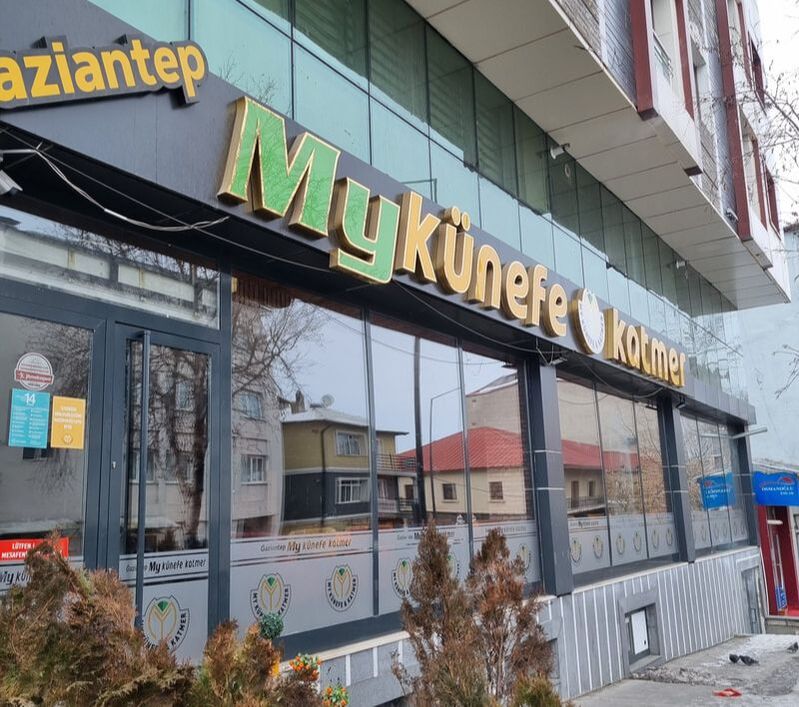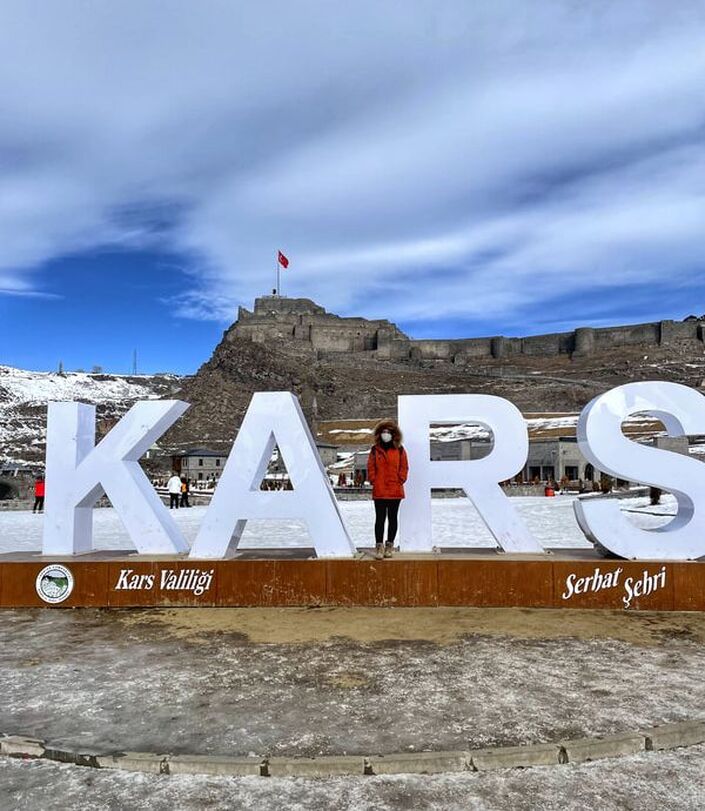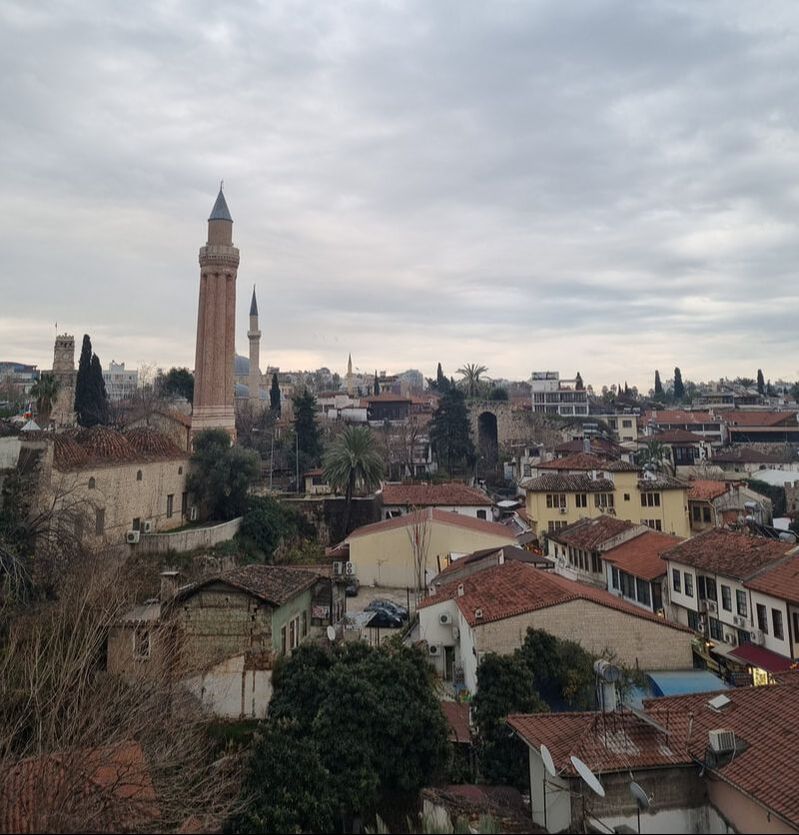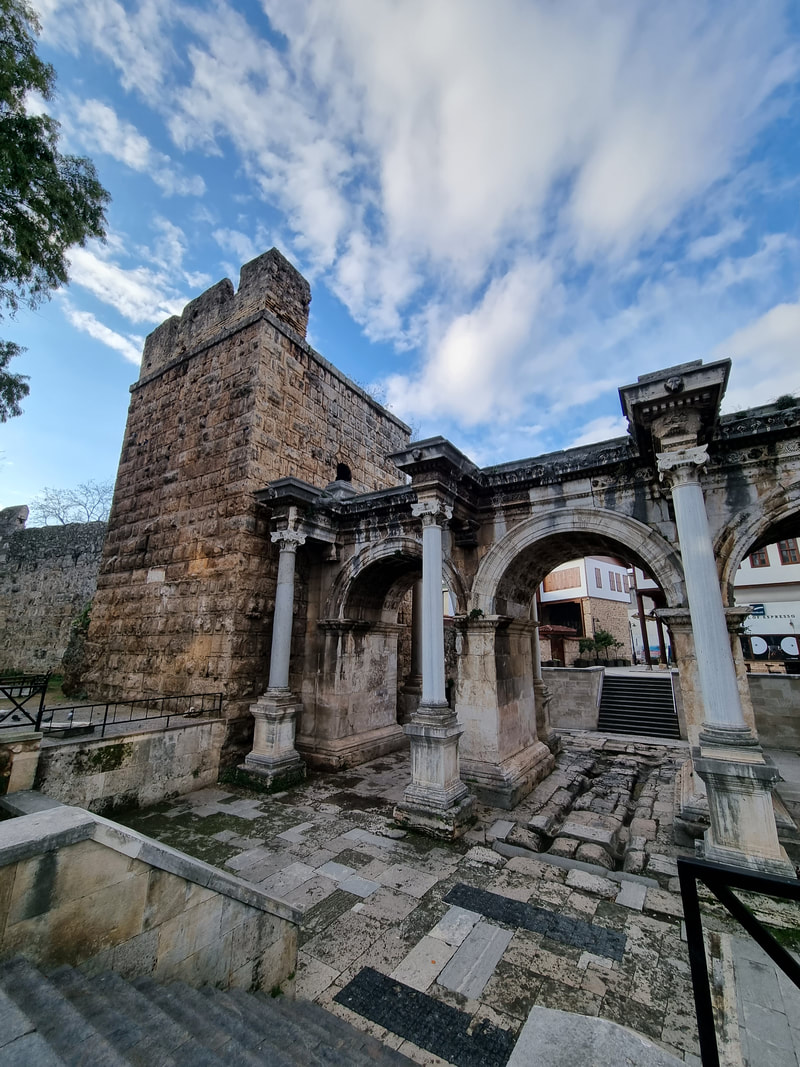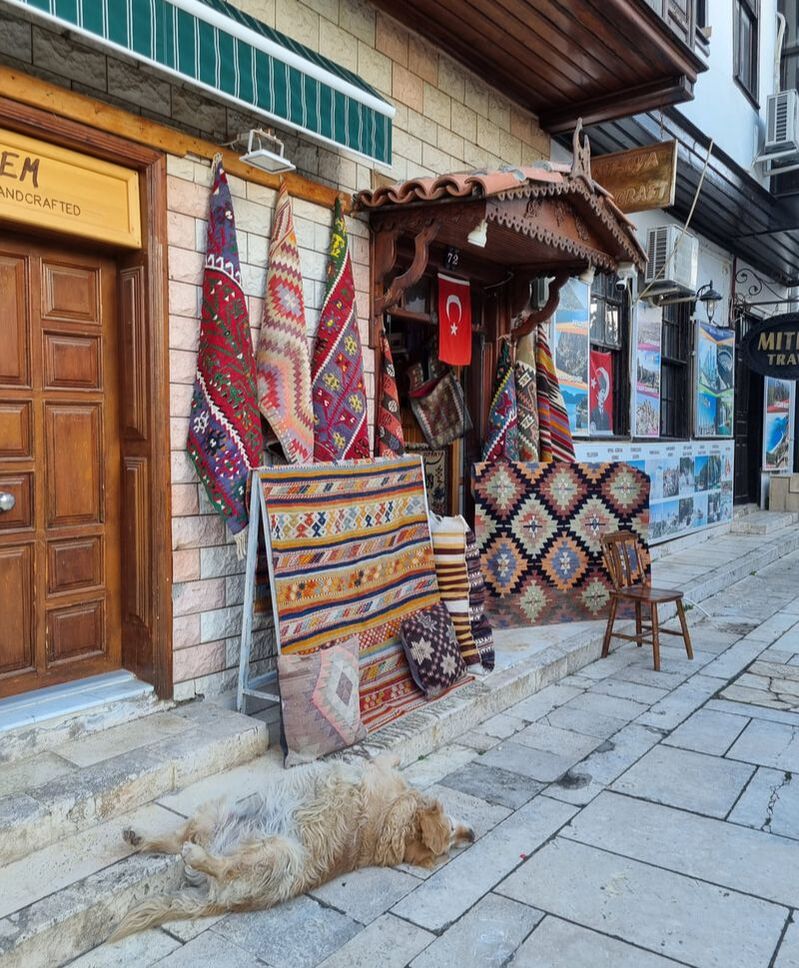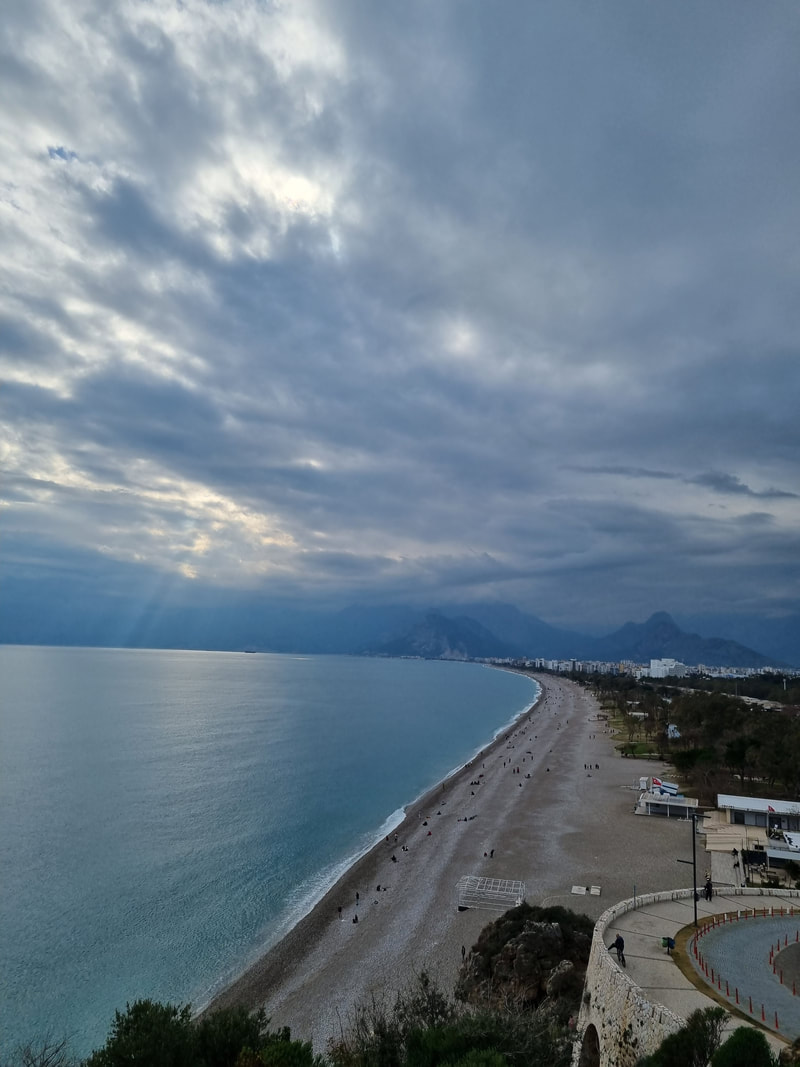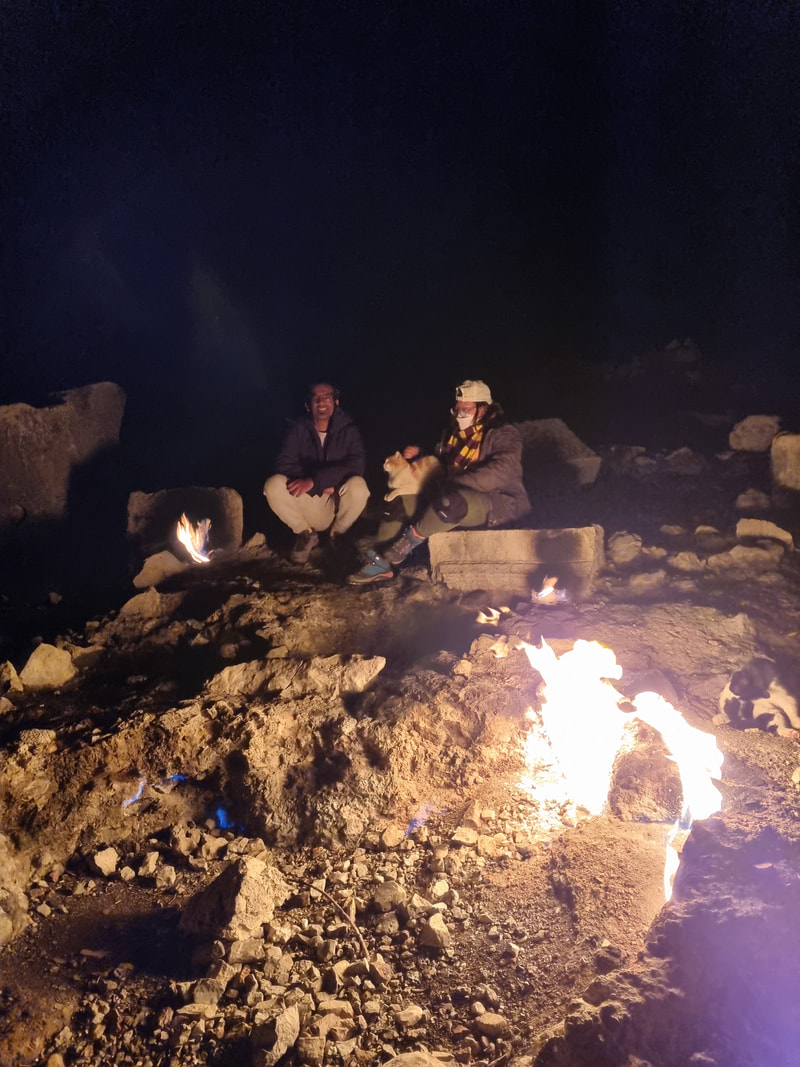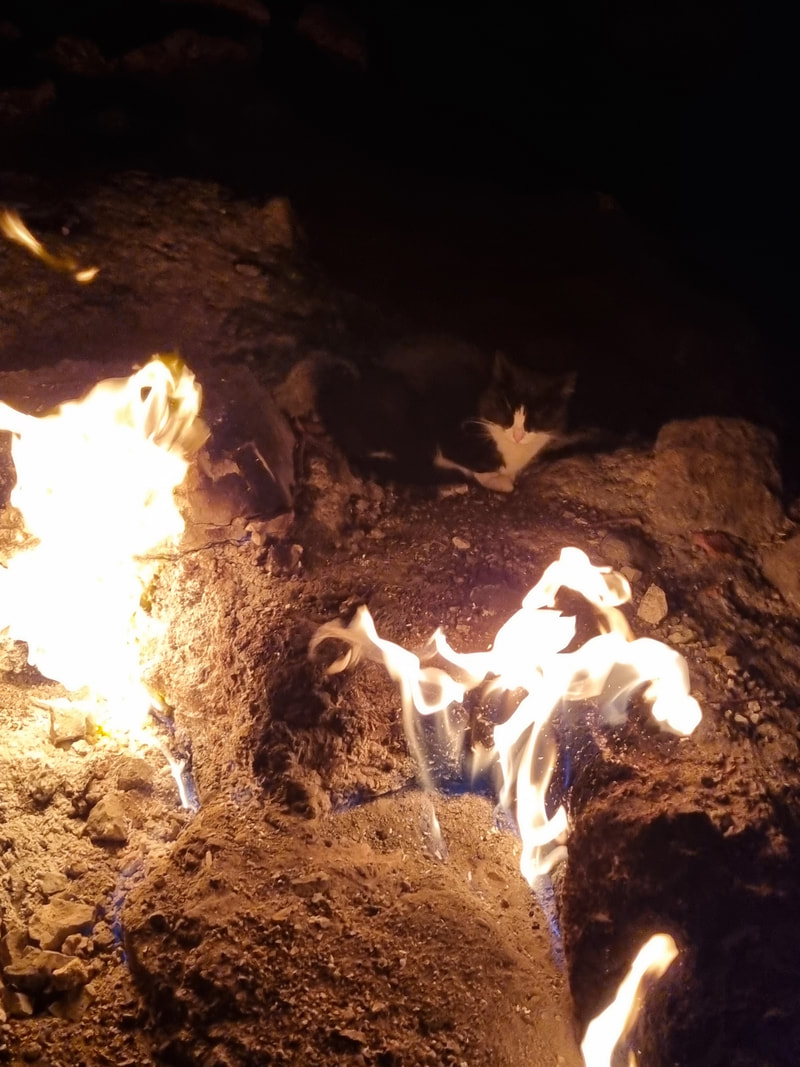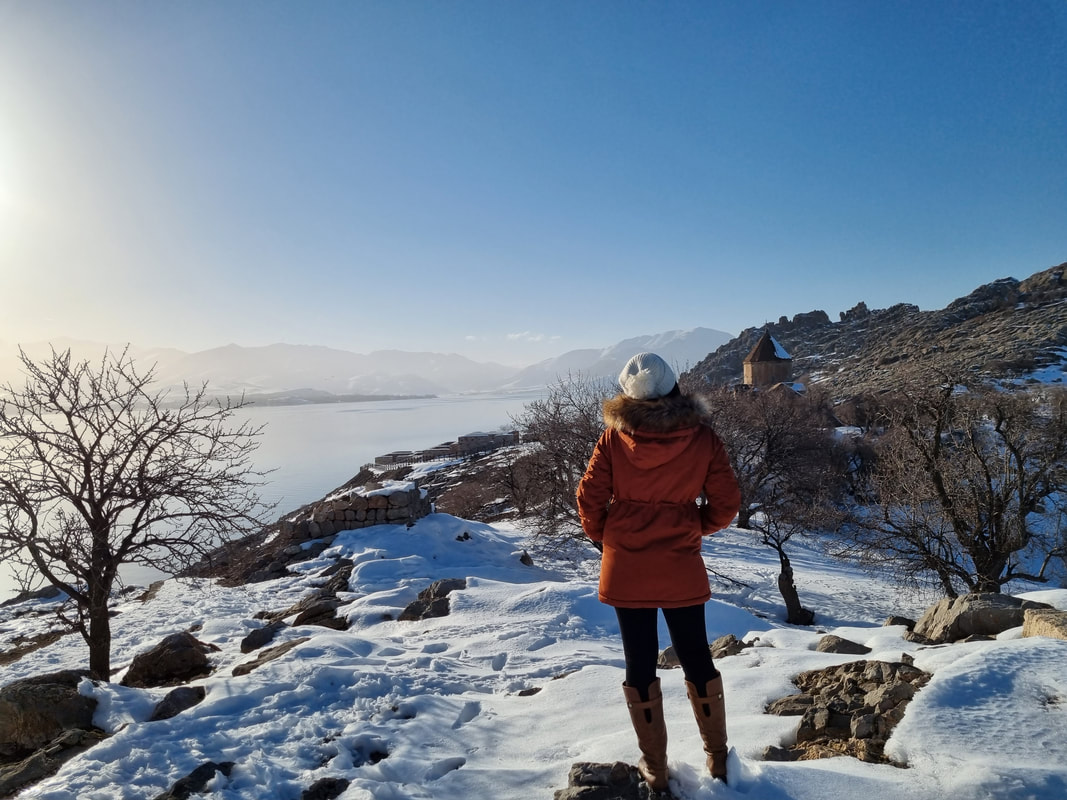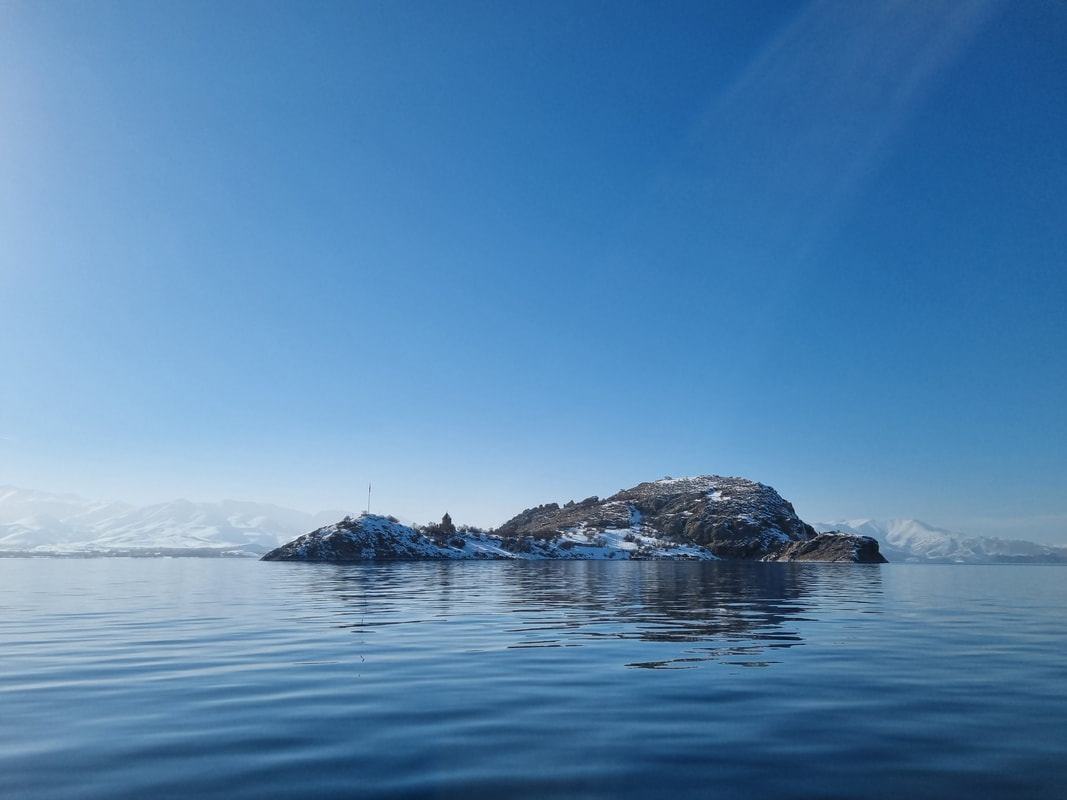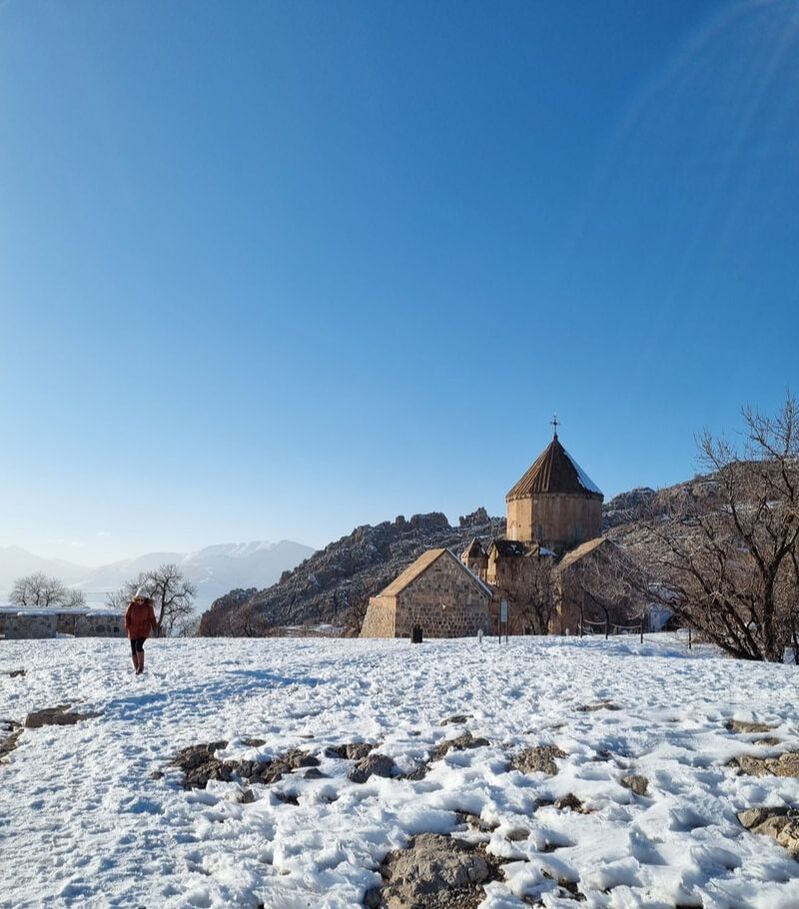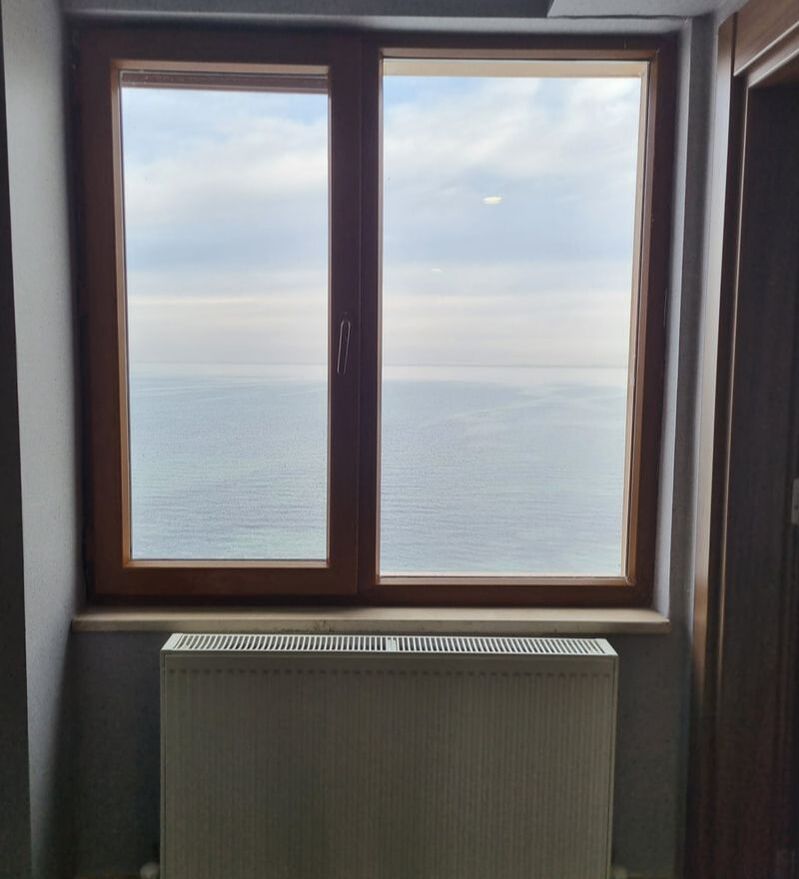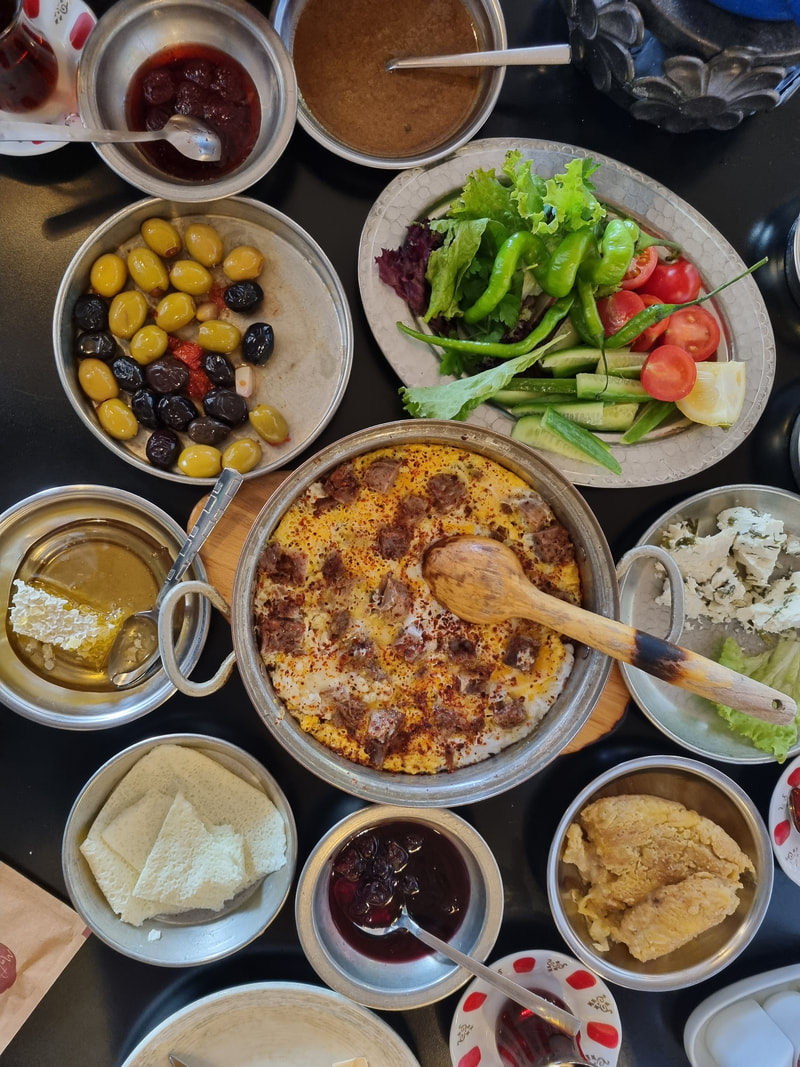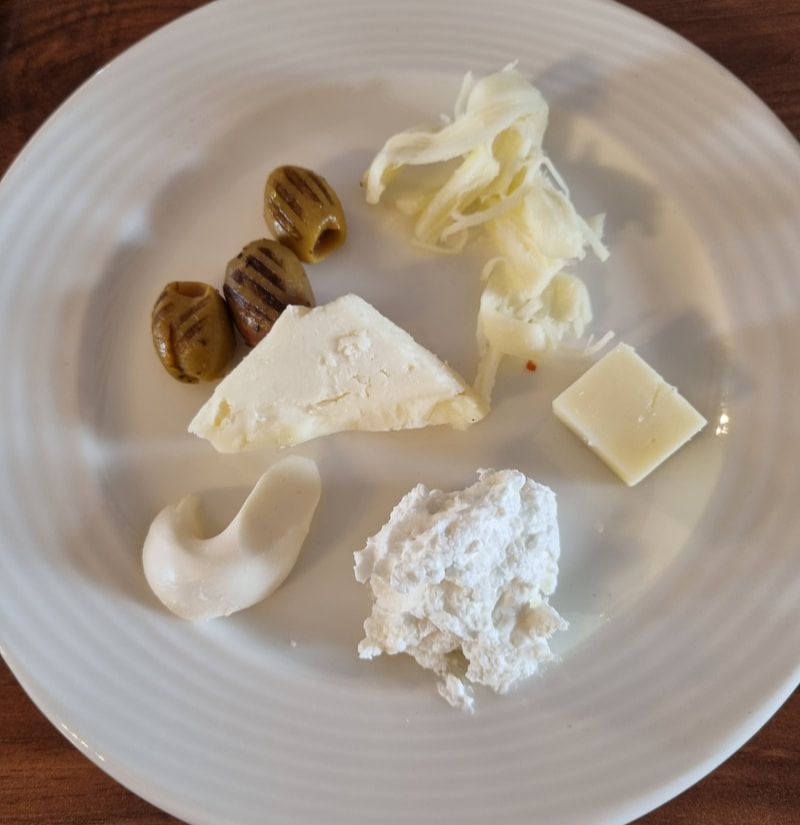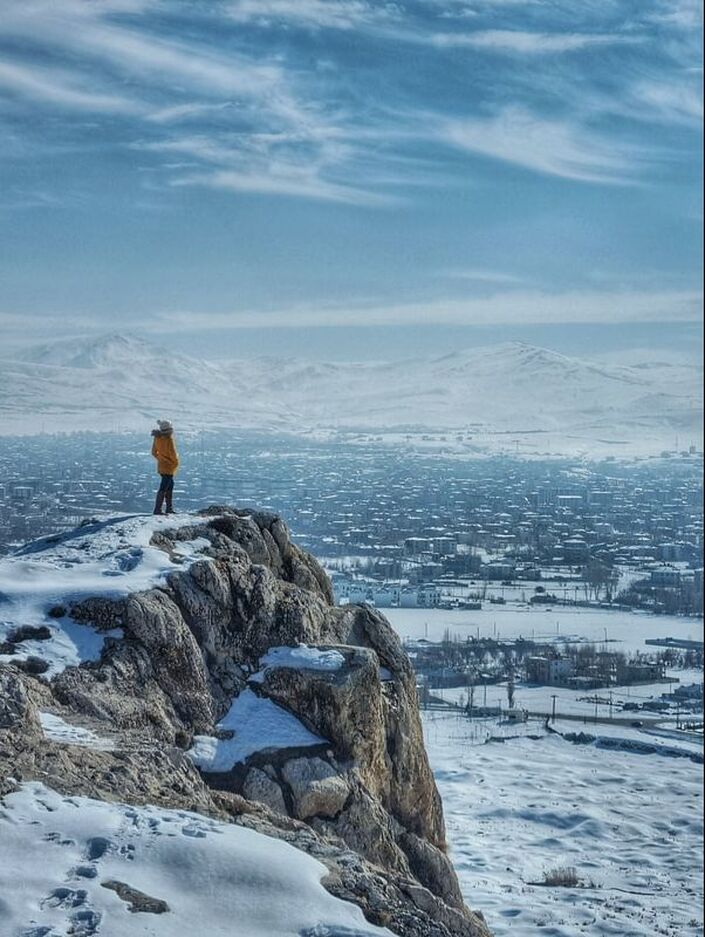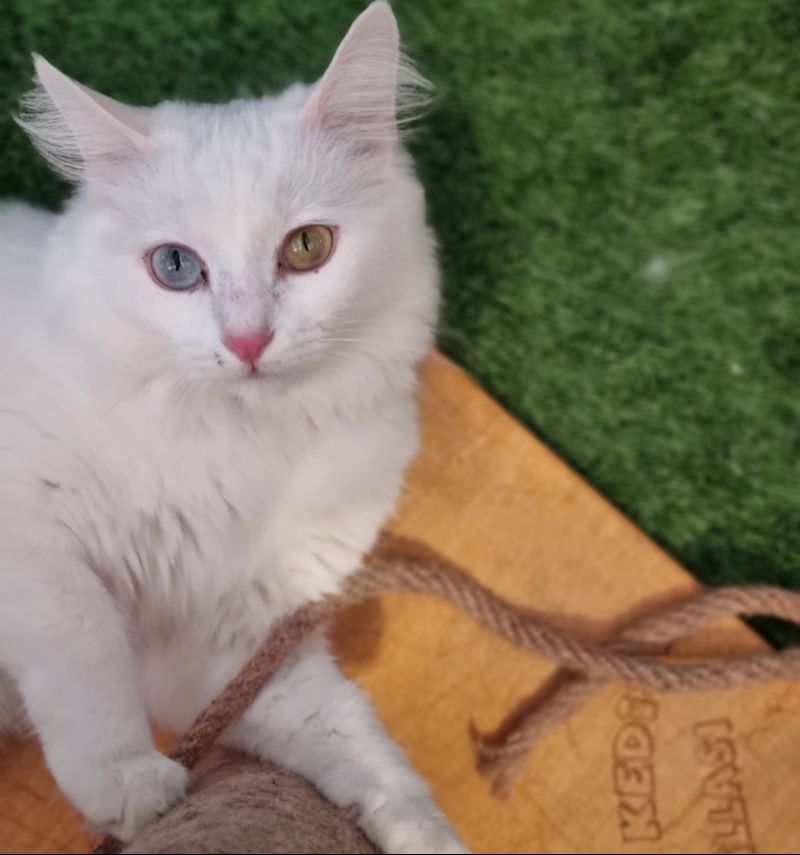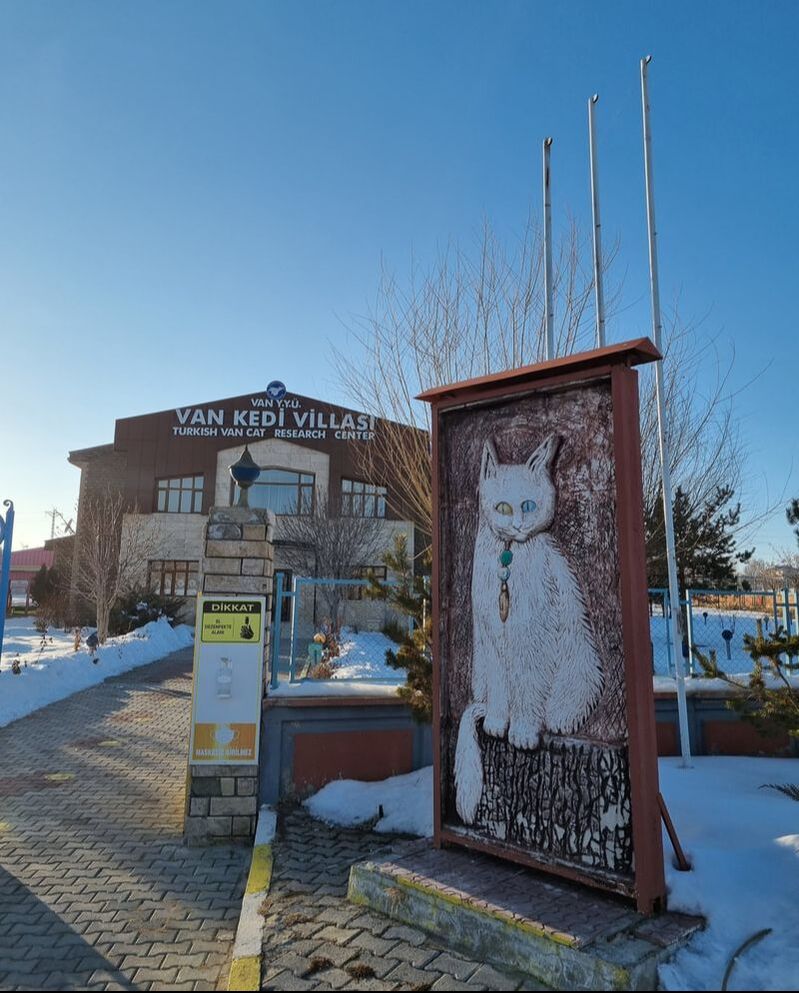|
Chiang Mai, a slow-paced city located in the mountainous region of Northern Thailand, is a great place to go to unwind. It’s accessible, with Grabs and buses and tuktuks everywhere around town to take you places, and if renting a car is your choice, driving is the streets is also a fairly easy affair. I’ve been to Chiang Mai twice in my life, the first time with a fellow girlfriend who needed a little retreat after a nasty breakup, and the second time a last-minute decision, filled with a completely different set of experiences than the first. Combining both of my experiences, here is a list of what I think you should see and do as part of your adventure in this historical, scenic region. At Wat Phra That Doi Kham, you get to observe locals on a day of worship and the vast landscape of Chiang Mai 1. Visit Significant Temples of Chiang Mai One noticeable trait about Chiang Mai you’ll notice is how spiritual their culture is. Buddhism is the center of most people’s lives, and you see this from as small as daily gestures of getting blessings before opening restaurants for the day, to the grandiosity of large statues of the Buddha, reminding you just how important beliefs are for the Thais. Whenever I travel I enjoy visiting spiritual establishments not only to appreciate their peaceful vibes, but to also get the feel of centuries of spiritual history often associated with these places. Regardless of what you believe (or don’t believe), I really do recommend visiting a temple or two while in Chiang Mai. At Wat Umong, for example, you’ll get a chance to see the old tunnels built by the monks to escape the war. It’s quite an amazing feat. The temple itself is located at a large area with lush greeneries, perfect for a day’s stroll. At Wat Phra That Doi Kham, you’ll be rewarded with a beautiful view of the city from a high vantage point, and while you’re at it, enjoy the various snacks and fruit drinks sold by the temples. Chom is enlisted in the Michelin guide, but there are also a few others scattered around the city! 2. Sample Some Michelin-Standard Thai Cuisine Thai food. It’s world-renowned. But to elevate your dining experience, why not sample some Michelin-listed restaurants in Chiang Mai? With reasonable prices that won’t break the bank, that is. Chom restaurant is an instant favourite of mine, welcoming you in via an elaborate entrance of waterfalls, streams and large lush trees. The seating is comfortable, and the menu extensive, boasting a wide range of local delicacies fit for any dietary needs. Special honorary mention goes to its pomelo salad – a heavenly mix of pomelo flesh bursting with sweetness, a sharp sour dressing and fresh herbs. Chiang Mai’s favourite local dish, Kao Soi, which is a noodle soup variation that’s spicy, creamy and rich, can also be sampled at a Michelin restaurant called Kao Soy Nimman. Delicious local dishes to try at the many restaurant options I listed below 3. But While You’re At It, Try Other Local Delicacies Too Yes, of course it doesn’t have to be Michelin-rated to be delicious. There are plenty of just as-worthy places to eat around Chiang Mai. From seafood restaurants, humble hawker delights to vegan havens, you’ll be spoilt for choice. Mira Restaurant – A certified halal restaurant, this place has something you have to try when in Chiang Mai. Khantoke, which basically describes the pedestal tray the food is served in, comes as a large platter filled with bits and pieces of delicious things – fresh sausages stuffed with herbs, cuts of roast beef, blanched vegetables, different kinds of chili paste to dip all of these things into, and steamed glutinous rice. It’s a spicy and interesting combination. Reform Kafé – A vegan café (don’t knock it until you’ve tried it. I brought friends who were all skeptics, and they loved it in the end) with a beautiful semi-outdoor setting, Reform Kafe boasts an extensive, plant-based menu. I implore you to try the spicy tofu, cubes of crispy tofu smothered in a dry chili paste. Another must try item on the list would be the tea leaf salad (Burmese salad), a tangy fresh crunchy concoction of crisp vegetables, herbs, tea leaves and crunchy nuts. Cat House Café – For a chill breakfast experience, head over to this cute little café by the roadside. It has a good mix of western and thai breakfasts, and I particularly loved the cheese avocado sandwich where they used local avocados and housemade bread. Dantewada Land Of Angels Waterfall Park – It’s a bit of drive out of town, but the entire place is a worthy immersive experience. The café is located right in the middle of a waterfall park, which is a manmade waterfall series with streams, gardens and gorgeous trees. It’s a great place to spend a few hours of lunch time in. The café itself has an array of choices, I had the snapper dry curry which was scrumptious, served with white rice. Donuts Stall Right Next to Kao Soy Nimman – It is allegedly the ‘best donuts in Chiang Mai’, and you know what? I believe it. It’s just a small stall located right next to the Michelin-rated Kao Soy Nimman, selling only donuts. I’ll describe it; it’s like a eating a fluffy cloud and the custard dipping sauce is a delicious addition. They are no seatings, so it’s best packed and consumed on a park bench or you know what? Right after you buy it, stuffing your face as you walk along the roads. It's not slippery at all, one can literally climb up it barefoot! 4 Try Climbing The Sticky Waterfall of Namtok Bua Tong-Nam National Park About an hour’s drive from Chiang Mai city towards the North is the Namtok Bua Tong-Nam National Park. Here, you can find a very peculiar waterfall. At a first glance, it looks like just another majestic tropical waterfall, streams of water gushing down the hills amid thick rainforest greens. But then you’ll notice the rocks beneath the waters are strangely white. If there are locals around, you’ll also notice that they… climb up and down the waterfall. With no harnesses or safety gear. The simple geological explanation is that the natural waterfall flows on top of Tufa, a type of rock precipitate that are not slippery at all, giving you a great grip as you walk up and down the incline of waterfall. It’s a beautiful place to have some fun with your family or friends, and certainly a unique experience from other waterfalls you might have been to. You can easily get here from Chiang Mai via a car or scooter rental. The night market is a great opportunity to try local snacks, buy local products/clothing and even just to browse through 5. Get Your Steps In At Chiang Mai Night Market The Chiang Mai night market is a very long, elaborate stretch of street which is easily the pulse of night life in city. Located near the Old Town, it’s not hard to find at all – just follow the lights and the crowd! You can find anything here from food, snacks, drinks, local durian, clothing, shoes and even home utilities, or it’s just a nice place to walk around. Be warned that because of the weather, expect to be completely drenched in sweat by the time you’re done, and it could also be very crowded if you’re there during the weekends/holidays. Cooking At Home is a great option to take cooking classes, amongst many others 6. Take A Thai Cooking Class Probably not something to with kids, but I’d definitely recommend this activity especially if you love Thai food. Cooking classes (whether half day or full day) is very popular in Chiang Mai, and it involves not only a fun and interactive class (for the most part, the tedious things are already done for you, like cleaning produce etc) but also a trip to the market and usually wrapped with an eating session of all the delicious things you’ve made. It’s a great way to make new friends and meet other travelers too. You can easily book these classes online depending on your budget and preferred duration, otherwise your hotel will also happily help you find one once you’re there. 7. Pamper Yourself With Some TLC At A Thai Spa There is no use recommending you a specific place – Chiang Mai has an abundance of massage parlours and spas, found scattered in almost every major street of the city. It’s a dynamic scene, filled with a myriad of treatments and different levels of luxury, depending on what your budget is and what kind of pampering you’re looking for. A quick foot rub, for instance, takes only 30-40 minutes at any time of the day, whereas if you want to really go to town, you could also do a 4-hour treatment! A very friendly giraffe at the safari! 8. Channel Your Inner Child At Chiang Mai’s Night Safari Aside from eating out and the night market, there aren’t really many family-friendly activities in Chiang Mai after sunset. However, the Night Safari is certainly something that is fun for everyone. Well kept, spacious and interactive, the Night Safari experience has a few stations, like Herbivores, Night Predators and Animal Shows. Upon the purchase of your ticket at the entrance, you could choose whichever ones you’d like to go for first. The Night Safari trains are frequent and accompanied with a guide, who would explain what animals you’re seeing and some fun facts about them. The animals all seemed healthy, well-fed and friendly, and you could even try petting them if they approach. There are also snack bars inside next to a man-made lake for you to take a breather. Mae Kampong Village seen from the top of the hill 9. Make A Day Trip (Or Two) At Mae Kampong Village A highly recommended activity, although it is a little out of town. You could opt to get there via your personal car rental, or even via a direct bus that can be taken from Van Station Sankamhaeng (the bus leaves every few hours, so it’s best to come to the station the day before just to check the timetable or get your tickets in advance). The drive takes about one hour, up some winding roads which will lead to the Mae Kampong Village nestled in the green hills. There is also a van that can easily take you back to the city again in the evenings. The village itself is small, quaint and charming. You could spend the day checking out the small shops, trying the local cuisines in one of the village restaurants, or just chilling at one of the scenic cafes that overlook the mountainous landscape. It’s a beautiful glimpse of the more rural and raw Thailand, away from the hustle and bustle of the city. The cabaret show will for sure show you a good time! 10. Watch A Live Show – Cabaret, Muay Thai Boxing
On weekends especially, there are cabaret shows and muay thai boxing matches that you can catch around the city. Both entertaining for different reasons, you’ll get to enjoy them with both local and international crowds (however, be warned that sometimes it can get a little rowdy too). Nonetheless, they’re both fun experiences and a great option for a night out in the city! Ahh, Edinburgh. It seems like a city that lives in both the past and present. The moment I arrived, in a late spring evening after a horrendous incident of missed flights, I was immediately smitten. The first thing I saw when my train dropped me off in the middle of the city is a large gothic structure, dark and skeletal, a contrast from its surrounding lively streets of modern city. Edinburgh makes no effort to hide its medieval history, and why should it? Set in the middle of scenic Scotland, it retains its old charms while also bursting with culture, a melting pot of students and lives from all over the world. You see the diversity in the restaurants, the people boarding buses, and food stalls in the morning markets. But you’ll never miss the native identity of Scotland, the streets lined with old buildings made of beige stones, churches sturdy in corners of the city, and the castle perched on top of the granitic hills. It’s also exceptionally green in the city thanks to the constant rain all year round, making it all the more pleasant for walks, excursions and exploration. Here are things you must try to do when you’re in the city. Bask In The Hustle and Bustle of City Life At Princess Street Princess Street is a great place to center yourself in Edinburgh. It pulses with people, from locals going about their daily lives to throngs of tourists sightseeing. The buildings are modern, it’s the hub for most bus routes, and there are blocks of shops, restaurants and pubs. Walk along the main street that faces the hills where the old Edinburgh is – the view is quite something. Across the main road is the Princess Street garden, a popular spot to sit back in one of the benches or take long leisurely strolls overlooking the panoramic view of old Edinburgh. On a sunny day, go into the nearby Marks and Spencer right off the street, grab some snacks and have a gorgeous picnic here. The Scott Monument, a tall gothic splendor piercing through the modern buildings makes for a very appealing photo stop (I did. A few times. Good luck clearing the crowds though). On weekends expect live street performances of music and bagpipes echoing along the street, adding to vibes of modern Scotland. Sample Some Local Delicacies At The Morning Outdoor Market I sound like a broken record, but truly: one of the best ways to experience a new place is by experiencing its cuisine. The Edinburgh morning market is the perfect representation of what the city is all about. On one hand, you’ll find amazing local products and traditional Scottish cuisines like cheeses, pheasant soup, pies and preserved meats. On the other, there are also popups showcasing the diversity of the people in the city, like stalls selling curries, dumplings, paellas and even Utopian stews. Make a point to visit a morning market and spend ample time browsing and sampling to your gastronomic content. Channel Romance At Dean Village At face value, Dean Village is truly just a small city village with quiet old buildings lined along a serene Water of Leith (it’s a river). And therefore, expect to do nothing here except take a long, long walk around the buildings. Good weather is imperative for a good experience here, so it’s worth planning your visit around a forecast. Dean Village gives a glimpse of the simple Edinburgh living neighborhood. The buildings are old but well-preserved, you’ll walk down cobbled streets passing by the river, and the roads lead in and out of lush city parks that definitely channel some of those British romance novels you would’ve read at least once in your lifetime (or watched). Explore The Many, Many, Many Independent Bookshops Scotland is the birthplace of many significant and prolific writers – think Sir Arthur Conan Doyle, Sir Walter Scott and helloooo JK Rowling. Scots are also avid readers, and you could easily see this from the sheer volume of book shops around the city. There are the newer establishments selling glossy new editions of this century’s budding writers, sure, but for me the real gems are the second hand book shops, independent business nestled in cozy little stores by the street, showcasing old-bound editions with that oh-so-heavenly smell of books. More often than not I found myself spending hours just browsing down the aisles, shop after shop, marveling the early 1900s edition of novels and illustrations. If you’re lucky, you might even find one with handwritten notes from a loved one of the owner decades ago, a reminder of the passage of time. I would recommend specifically: Armchair Books, Edinburgh Books. Walk The Royal Mile The Royal Mile is essentially a large road that leads you up the hill towards Edinburgh castle, lined with century-old buildings now converted into shops selling all manner of Scottish products. Always with throngs of tourists, it’s a lively area, with a dark gothic church in one corner and cafes dotted around for you to sit and watch the world go by. More often than not there would be bagpipes being played along the street, adding to the atmosphere. An interesting feature that can be observed here (and many more places around the city, actually) are the hides. These are small narrow lanes that you can access from the main street, and these serve as a pathway during the medieval times into the back alleys of the main street. At the Royal Mile, some of them boast beautiful secret views to the city (as we’re now uphill), and it’s a fun little task to uncover what some of them has to offer and you move up towards the castle. Try Local Produce In Season (Cook, Or Check Out Local Restaurants/Pubs) I’m going to sound like a broken record, but truly! The best way to discover a new place, a new culture, is via what’s being served on its plate! Dining locally gives an insight to the kinds of produce the locals consume, and the palette that’s exclusive to the area of that region. But what is British food? I hear you ask. It doesn’t always have a good rep, but Scottish food has its own personality. Edinburgh food scene is diverse, a reflection of its mix of cultures and heritages. I recommend going to Howies for its excellent fish dish, Queen’s Arms for proper pub grub (Sunday roast! And they even have a vegan option!), the Miles (it’s a franchise I know, but it’s really good!) for a potato and onion pasty (trust me on this), Thai for its pad thai (it will surprise you, in a good way), Mimi’s Bakery for its Victoria sandwich cake (proper British dairy cream, so so good), and here’s a bonus tip: pop into Marks and Spencer and get its Ultimate Trifle and eat it by the spoonful; it doesn’t get anymore British than a trifle, folks. Go For A Hike Around Holyrood Park I’ve been to many cities around the world, and I’ve got to hand it to Edinburgh for being one of the most walkable yet. The city is designed to cater pedestrians, with large walkways and proper facilities to ensure it is safe for you to walk around and across the main streets. But it gets even better – there’s a large park right in the middle of the city! Centered by the Eton Hill, the Holyrood park is a serene, green piece of tranquility perfect to spend a sunny day in. the trails are well marked, clean and scenic, offering sweeping views of the city and a peek of the Eton Hill. If you feel like it, you can certainly hike up to the top, but even if you don’t, walking around the hill is a blissful experience by itself. Wear proper walking shoes, pack some water and snacks and if the day is fairly sunny, don’t forget your sunscreen! You can navigate yourself towards the Swan Lake, a beautiful little place with exactly what it says on the tin – swans! As per usual when it comes to Scottish weather, it would be smart to check the weather forecast prior to going, or have a raincoat handy in your back pack just in case! The Grassmarket For Some Epic Ice Cream, and an Equally Magical View Do these things, and do these things in this particular order. First, get yourself to Grassmarket. You can either walk there from the city center or take a bus (use Google Directions for bus schedules, they’re pretty accurate). Then find a place called Mary’s Milk Bar. It’s a small ice cream shop, and it’s special because it changes flavours everyday, showcasing really interesting and unique flavours that are also delicious. The queue is long but moves fast, so be patient. Get your choice of ice cream. Now that you’ve got one, find a large staircase located just next to the shop. This staircase is call the Vennel. Go up that staircase. Keep going until you reach the top, ice cream in hand. When you do, turn around. You’ll find an epic view of Edinburgh castle. It’s probably one of the best view points in the city. Sit on those stairs and enjoy your ice cream and the view. You’re welcome. Chill At The Graveyards (Yes, Really) Why though? Is what you’re probably thinking. The graveyards in Edinburgh are well kept, sure, but there are also other very good reasons to pay them a visit. The eerie quiet that feels melancholy to sit in. The amazing views (they are usually located on top of hills or along a terrain). Famous graveyards (James Hutton! Father of Geology!). It’s not even totally weird if you bring a sandwich and eat by the grass overlooking the ancient stones that mark the deaths of the many Scots over the century. Relive Your Harry Potter Dreams At Victoria Street The city is practically a mecca for Harry Potter fans. The characters, locations and scenes were literally conjured out of Edinburgh after all. In particular, the author, JK Rowling, has said that she used Victoria Street as an inspiration for Diagon Alley, the famous street in the Harry Potter series where wizards and witches would go to buy their wands, magic brooms and robes. When you do get to Victoria Street, you’ll feel the enchantment immediately. The curve of the cobbled street, the Harry Potter-themed shops with all sorts of merchandise to bring home, the cafes to sit and get a good view of the street on a busy day – you can truly relive your Potterhead fandom and fantasize yourself as a character in Rowling’s magical world, perhaps. Check Out The Old University of Edinburgh It’s old. Like, really old. 440 years old, to be exact. The University of Edinburgh has also graduated some well-known figures over the centuries like Charles Darwin, Alexander Graham Bell, Sir Arthur Conan Doyle and of course, JK Rowling to name a few. But most of all, for us, fellow peasants, the University grounds is perfect for a stroll. The buildings are ancient but well-kept, there are parks to walk through and watch dogs have the time of their lives, and you can get lost in the crowd of students and academicians, all bustling through the buildings like they have somewhere important to be (lectures, or maybe pubs, most probably). Visit the main library, bask in the beauty of the Surgeons’ Hall, or take a stroll under cherry blossom trees lining the streets around The Meadows. It’s like reliving your days as a student, except without all of those… assignments and thesis. Thrift Shopping Along A7 and South Bridge Streets
There is something magical about thrift shops. They’re usually tiny, but packed with all kinds of things you might and might not expect. In Edinburgh, they are usually for a good cause, supporting a specific charity licensed by the government. Step into one to escape the dreary weather and find yourself surrounded by random items, some brand new with the rest laden with history. A leather jacket that will only look better with age. Old books with notes from the previous owners (the best!). Designer handbags, well-kept and less than half the original tag. China tea-sets. Peculiar looking tops from the 80s. Classical music vinyls. Board games they don’t make anymore. The possibilities are endless! Although there any many second-hand shops scattered around the city, I thought the A7 and South Bridge Streets have the most lined up next to each other, and it’s a fun idea to spend a rainy day in. Alright, I’ll say it: Tunisia might be one of my top eating experiences to date. Perhaps because it has a mix of a little bit of everything, thanks to its colourful history – there were of course the Berbers and The Carthages, and then in came The Middle Easterners, The Turks, The French. What this results in is a variety of tastes in its culinary adventure, all wrapped up in a uniquely-Tunisian blend of spices, beautiful local produce and seaward location. Here is a list of dishes and food I implore you eat, and yes, arranged in the order of priority (based on my personal preference, of course). Shakshuka, or Ojja It’s always the simple stuff that’s the best, isn’t it? Found in pretty much every corner and region of Tunisia, shakshuka, or more commonly known as Ojja here, is an almost fail-proof choice for a delicious hot meal. The main ingredients are onions, peppers, tomatoes and eggs (with runny yolk), but you’ll find variations of it often. Some have merguez sausages for an extra kick, some have slight variation in spices, some have seafood in them and so forth. Even if you’ve had shakshuka before in other places in the world, you’ll need to try some in Tunisia to experience their own local spin on it. This dish is always served with a bottomless basket of bread to dip into the delicious sauce and runny eggs. Fish Couscous A celebration of Tunisia’s long coastlines, fish couscous comprises of fluffy cooked couscous topped with a generous portion of fish stew. The fish stew is made with fresh whole fish, a light blend of spices and some root vegetables. The Tunisians really know how to cook their fish, as the poached flesh is soft, well-seasoned and not dry at all. The portion of a plate of fish couscous is often large, so be sure to share! Or maybe not, if you’re really on a mission. Actually, Any Type of Couscous Well, couscous is pretty much a national staple in Tunisia. One can have it in many ways, with fish, chicken, red meat, and even simply prepared with herbs. If you can, you should try these variations. I had some that was simply steamed and stirred through with some fennel tops by my host in Monastir – they were so fragrant and delicious. Brik Au Thon What it looks like; a large fried pastry with some kind of filling in it. What it is; a large fried pastry with tuna and a RUNNY EGG YOLK. The bulk of its satisfaction is the part where you cut it in half and the yolk runs out onto the crispy pastry and the tuna filling, and the rest of the enjoyment is the part where you, well, eat it. A great appetizer, it’s a balanced mixed of crispy exterior, fatty yolk, salty tuna and a sharp cut from the lemon juice, often squeezed right before you devour the entire thing. Bamboulini Wafting down the walking streets of Tunis Old Town or Sidi bou Said, you’ll smell fried dough. And true enough, it’s fried dough in one of its bets forms – a bamboulini. It looks like a giant donut, and to a certain extent it is. Fried gluttonous rings, rolled in sugar, and best eaten hot right when you buy them. But the texture is much more airy than your regular donut, and the sugary hit as a replenishment for your long walks around the city is rejuvenating. Bonus? It costs a mere dinar each (slightly under RM2), so you can have another, and another… Kaftaji Fried vegetables, runny fried eggs, Herbs, Harissa, all chopped together into a plate, eaten with either fries or bread. It doesn’t sound like much in retrospective, but the combination of flavours are just delicious. A great option for a light lunch or a warm tea-time, it’s fuss free, cheap and available almost anywhere as a common street food. French-Influenced Delights – Pastries, Cheese & Crepes The Fench came, and of course left behind some of their culinary influences. A delightful surprise to me was the quality of the pastries. Rich, buttery and flaky croissants and pain du chocolat are widely available in boulangeries found easily in cities or towns. I daresay some of them rivals the ones I had in France. Crepes are also common, and there is nothing better than enjoying one on a cold evening at a café. The cheese and butter scene is also a robust scene in Tunisia. Local cheese and dairy products made with high quality produce and a lot of care, they’re amazing to enjoy before a meal, or as a snack. Might I recommend the goat’s cheese, snowy white and absolutely dreamy with a piece of bread. The Red Meat Yes, none of us should eat that much red meat. But when in Tunisia, it’s a shame to not sample them. A meat-eating nation, they do lamb especially well, often succulent in stews and charred over some barbeque to eat with some salads. But a unique type of sausages are also popular here, called the Murguez sausages. Heavily spiced in a sheep’s casing, they are widely found in North Africa in general. Eaten on its own or as a flavouring in stews and shakshukas, be sure to try them and observe how the spices change differently in each region of the country, too. Makrouth I must admit I was not convinced at first. They look like bite-sized pieces of extremely sweet, sugary glazed dry snacks, but upon consumption I found that the delight lies in the paste in the middle of the pastry, made from dates mixed with nuts. Although there are many variations, I would recommend this one on the picture in particular – I think it has the right amount of pastry, sugar and nuts. Top tip: It makes for the most fun roadtrip snack, and the sugar rush would certainly beat the afternoon doozes on the road. The Seafood It faces the Mediterranean, after all. Fruits de la Mer, or Fruits of the Sea, basically seafood is an important part of the Tunisian diet especially in the North East side of the country. You can opt for a simple plate of grilled fish with a squeeze of lemon to sample the freshness, or for a unique take, order yourself a plate of seafood ojja, or seafood shakshuka. Delicious shellfish, squid and prawns poached in a mildly spiced tomato concoction is a beautiful way to enjoy local seafood. Harissa Harissa is basically the sambal for Tunisians, i.e. can be had with everything and anything, at any time of the day or year. If you’re eating at a restaurant, expect to be served a version of a meze with some form of harissa in it. The best way to sample it in my opinion is with a douse of local extra virgin olive oil, and paired with some warm bread, you’ll soon find out why this roasted pepper paste is a must for the local palette. Local Fruits in Season North Africa has four seasons, although the locals will often tell you there are only actually two – very hot and very cold! That being said, the changes in season, no matter how subtle, means there are seasonal produce all year round. And as always, consuming fruits and vegetables when they’re in season is the best way to enjoy them. While I was there I had the chance to bask in the peak season of oranges and the beginnings of the strawberries, and since they’re abundant, these are relatively cheap and absolutely bursting with sweetness. You can easily get a hand of the seasonal produce at the local farmer’s market (there’s always one in every town and city, just ask around), or at one of the grocery stores around. Mint Tea It’s the Arabic influence, and you’ll find similar cultures in Turkey as well. Tea houses can be found everywhere, and you can pop into one and order yourself a cup of hot, sweet mint tea. Don’t be intimidated by the fact that there are only mostly men in these tea houses – they’ll give you a strange look if you’re a woman suddenly popping into the cigarette-smoke haze of tea shops, but no one will bother you. If you’re feeling adventurous, elevate your regular cup to a tea with nuts. Sometimes they’re laden with a medley of all sorts, sometimes you’ll find a few pine nuts soaking in your sweet tea. It’s an interesting approach to drinking – tea and snacks all in the same cup! Tunisian Tagine Unlike the cone-shaped Tagine you’ll see in Marocco, the Tunisian tagine is a jar made of clay. The meats and spices are placed into them, the lid is shut tight by pasting some bread dough to keep it tight, and it is cooked for hours and hours to make sure the meat is tender and everything in there is just a collaboration if flavours. When it’s time to eat, the tagine will be broken, and you can help yourself to the delicious stew inside. Some restaurants require a few hours heads up prior to your order, so it’s good to ask before your meal time. The Olive Oil Like the Spanish, the Italian and the Greeks, Tunisians believe their olive oil is the most superior, and will refuse to consume anything other than theirs, farmed in the Sahara desert. If you’re indifferent about olive oil then it probably doesn’t matter, but if you love a good olive oil this would be a great opportunity to sample the country’s produce. And yes, you can even buy glugs of them to bring home at just a fraction of the price as compared to buying them in Malaysia. Lablabi
Honestly, it doesn’t look great, does it? It looks like soggy pile of God-knows-what. That’s what I thought too, at first. But boy am I glad I put my prejudices aside and tried it anyway. Let me attempt to explain what’s it made of; pieces of bread, fried eggs, tuna, lemon pieces, capers, harissa, chickpea soup. Then all of these things are mixed together into a bowl, and mostly eaten for breakfast. The real art of a good lablabi is knowing exactly how much of which ingredient to use, so that you’ll get the perfect balance of tastes and textures. And as is with most Tunisian meals, the portion is usually huge! Tunisia feels like an amalgamation of history, of a past riddled with intrusions and revolts. It is unmistakably North African, the whiff of spices and milky skin tones of locals reminding you that you’re somewhere very specific on the world map, on a continent far from home. There are buildings in the capital city of Tunis that would take you straight back to Paris, narrow with large windows and slim balconies lining the streets. The mosques and Arabic signboards tell you that somehow, some time ago, the Middle Easterners were here. And of course the Roman ruins, their marble sculptures of well-fed women and public baths indicating their presence here on Tunisian soil, however turbulent that may have been. The country itself is a pleasure to roam and explore, from cool lush highlands to barren deserts quenched with scattered oasis. We’ll get to that, but for now let’s take a good long walk around its capital city of Tunis, and the things one ought to see and do in this bustling Mediterranean melting pot of culture and history. The duration one should spend in Tunis to do it justice varies. You can do a couple of days focusing on the main sights, but you could also take a leisurely 3-4 days to really take your time exploring the city. Whichever your choice, here are some of the things you should see and do while you’re there. From Top Left, Clockwise: The Bab el Bhar, scenes inside the maze of Souks. Get Lost in the Souk, the Old Medina of Tunis In every big cities and towns of Tunisia, there will always be an old Medina. After all, it is how these centers began in the first place – a souk filled with shops, businesses and houses all clustered together forming a medieval community. In Tunis, you can begin your walk within the old medina from the Bab el Bhar, or the entrance of what used to be the old fort. These days, the walls have mostly disappeared, but this historical landmark is unmissable, sturdy and thick in front of a courtyard surrounded by old buildings and a fountain. From Bab el Bhar, there are obvious entrances into the Souk, a maze of narrow streets lined of with hundreds of shops, selling everything from clothes, street food, home items, spices, carpets, you name it. There are also old libraries, houses of rich merchants turned into tiny museums, mosques, and restaurants serving hot lunches. You can easily spend an entire day here if you wish. And while you’re at it, don’t forget to look out for the brightly-coloured doors of the Medina. Each different colours represent a owner’s status – yellow doors are the houses of commoners, blue doors are the rich, green doors are for the imaams or mosques, and red doors are spiritual establishments. Fish couscous at Fondouk el Attarine, a gorgeous lunch restaurant nestled within the labyrinth of the Old Town. Eat Couscous, the North African Staple Laden with Flavour If there is one meal you should eat in Tunisia, let that be fish couscous. Couscous is a staple in the country, tiny grains made from semolina flour that cooks to become this tender, fluffy goodness which carries other flavours really well. Enter the Tunisian fish stew, made with fresh fish poached in a lightly spiced gravy, then poured all over the said couscous. The result? A bowl of light yet comforting dish, fragranced with spices that are specifically Tunisian. In Tunis, I recommend three places to try this dish. Restaurant Sfax for a feel of budget-friendly, local establishment with rustic fish couscous, Fondouk el Attarine for a fancier location (with a fancier price tag) with linen tables and a beautiful courtyard within the old Souk, and Café Essaad in Sidi bou Said for an entire fish plopped on a a bed of couscous for your feasting. Of course, for my entire list of food I’d highly recommend you to try while in Tunisia, go here. From Top Left, Clockwise: The streets of Sidi bou Said, souvenir shops selling all sorts of local art, one of the many beautiful wooden doors along the streets, view from one of the many rooftop cafes to sit and people-watch. Santorini? No, but How About Sidi Bou Said If you Google Tunis, chances are the photos that would appear most on your screen would be of a blue-and-white seaside town, akin to those you find on the islands of Greece. Well this would be Sidi bou Said, an old seaside town used to be inhabited by artists and religious figures. On a sunny day it is extremely charming; think cobbled lanes, whitewashed buildings with blue shutters, doors and rooftops, bougainvillea creeping up the walls and tiny shops and cafes selling art and coffee. Spending a half day here is imperative, spending an entire day here is a breeze. The best way to enjoy this town is to simply park your car in the available areas outside the Old Town, and then take a long walk up and down the hilly streets. It is as quaint as it gets, although in peak seasons it gets quite touristy. Bamboulini stalls are available whether you're at the Souk of Old Town, or at Sidi bou Said. Eat a Sugary, Doughy Bamboulini Not something that I saw as much of outside Tunis, and so here’s something you ought to try while in the capital – bamboulinis. They are essentially fried dough covered with sugar, sold by the streets while still warm. But unlike your usual donut, the texture is a lot more airy and chewy, and makes for a great snack while walking around the city. Sold at a mere one dinar per very large piece, you should truly delight yourself with this guilty-yet-worth-it pleasure. From Top Left, Clockwise: View from the rooftop of Dar el Annabi museum, one of the beautiful art pieces in Ennejma Ezzahra Palace, Turkish tiles and Roman ruins at Dar ben Abdallah. Marvel The History Of Tunisia In Museums There are plenty of museums around Tunis. Some are mansions of rich merchants turned into a gallery of carpets and antique furniture. Some are old religious schools now serving as both an institution and a place to marvel Turkish marble work. Some are open courtyards of overlooking the sea, an exhibit of the lifestyles of important (and privileged) figures of the past. In central Tunis, a complex of buildings called Dar ben Abdallah preserves walls and indoor halls adorned with intricate marble work, traces of the Turks. It is free for everyone to come, and you can lazily walk around the indoor areas to admire them. In Sidi bou Said, the Ennejma Ezzahra Palace is a great example of aristocrat living back in the times, with a large mansion facing the Mediterranean, open to the public. One can spend a good amount of time gazing at the luxurious interiors and beautiful art preserved in the building. For a sweeping view of the white-and-blue town, a visit to the Dar El Annabi rooftops is a must. The Bath of Antoninus is a sprawling area of ruins by the sea, a delight to explore. Check Out the Roman Ruins of Carthage Carthage is an ancient capital city located outside of the Tunis city center. Approachable via train, bus, taxi or your own rented car, it boasts an extensive remain of the Romans, who sieged the civilization of Carthage around 146 BC. Perhaps not as well preserved as the ones in Europe of Jordan, it still makes for a wonderful day trip, as most of the ruins are located in strategic locations offering vast views of the landscape. You can easily get a package pass from one of the museum counters in Carthage that will allow you a day’s access to the main sites – the Baths of Antoninus is a recommended main choice. From Top Left, Clockwise: A variation of the Tunisian tea - with a medley of soaked nuts, A tea house in the Souk, another variation mint tea with almonds and pine nuts, hanging out at tea houses and cafes is a common pastime for locals, and you should join in. Enjoy the café culture of Tunis An influence of the French perhaps, but the café culture in Tunis is not to be missed. Along every main street and corner of city, you’ll find cafes dotted everywhere, offering French-influenced patisseries to the quintessential mint tea. Locals love to sit and enjoy their hot beverage especially on a chilly day, and you’ll notice some tea houses where the customers are mainly men, as is the custom of the Tunisians. After a long day of exploring, chilling at a café watching the sky turn dark and the city turn into a haze of light is a great way to end your adventure in the capital. Kyushu is the main island south of Japan. Perhaps not as popular as the other main islands of Japan, I was equally as charmed by it as other bigger islands of the country I’ve been to. Here, I share my recommended 10-day itinerary that covers most of the main parts of the island, in a road-trip fashion that will take you on a clockwise-route, beginning and ending with Fukuoka, Kyushu’s main city. Most international flights to and from Kyushu arrive and depart here. Contrary to other parts of Japan, I definitely think that driving is the best way to make the most of Kyushu, given that its public transport lines are not as extensive. On top of that, there are plenty of pit stops and amazing views to enjoy if you are to travel using a car on this island, so I’d definitely recommend it. Enjoy the culinary scene in Fukuoka! Day 1 – Fukuoka Regardless of which time of the day you’ve arrived in Fukuoka, take the time today to assimilate, rest and explore the city. If you’re renting a car, the best way to pick it up is near the airport, as the airport is right in the middle of the city. Then check into your accommodation, or go ahead and park in one of the public parking spots around the city and explore it on foot. A great place to start would be Hakata Ward, the center of the city. Like every other Japanese city, Fukuoka is well planned, clean, busy and modern. Walk along Naka river and find some local grub around the way. There are plenty of sushi places in the city center (even Michelin-star ones!), as well as cheaper options like udon or ramen joints. The perks of being in the city is that you’d be spoiled for choice when it comes to food, so you utilize the opportunity. View of Beppu with all its steaming hot springs, seen from Yukemuri Observatory Day 2 – Beppu Start the day by driving out of Fukuoka towards Beppu, which is a city in the East of the island. Along the way you’ll emerge into the mountain ranges where the views are just beautiful. You might even want to make a quick pit stop at Hita, a small town in the mountains. Dating as far back as xxx during the Edo period, Hita is a quaint little place to go for a walk, along the main shopping street as well as the small park next to it. As it is right in the middle of your entire route today, it’s also a good idea to grab some lunch in town. Grilled unagi (eel) seems to be popular here, the smell of grilled fish wafting through the air as you walk down Mamedamachi Street, which is the area I’d recommend you stretch your legs. Afterwards you can continue your way east towards Beppu. Beppu is an onsen city, with almost 2000 hot spring outlets to be found within the area. The locals use the hot springs to bathe, and even to cook. Drive straight to Yukemuri Observatory, where you can catch a beautiful sunset view of Beppu. From here, you’d be able to see all the steams coming out of the city, which are from the hot springs. It’s really quite remarkable. From here you can then proceed to settle down for the day, perhaps with a nice warm dinner or even to one of the onsens scattered around the city. Charming town of Yufuin, and the vast landscape of Mount Yufu (bottom right) Day 3 – Yufuin Today, you’ll take time to explore Yufuin. Yufuin is a town west of Beppu, about an hour’s drive from the city center. On the way to Yufuin, make a pit stop at Mount Yufu (you won’t regret it!). There is a beautiful trailhead where people begin their hike up to the peak of Mount Yufu, and of course you could do this if you have the time. But if you don’t, it suffices to get out of your car, and climb up to a view point up on the hill where the landscape is vast and green and stunning. As you arrive in Yufuin, you can begin your day’s exploration at Yufuin Floral Village. Popular for its representations of Ghibli cartoons, there are cute lanes lined with souvenir shops, tiny cafes and novelty stores dedicated to the Japanese’s love for their Ghibli animations. If you’re a fan, this will be an absolute treat, but even if you’re not it’s still pleasant to walk around and enjoy the sights. You can walk all the way down the JR station, and grab lunch in one of the many, many restaurants around the area that cater for all budgets. Burn your lunch by taking a stroll around Kinrin Lake, a beautiful setting with trees and creeks, especially in autumn. When you return to Beppu for the day, you might consider visiting a onsen to unwind and relax after a long day of walking. I’d recommend Hyotan Onsen, a established public bath that includes a sand bath as well as hot spring waterfalls. Observe the rules of a public bath and respect the local culture. By the end of your session, reward yourself with an onsen-cooked egg or their famous egg pudding, made using a 100 year-old recipe. The grassy landscapes of Aso National Park makes for a stunning drive and hike Day 4 – Aso National Park Say good by to Beppu and make your way towards Aso-Kuju National Park. This national park is huge, housing Kyushu’s highest peak, Mount Aso. Mount Aso is an active volcano, surrounded by a chain of other volcanic mountains. The view around this national park is just a sight to behold, so make sure to take your time driving down the winding roads and stopping by the main viewpoints along the way. Of course, you can even opt for a hike around the park, with trails available for all difficulty levels. Stop by Aso Volcano Museum where there will be an information booth to further advise you on the trails that are available for the day (sometimes, due to their active nature, some volcano tracks are closed due to toxic gases). I would suggest putting a night up in Takachiho, a small town nestled in the mountains. This will give you an advantage to get to Takachiho Gorge tomorrow. Aside from that, Takachiho itself is a charming place, quiet with small restaurants, yakiniku (small BBQ eateries) and izakiyas (pub-like concept, but with very good food) for you to discover and enjoy. There are also shrines scattered around the area, and unlike the more popular ones, these will be more serene and quiet. Takachiho is a beautiful gem Day 5 – Takachiho Gorge Start your day early to beat the crowd. Takachiho Gorge is open as early as 8am for visitors, and the first thing you should do is to direct yourself towards the boat rental station (you can find this on Google Map). Then rent yourself a boat, and off you go towards the narrow opening of the gorge. The small boats are rather easy to navigate, and to avoid crowding each boat is allowed about 30 minutes in the gorge. Enjoy the flowing waterfalls and the pillars of columnar basalt, marveling the natural beauty of the volcanic rocks and the still waters flowing down the river. After you’re done, you can take a relaxing stroll around the area, where there’s a small park and a shallow lake believed to have mystical origins. For the rest of the day, opt to enjoy the quiet life of Takachiho, either by taking long walks around the town, or trying out a few small cafes and browsing at Takachihogamadase Market. Chill and take a walk around Miyazaki city, and eat some seafood Day 6 – Miyazaki, towards Kagoshima Continue your drive down south towards Miyazaki city. Miyazaki city is part of the Miyazaki Prefecture, a coastal population famous among surfers during the summer. If you’re there in the right season (spring/summer), you could catch a wave or watch people do that by the beach. Otherwise, it is still a pretty nice place to stop by and sightsee. Parking your car somewhere around Miyako Botanic Garden Aoshima, you can easily walk around the waterfront and it has access to restaurants, shops and the sea. The Devil’s Washboard, a peculiar rock formation of laminated sandstones and shales make for quite a viewing around this area. And while you’re at it, this place is also a great opportunity to grab lunch, as there are plenty of seafood/udon places around the area. It will be a day of driving as you continue on South towards the port city of Kagoshima. Along the way you’ll pass by villages, small towns and mountainous landscape, so pack some snack for this enjoyable roadtrip. You’ll reach Kagoshima in late evening. Kirishima National Park is a stunning exhibit of Mother Nature Day 7 – Kagoshima and Ebino Plateau Take a full day today to explore Kirishima Kinkowan National Park. About an hour’s drive from the main Kagoshima city, it is a park consisting of a few volcanic mountains and beautiful plateaus. This beautiful natural area has treks for all difficulty levels, suitable for all age ranges. As you approach this area you’ll see natural steam coming up from the cracks of rocks, and arid-looking volcanoes majestically surrounded by beautiful trees. As you trek or hike around the area, you’ll find small humble shrines, centuries-old cedar trees, maple and pine trees and a lot of wild flowers. If you’re lucky, you might even spot some wild life. In any case, it’s a beautiful place to spend the day. The National Park center has restaurants for you to eat a late lunch, but if you prefer you can always drive towards the valleys and find something at the smaller towns. Then drive back to Kagoshima, and spend the evening exploring the port city. Kagoshima port city, with Sakurajima volcano in the background Day 8 – Kagoshima Kagoshima is a big port city, so it’s quite worthwhile exploring it for a day. At Yoshino Park, you can take a stroll around while enjoying the views of the Sakurajima mountain from the park’s observatory. Sakurajima mountain is the main volcano East of Kagoshima, and its dramatic terrains in the background of this busy port city is quite a sight to behold. Although I didn’t personally go, I did know that visiting Sakurajima mountain is also worth doing. Surrounded by parks, shrines and observatories, it makes for a scenic trip slightly away from the city. Snaps around Canal City, Fukuoka Day 9 – Fukuoka The drive from Kagoshima to Fukuoka is a long one, about 4 hours from city to city. That being said, it’s still a nice drive, given the roads are in excellent condition, and you can opt to stop by Kumomoto city along the way if you’d like. Otherwise, keep driving and make small stops for some ice cream, snacks or tea. You’ll reach Fukuoka by late afternoon. Given your budget you can either stay in the city center (more expensive) or find cheaper accommodations near the airport (the airport is in the city, so it’s not that far). Either way, it’s nice to spend the evening in Fukuoka, walking around the parks or along the river. If you’re feeling up to it, you can pay a visit to Canal City, a large-scale mall with a man-made canal running through it. It’s an impressive building to observe the anime culture of Japan, with a giant arcade with all sorts of manga you could think of, and even Disney shops. Of course, the local’s love for Ghibli cartoons are apparent here as well. At night, why not visit another onsen. One I would recommend is the Shingu Onsen, which is slightly away from the main city, but very well worth it in my opinion. They have both hot and cold baths, dry saunas, free salt scrubs, and a few beautiful outdoor pools overlooking the night sky. There is also a restaurant at the ground floor for you to enjoy a meal afterwards. Fukuoka Tower, and Naka River Day 10 – Fukuoka
Before you leave Kyushu, have a good last meal in Fukuoka. As I’ve mentioned previously, Fukuoka has no shortages of great places to eat! I’d recommend a mid-range sushi place called Hyotan sushi, right in the middle of the city. The queue is long but moves fast, and it is really worth the wait. The sushi chefs prepare the meals in front of you, and everything is fresh, delicious and reasonably priced (for Japan). Try the fried oysters and crab meat sushi, as well the uni. Other than that, the yatais (hawker-like popup dining shops) are also a good option. Fukuoka Tower is also a good place to sightsee, albeit a little touristy. Around this tall tower is a park, and it is also located right by Fukuhama beach. It’s a nice place to walk around and people-watch. This should be a nice wrap-up for your Kyushu trip, and now it’s time to go home! Indonesia is an archipelago of more than 17,000 islands (wow!) together as a Republic. That being said, ‘exploring’ Indonesia could not be restricted to just seeing its most famous tourist destination, Bali, or checking out just one of its cities. Each main island is segregated into different regions, ethnicities, culture and geology, and so there is always something new to learn whether you’re in Sumatra, Sulawesi, Guinea, or in this case, East Java. Surabaya, located in the North East of Java, is Indonesia’s second largest city. A bustling place with a dense population, it is a great starting point to explore East Java’s great outdoors - the mighty Mount Bromo volcanic cluster and the cool, scenic highlands of Malang/Batu. Juanda International Airport is where one would typical land in, the closest international access point to these areas. From there, you could choose to hire a driver (contacts of which I will share at the end of this article), or take a public bus which would be a much cheaper option (albeit with more restricted access points, I’m afraid), and even trains (which I would say is pretty comfortable). Here are some places and activities I feel you must not miss when visiting Bromo and Malang/Batu, as well as a rough itinerary of how long you should spend on them. Small streets around the villages lead you uphill, through locally-owned farms and warungs (cafes) Take Long Walks Around The Agricultural Villages Around Bromo From Surabaya, it will take around 3 hours to reach the villages around Mount Bromo. Once you're there, you’ll be spellbound by the serene landscapes of the mountains - the fertile volcanic soil means that villagers around would naturally opt to venture into agriculture. Small houses line the narrow roads, the terraces are filled with vegetables growing beautifully, and pine trees dot the hillsides reminiscing somewhere in Europe, almost. In the afternoons and evenings, there really aren’t many things to do in these small villages, but taking a walk around them is such a treat. Pack a jacket and a bottle of water and you’re all set to explore the small lanes and uphill roads that lead to scenic views. There are plenty of small warungs (local cafes) when you need to stop and chill, and make friends with locals. Make sure to pack a jacket for your Bromo adventure - it gets pretty cold especially in the mornings/nights Catch the Sunrise Over Mount Bromo Mount Bromo is technically not just a singular mountain. It is actually part of the Tengger volcanic mountains of the Bromo-Tengger-Semeru National park ('Bromo' comes from the word Brahma, a Hindu God). Though perhaps being more famous due to its photogenic qualities, Mount Bromo is best viewed during sunrise, when the clouds descend and the early sunshine highlights the beautiful contours of the mountains. This will of course require you to get up extremely early in the morning (as early as 2am, as sunrise is around 5am), ride a jeep and head to the sunrise viewpoint. Almost all the hotels in Bromo provide this service, and be sure to get in touch with your accommodation at least a couple days prior to book your spot. After the sunrise, you can also opt to go towards the crater, where you can enjoy stupendous views of volcanic landscapes and beautiful green fields. The entire experience should be over my late morning, as the sun will then menace and it will be too hot to be in the vast, desert-like open space. Tip: Mount Bromo is absolutely freezing especially when it is dark out. Be sure to bring a jacket, and even a hot Thermos so that you can enjoy the beautiful sunrise while sipping a warm beverage. Beautiful organic apple farms with gorgeous hillside settings make for a wonderful morning spent outside Apple Picking In Organic Farms Around Malang/Batu Malang/Batu used to be an entire city, but these days the two are seperated, albeit still next to each other. You can easily reach Malang via bus, train or a rented car. Malang is an old city, dubbed the Paris van Java due to its mild climate. Back then, it was extremely popular with the Dutch during the early days of colonialism. Now Malang is a home to many universities, most of its historical buildings are well preserved and it is well-known for its cafe culture. Batu, on the other hand, is a popular area for agriculture, especially apple farming. Plenty of small, local farms offer the experience of apple-picking, and you can even take them home. In the early mornings with mild pleasant weather and hilly landscapes, spending your time at one of the organic farms browsing through trees and snacking on fresh apples is a pretty great way to spend your time. Coffee, affogato, mild weather, quaint cafes - the makings of a wonderful late afternoon Coffee Tasting In The Many, Many Cafes Around Town Javanese coffee is world-renowned. And so when you’re in the Javanese mountains with plenty of cafes serving single-origin coffee with elaborate care as to how they are grown and harvested, it’s almost a sin to not indulge in them. Most cafes around Malang/Batu have an extensive list of beans to choose from, and paired with wonderful weather, it is an enjoyable experience even for a novice like me. I recommend Java Roasters cafe in Malang (beautiful interior, delicious meals, friendly staff) and De Potrek Cafe in Batu (amazing views, delicious affogato) if you’re wanting recommendations. Be adventurous and try local delicacies in the many, many restaurants around town Sample Delicious East Java’s Local Delicacies If you’re not trying out local cuisines while you’re travelling, did you even travel? Indonesian food is an identity of its own, often recognised for its sambals and spices. In East Java especially, a popular favourite is the pecel, which are blanched vegetables dressed in smooth, mild peanut sauce (they give your usual salad dressing a run for its money). Malang, on the other hand, is also called ‘tempeh town’, and true to its name, tempeh is everywhere. Served in many different ways and variations, it’s definitely an experience to sample them. Other notable local specialties are deep-fried duck (crispy skin!), beef rendang, soto and satay (all of them taste different from the Malaysian versions, so give them a shot!). From intricate hand-made batik to art pieces made by local painters, you'll be spoilt for choice Feast Your Eyes (Or Even Get One For Yourself!) On Local Batik and Art Pieces Art is a beautiful exhibition of local culture, and East Java has plenty of it. Perhaps more notable for its batik, there are plenty of local stores that sell garments and ready-to-wear clothing made with specific Javanese batik prints. Even if you’re not interested in buying one, checking them out gives you an idea of the intricacy that goes into producing these pieces (and even what they actually mean). Art pieces made from local artists are also depict the region’s history and lifestyle. The best part? Most of them are quite affordable to purchase. Most of these shops open all day but close early at night, so it's best to get this done during the day. A gigantic, elaborate showcase of architecture, Tiban Mosque is an interesting place to visit in the afternoons Explore The Alluring Tiban Mosque
Tiban Mosque is located quite a distance away from the main Malang Town, so if you plan to go, be sure to allocate at least half a day for it. Getting a hired car or a rental would be the best option, as it is located away from the main city/town. A beautiful religious complex constructed in the middle of a village, Tiban Mosque gains inspiration from Spanish, Buddhism and Eastern Europe architecture. It also serves as a religious school and the compounds are beautifully curated. A shrine takes centre stage outside the main building, although the interior of the mosque is also stunning. The entire area is beautifully shaded with palm trees and one could not deny the sense of zen this place invokes. Legends had it that this mosque was built by djins in the middle of the night, because no one noticed the building of it during the day. The truth was the government had initially disapproved of the construction, and so villagers resorted to building it at night instead. The mosque provides an interesting offset of luxury from its surrounding, with tiles imported from Europe, chandeliers everywhere, a maze of beautiful rooms for different purposes and magnificent domes. Entrance to the mosque is absolutely free, although donations are absolutely welcomed. Modest dressing is compulsory. NOTE: If you're looking for a driver for your trip in and around Surabaya, you can always contact Dewo ( Phone/Whassap: +6285232157200, Facebook: Ajen Trip Bromo) who brought me around. He was nice and courteous and very helpful! There are many reasons to pack your bags and escape to Bali. It seems to be the kind of island paradise that caters to an array of needs; to party, to isolate, to engross in culture, to seek spirituality, to do drugs, to surf, to hike, and to have a little wellness retreat. All reasons are valid, and Bali is big enough to be compartmentalized to meet these needs. In my earlier visits to Bali I spent them wandering around, trying to figure out its charm. These days, I go to Bali for a very specific purpose only; and that is to do yoga and to eat vegan food. Ubud, the central area of the island is the mecca of veganism on this side of the world, and over the years it has grown to become the ultimate wellness hub. There are yoga studios, spiritual retreats and vegan restaurants everywhere in the area, dotted along the tiny streets and in between lush green paddy fields. Ubud is the epicenter of hippies, environmentally-conscious communities (and some borderline fanatics), and Yoga-loving, clean-eating, chakra-aligning enthusiasts. Over the years I have enjoyed exploring vegan restaurants and cafes here, and this time around I'd love to share some reviews of places I've been to and eaten at, should you ever feel like indulging your inner vegan-self when you are in Ubud, Bali. 1.) Moksa Plant-Based Restaurant Puskesmas Ubud II, Gg. Damai, Sayan, Kec. Ubud, Kabupaten Gianyar, Bali 80571, Indonesia In a nutshell, if you only have time to go to one vegan restaurant, then say no more. This is the place. Set in a higher elevation from the rest of the town which provides a beautiful breeze, Moksa is a farm-to-table concept restaurant – meaning that they have a farm just next to it, and pretty much everything you consume there is grown organically next door. The ambience is chill, the hospitality amazing, and I found myself sitting there for almost four hours eating non-stop while writing on my laptop, set in the beautiful green garden. Now let’s talk about the food. Lead by Chef Made Runatha, the menu is enticing, imaginative and extensive – think lasagna made with cashew cheese, burger patties made from jackfruit (the ‘vegan’ meat, as they call it), eggplant rendang (if you’ve never had rendang, you’re missing out on life), and vegan ‘ribs’ and mash (made by juicy, flavourful tempeh). I started off my meal with a tall cold glass of coconut water, and had a plate of the vegan ‘ribs’. The tempeh was braised in home-made BBQ sauce, retaining its juicy interior and barbecue-y taste. They temped slices were served on a bed of creamy sweet potato mash and a side salad. Another dish I'd highly recommend is the Mongolian BBQ crispy cauliflower. The texture of the crispy veg is perfect against the creamy sweet potato mash, and the marinade was tangy, sweet with a little bit of spice. PS: They also have morning markets every Wednesday and Saturday, as well as yoga classes (you can check the schedule on their official website) Tempeh 'ribs' - slathered with homemade BBQ sauce, with a side of sweet potato mash and salad Mongolian BBQ Crispy Cauliflower, served with a sweet potato mash There is a Farmer's Market next to Moksa Restaurant every Saturday morning, but note that there much cheaper options of produce if you go to the local morning market at the city center instead. 2.) The Seeds Of Life Jalan Gautama No.2, Ubud, Gianyar, Kabupaten Gianyar, Bali 80571, Indonesia If you want to take it up a notch, why not try a vegan, raw restaurant? Yes, you read that right. Nothing is cooked over fire in this cozy little place (the concept is that raw food retains more nutrients), but despite that, the menu is exciting and extensive. They have a whole separate menu for jamu (health shots made from fresh herbs and spices) and drinks, and then a whole menu for meals. And let’s not forget the dessert counter with so many delicious, raw and vegan delicacies such as energy balls, carrot cakes and vegan cheese cakes. But isn't raw food boring? Fret not, because the Seeds of Life are inventive. In fact, it’s so inventive that I came here 3 times just so that I could try a little bit of everything, from the breakfast menu, to brunch, and lunch. I had a dehydrated papaya crepe stuffed with ‘nutella’ which was such a treat, a vegan version of the classic breakfast made of scrambled corn ‘eggs’, stuffed mushrooms, marinated spinach, eggplant 'bacon‘ and live bread, a plate of raw lasagna made from cashew cheese, avocado, mango, tomato, beetroot and spinach, and cauliflower ‘buffalo wings’ which was served raw, slathered with spicy harissa and vegan cheese sauce. The desserts and juices are also extensive, and the cafe even has a separate tonic bar with all sorts of health concoctions. This cafe is also located right in the center of town, so it’s not hard to find. If you’ve never tried eating raw before, The Seeds Of Life is definitely a place to start. Raw caulifower 'buffalo' - slathered with harissa, dipped in vegan cheese dip Mushrooms stuffed with scrambled 'eggs' made from corn with black salt, topped with spinach, tomato salsa and eggplant 'bacon'. Served with raw bread. A twist on the 'lasagna' - layers of beetroot, spinach, tomatoes, mango, cashew cheese, zucchini and avocado Dehydrated papaya stuffed with raw cocoa and hazelnut cream - tastes like Nutella! 3.) Sage Jl. Nyuh Bulan No. 1, Banjar Nyuh Kuning, Ubud Before we get to the food, let’s talk about the interior and setting. It’s away from town, in a small building painted white and sapphire blue. Kind of like something you’d see in Santorini. There are large windows which means it’s not stuffy inside, and the seating style is cozy, making full use of the nooks and crannies of the building. Sage doesn’t necessarily boast a long list of menu like Moksa, but it certainly has a delicious line of vegan options to choose from. The ‘pulled pork’ jackfruit burrito seems to be a fairly popular choice from the blogs online, and so that was what I ordered. It was delicious. The jackfruit was somehow cured to give it a different, spicier taste, and the texture was sturdy, almost like very soft meat. The burrito was stuffed with rice, cashew cheese, tomatoes and cilantro, served with a refreshing homemade tomato salsa and nut cream dip. I also had a small shot of a jamu (health shot made from ginger, turmeric and other fresh herbs). It was pretty intense in flavor, although there is a warm feeling in the stomach after, which I guess is a sign that the jamu is good for your digestion. After the meal I tried out a cold glass of coconut milk latte, and although I’m not really a coffee fan I’d say that it was a great pick-me-up especially in the hot midday Bali weather. Sage also serves dessert, and although I didn’t order any because I was full, the girl who sat at the table next to me claimed that their coconut cake was the best she has ever had, and she has been eating them almost every day for 2 weeks (in hindsight, maybe it's just low self-control?) Jamu - there are many variations, but this one is made with tumeric and ginger Burrito stuffed with rice, herbs, tomatoes and pulled jackfuit 'meat'. Cashew cheese and salsa dip. Coconut latte 4. Alchemy Jl. Penestanan Kelod No. 75, 80571, Ubud If you’re looking for a great breakfast or brunch spot, look no further than Alchemy. What I like about this café is that it provides both a savoury and sweet spread for a build-your-own breakfast bowl. The sweet option comes in the form of a smoothie bowl, where you can pick your base and up to five selection of toppings, consisting of fruits, nuts and granola. For the savoury bowl, there is an array of raw salad, hot cakes and dipping sauce. I personally love the kale salad, fresh and appropriately massaged to ensure that the greens are tender and well marinated. Finish you breakfast or brunch feast with some good coffee and a delicious choices of vegan, raw cakes and dessert bars. Build-your-own savoury breakfast platter; marinated kale, marinated raw mushrooms, coconut scrambled 'eggs', hotcakes, broccoli salad, hummus 5. Sayuri Jl. Sukma Kesuma No.2, Peliatan, Ubud If you’re thinking about when to go to Sayuri, here’s a tip – go there for lunch! There are not a lot of lunch spots in Ubud that has air-conditioning, and if there is one downside to Bali, it’s that the afternoons are hot and humid (you’ll sweat just by lifting your arm haha). But airconditioning aside, Sayuri has a lovely menu for lunch, consisting of raw meals and heated ones. Try the ‘smoked salmon’ sandwich, where the ‘salmon’ is actually dehydrated, smoked papaya – it’s divine. For a fresher take, indulge in some zuchhini pad thai where the noodles are made from raw zucchini and served with a mild sambal for that extra kick. A Korean BBQ jackfruit burger set is deeply satisfying with a meaty patty. Sayuri also has some great dessert choices, and I highly recommend the banoffee pie if it’s available. Nothing quite like a cold fresh slice of it on a sunny day. A refreshing raw spin of the pad thai, made with zuchini zoodles, served with Bali's sambal matah, shredded veg and coconut chips. A cold and delicious banoffee pie, made with a granola dust crust, bananas and banana cream, and topped with coconut 'meringue' 6. Zest Jl. Raya Penestanan No.8, Ubud Zest perhaps has one of the most beautiful settings for a restaurant in Ubud. Set on top of a hill next to a gorgeous temple, it has an semi-outdoor setting, with fairy lights, large windows, plush cushions and quiet corners for a serene dining experience. The notable mention from the starts list would be the crispy roasted baby potatoes, fluffy on the inside with a crispy exterior. The mains vary from local delights to international palettes. In particular, I love the jackfruit steak and mama’s meatballs with crispy polenta. Seasonal delights are also available – I absolutely enjoyed their durian waffles. Zest is great to go to for both lunch and dinner, either one giving you a different kind of dining experience. Zest has delicious starters, such as the crispy roasted baby potatoes with spicy cashew cheese (left) and Thai-style stir fried broccoli with chilis and cashews (right) Delicious cozy meatballs made with jackfruit, served with crispy polenta, crispy spinach and a refreshing coriander sauce 7. Dharma Jl. Raya Sanggingan No. 45 Ubud Dharma is a wonderful, cheaper option for a smoothie bowl. Being cheaper than most breakfast bars, it doesn’t skimp on tastes at all, with a few delicious options to delight your taste buds. They also offer delicious refreshing drinks and juices, which are a balm for hot afternoons. A value for money smoothie-bowl. This one is a peanut butter smoothie bowl, with granola, dragonfruits and banana. 8. Ubud Yoga Center Jl. Raya Singakerta no. 108, Banjar Dangin Labak, Jembatan Nyuh Kuning 80571 Ubud Mainly a yoga center located beautifully next to a river, Ubud Yoga Center also has a wonderful café located in the ground floor of the building. The interior is open and cozy, with large swings, plush chairs and wide wooden tables to sit around. It’s not a full vegan café (they also serve chicken and fish), but the vegan/vegetarian options are variable. To start, get a glass of one of their refreshing smoothies to ease you up for your meal. Vegan options include both Western and local delights, and the pesto lasagna and zucchini pasta are both exceptional. The lasagna is a ‘deconstructed’ version of this Italian dish, with a green pesto sauce and large sheets of pasta weaved around spinach, peas and nuts. The zuchhini pesto is made using zucchini zoodles (processed through a spiralizer to look like noodles), tossed in pesto, mint, spinach, nuts and pickled vegetables. Zucchini Pesto zoodles with a delicious basil and mint pesto, fresh peas, tomatoes, spinach, lime and pickled vegetables Deconstructed lasagna with a nutty pesto sauce, spinach, peas and nuts Other Notable Mentions:
There are many other vegetarian cafes/warungs/restaurants around Ubud that you would be spoiled for choice. I had a plate of local Indonesian mixed vegetarian platter at Café Wayan, which was amazing and cheap. Warung Semesta makes a delicious mixed rice platter too, but more importantly you should try its Urap, which is basically a type of Indonesian salad. I also had hotcakes with fruits at Watercress Café, and although it was fluffy and delicious, I thought it was a bit pricey. Meguna Ubud also has local-style vegetarian dishes, and interesting one is its coriander fried rice which uses no oil at all. Ubud Raw Chocolate Bar makes amazing raw hot cocoa, and I also had a bowl of raw chocolate smoothie with fruits and granola at Radiantly Alive Café – it was very good and filling. From Van (where I was prior to Kars), there are no direct flights to get to Kars, a small town sat somewhere near the Turkey-Armenia land border. A bus is the next best option, and at Van’s bus terminal you could easily get yourself a bus ticket that travels the next day (there is only one bus from Van to Kars per day). The bus is modern, comfortable and heated, while the roads are well maintained so you could expect a pretty smooth ride. The entire drive from Van to Kars takes about 7 hours with very minimal stops, so pack yourself some snacks and a light lunch. As I arrived in Kars, it was late and freezing cold with no taxis in sight, so I had to hitch a ride with a wonderful girl and her father to the hotel (it’s a very small town, everyone lives close to each other). At a first glance my thoughts on this town was this; freezing cold with traces of Soviet Union. The temperature was a cool -13 degC, and the buildings had a distinct architecture, none like what I’ve seen in other places in Turkey. There were statues of animals by the streets, and buildings made of bleak dark stones. Nights are extremely harsh with icy pavements and frozen trees, but the daylight will allow you to immerse yourself in this quaint place filled with history and wonderful people. There are a few things not to miss out when you’re in Kars, and here are my recommendations. 1. Spend a day exploring Ani, an ancient Armenian city If there is one thing you need to do when in Kars, it is certainly this. Ani is a large compound of what used to be an ancient city, a place that at its peak, was home to 100 000 people. It was eventually abandoned and what is now left are beautiful ruins set in the most enchanting, scenic landscape by the valleys of a river (this river is also the natural border between Turkey and Armenia, and you can easily see Armenia from Ani). The city fortress is the majestic stone walls still intact for the most part, and as you go through them you’ll find yourself in a vast space with small lanes which would lead you to a variety of monuments, like cathedrals, churches, mosque and even remains of what used to be common houses. You’ll need at least half a day to explore this place, and since it is basically the outdoors, be prepared for a windy/rainy/cold day. Ani is about an hour drive from Kars town. To get there, you’ll need either a car, a bus or a taxi. To get a taxi or a bus, easily ask your hotel to arrange one for you, as they know plenty of contacts. 2. Have lunch by Cildir lake, and maybe go on a horse-carriage ride across its frozen surface Cildir lake is located almost an hour away from Kars town, and this place is especially recommended during the winter. When it’s really cold (and believe me, it gets extremely cold here in the winter), the lake freezes over, becoming a popular winter wonderland destination for locals. Imagine a beautiful vast white space lined with pine trees, and horse carriages available should you ever want to experience a ride across the flat ice surface of the lake. There are also a few restaurants that serve lunch using fish from the lake, and you’d be missing out if you don’t sample some. I deeply enjoyed a beautifully prepared trout, simply fried with a some lemon wedges and served with pickles, a hot cup of tea, all while nestled against a heater inside the comforts and warmth of the restaurant, the glaring white landscape a sight to behold from the windows. 3. Escape the cold and eat a hot serving of kunefe What on earth is a kunefe? It is a type of dessert popular in Turkey, made with layers of cheese, shredded filo, different kinds of nuts and a healthy dose of syrup, all served spanking hot with the cheese and oozing treat for your tastebuds. It is great anytime of the year, but it is especially good in winter, when all you need is a warm hug in a form of a comforting dessert such as this one. Kunefes can normally be found anywhere in the country at any good bakeries, but in Kars there is a well established place called Kars My Kunefe that you just simply have to try. It’s a large café with efficient service, and they make nothing else but kunefes, with all kinds of varieties and sizes for you try. I tried at least 3 different types and they were all marvelous. Each order also comes with a large pot of tea, a perfect compliment for this sweet treat. Location: Kars My Kunefe, Yusufpaşa, Atatürk Cd. 58/A, 36000 Merkez/Kars, Turkey 4. Walk around the Old Quarter of Kars town
The Old Quarter of Kars is by no means as big as the ones you’d find in Antalya or other bigger cities, but it is charming in its own way. The central of the Old Quarter is a river called the Kars Stream, and surrounding this river are the Kar Castle, a park, a beautiful stone bridge, an old mosque and an Armenian church. It’s a beautiful place for a nice long walk, and this Old Quarter eventually connects to the rest of the town, where you can see Soviet-influenced old structures, large mansions used to be inhabited by privileged Armenians and local cheese shops selling Kars cheese. The last stop in my coastal drive was Antalya, a large city located in the SouthWest of the coast. Driving from Kas, it took about two hours to reach this fifth-most-populated-city of Turkey. The drive was perhaps the most beautiful out of the entire trip, long winding roads wrapped along the coastline, with absolutely stunning views of the sea and cliffs. Along the way you’ll find even more small, secluded beaches, and some of them even have sunbeds arranged beautifully by the water. As you approach the city, you’ll realise that it’s much more vibrant and much more crowded that everything else you’ve driven into so far, and so begins your adventure in this seaside city. There is plenty to do in Antalya, but these are some of the top things I did and would recommend. 1. Take a Walk Around The Old City The Old City is much larger in Antalya and a lot more elaborate compared to other places along the coast. That being said, it’s a great idea to find hotels close or inside the Old Town if you’re staying in Antalya, as everything else is walkable within the area. You could see Hadrian’s gate, a large stone entrance extended by giant ancient walls that were built in honour of the Roman Emperor Hadrian during his visit here. Antalya was once ruled by the Romans, Byzantines, Crusaders, Selcuks, Ottomans and even Italians, so walking around the Old Town is a great opportunity to see the mix of all kinds of influences throughout these eras, through gorgeous old architectures and food. I easily spent almost an entire day exploring the cobbled streets, main square and old ruins in this area, and you should too. 2. Witness the majestic Duden waterfalls It’s magnificent. Really. It’s a gigantic waterfall spewing freshwater from a high cliff right into the ocean. A sight to behold, Duden waterfalls is located at the edge of the city in a beautiful stretch of park. A short walk should lead you to a beautiful view of the waters gushing out of the cleavages of the rocks, into the dark sea below. There are plenty of corners for you to stand in to marvel at it, despite the consistent crowd. And once you’re done, get your appetite in order and walk towards… 3. Eat at Sirali Kebap Sirali Kebap. I implore you to eat here if you’re in Antalya. Look, there are plenty of delicious cafes and restaurants around the city, sure. But Sirali Kebap was just a step above. Known for its meats, the place uses exclusively orange tree wood for grilling, giving off a beautiful fragrant smokiness to all your carnivorous endeavours here. The menu is long and extensive, the waiters are well informed about what’s being served in each dish, and everything I ordered was meticulous and delicious (and there was a lot of food!). I’d recommend sampling a few different mezes (try the ones that you don’t usually see in other places), and go for the Chef’s Special Kebap. It was everything and more - charred meat with a medium rare interior, pickled vegetables on the side, and warm bread to wrap your meat with. Sirali Kebap is slightly more expensive than average, but I assure you - worth it. 4. Hang out at Konyaalti Beach Konyaalti Beach is a little outside the city and a bit of a drive, but it is Antalya’s most famous beach. Well, it’s more of a seafront playground that beach. Sure you can hang out by the water, but there are also plenty of cafes and bars lined up along this very long stretch of shingle beach. The view is also quite something, as at the edge of the beach is an impressive range of mountains that could be enjoyed fully from the viewpoint. Konyaalti is a popular hangout spot for locals especially in the evenings, so expect some crowd. 5. Hike up Chimaera Mountain and see the natural fire vents
Now, this is not exactly within Antalya city, but I'd be remiss to not share my experience seeing the natural fire vents in the Chimaera mountain. Located about an hour from the city, these fire vents are the result of natural methane released from the subsurface, causing consistent fire vents scattered around the forest floor of the mountain. You'll need to hike up the well paved trail to see them, and they are best seen at night as the contrast between the darkness, the fires and the starry sky is a sight to behold. The bonus would be the cats putting up a residence near these fires, acting like they own the place! Now that I’ve wrapped up my Turkish coastal drive experience, it’s time to board the flight and head towards somewhere much, much cooler - East Turkey! The regions of East Turkey are not very well-known among international travelers. But this is precisely what makes it a wonderful adventure if you’re looking for one. Unlike the other more popular places around Turkey, the Eastern region is much colder, and bares a different side of Turkey historically. Due to its location bordering Armenia, Georgia, Iran and Syria, all of these different influences can be seen integrated in the culture, architecture and history of this region. East Turkey can be reached from Istanbul easily using the many direct flights available, and the same goes if you plan to come from the Turkish Riviera. I began my exploration of the Eastern area by taking a flight from Antalya to Van, a beautiful town located to the largest lake in Turkey, covered in snow. 1. Explore the beautiful Akdamar Island and marvel the old Armenia Cathedral The first thing I’d recommend doing upon your arrival in Van is to visit the Akdamar Island. Good weather is extremely crucial to get the most of this experience, so I recommend going as soon as the weather allows you to. You can take a taxi or rent a car and drive to the xxx jetty, where boats are available to take you to this island located in the middle of Van Lake. The boats have no fixed schedule – they go when the occupants are full. Akdamar Island used to be a retreat of the Armenian kings back in the day, and as you approach its shores you’ll see first and foremost a beautiful, ancient Armenian church located on top of the hill. I went on a snowy day, and it was the most beautiful place, covered knee-deep in fresh white powder. Seagulls fly freely over the skies, wild hares gallop from one large rock to another, and there is a small café with proper toilets for your vanity. The Armenian church is a spectacular piece of architecture and very much different than other churches other parts of Turkey. You should take time to explore in and around the church grounds, as every angle is beautifully constructed, complimenting its surroundings. You’ll need at least half a day for this, and maybe even longer. 2. Calm your soul by the serene Van Lake Van Lake is the biggest lake in Turkey and Armenian highlands, formed by tectonically-induced subsidence (sorry, but I’m a geologist and I can’t help but say nerdy things like this). There is only one type of fish that inhabits these waters, and it is actually a saline lake. Especially beautiful during winter when the shores are covered in snow, be sure to bask in the serenity of the lake. There are plenty of small parks and stopovers available for you to do this. One day, it snowed early in the morning and it was just extremely beautiful to sit in the café of my hotel and watch the white flakes float about in the wind, with the cold, calm waters of Van Lake in view. 3. Feast on a proper Van breakfast I’ve been to Turkey twice and to many places, and I have to say that a Van breakfast is one of the most memorable dining experiences I’ve had. More specifically, an all-day breakfast menu at a small restaurant called Matbah-i Van (instagram: @matbahivan). The place is lovely and cosy and warm from the cold outside, the service is friendly and helpful, and the food celebrates all the local produce Van has to offer. From local honey to home-made fruit preserves, white-as-snow goat’s cheese to a delightful liver omelet, different types of warm bread and fresh salads, everything on the table was a feast for the senses. Although none of the staff speaks English, with the help of Google Translate it is possible to spell out an order, and I highly recommend ordering what the waiter suggests for you, according to their specialties and local supply. 4. Climb up Van Castle and enjoy the spectacular view An early morning hike up the hill that houses Van Castle should definitely be on your list. If it’s snowing, ensure that your footwear is suitable, as the path up and down is extremely slippery. But all that trouble pays off when you get to the grounds of the castle, a beautiful, gothic-like structure encircled by flocks of crows in the chilly wind. Built by the ancient Urartus (who were ancestors to modern-day Armenians), it overlooks the town plains and Van Lake, and on the beautiful snowy day I was there it really felt like I was at the top of the world. There is also an old ancient mosque perched within the castle walls, although it is now no longer used for prayers. Bring snacks or a hot flask of drink if you wish, and you’ll need a few hours to really enjoy the splendors of the castle and its surrounding areas. 5. Check out the exclusive Van cats
I’ll be honest. This is a weird one, and not even something I thought of doing prior to my arrival in Van. However, a very prominent thing you’ll realize about Van is how much the people love their cars. They. Love. Their. Cats. You’ll see pictures of their cats in frames hung in restaurants and shops, embodied in fridge magnets and souvenirs, and imageries of Van citizen doing daily routines with – yes, you guessed it – their cats in the background. You see, Van cats are a very special breed. A type of long-haired sub-species, they are as white as snow, with most of them having either blue eyes or mismatched coloured-eyes. They are also notable for loving water, known to have swam around in Van Lake. Over the years their numbers have diminished, and a large research center has been dedicated in learning and breeding them again. You can in fact visit this research center, and for a very small entrance fee you can play with them and visit the many cat gardens and cat facilities in the area. They’re extremely cute and fluffy, and strangely enough, I think this is definitely a place you should visit for an hour or two if you’re in Van. |
Archives
December 2023
Categories
All
https:/
/www.bootsoverbooks.com/
|
